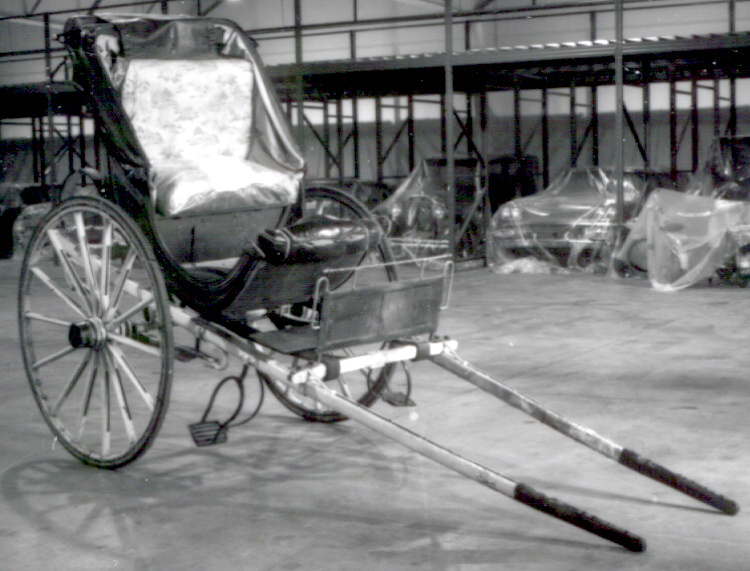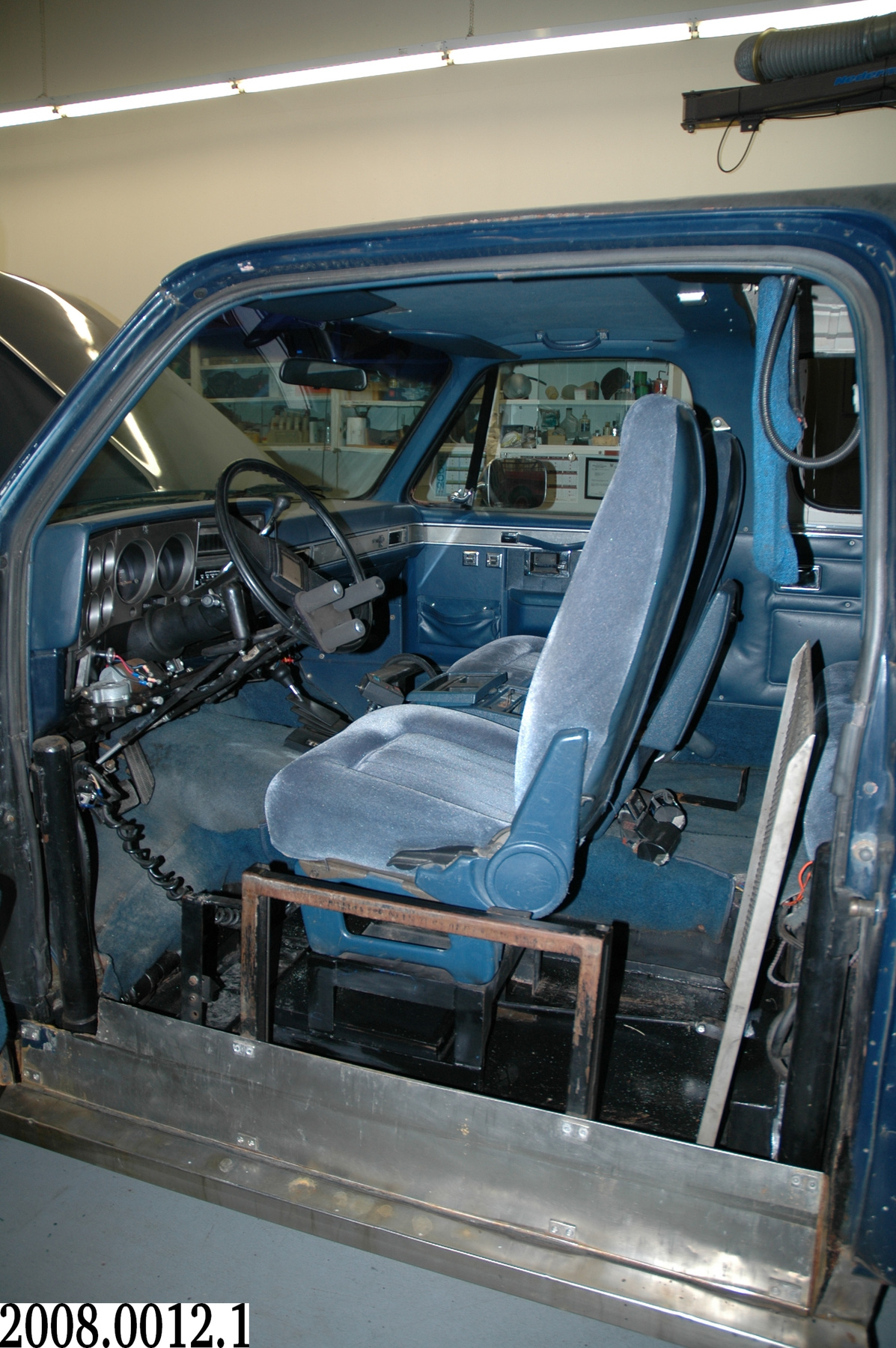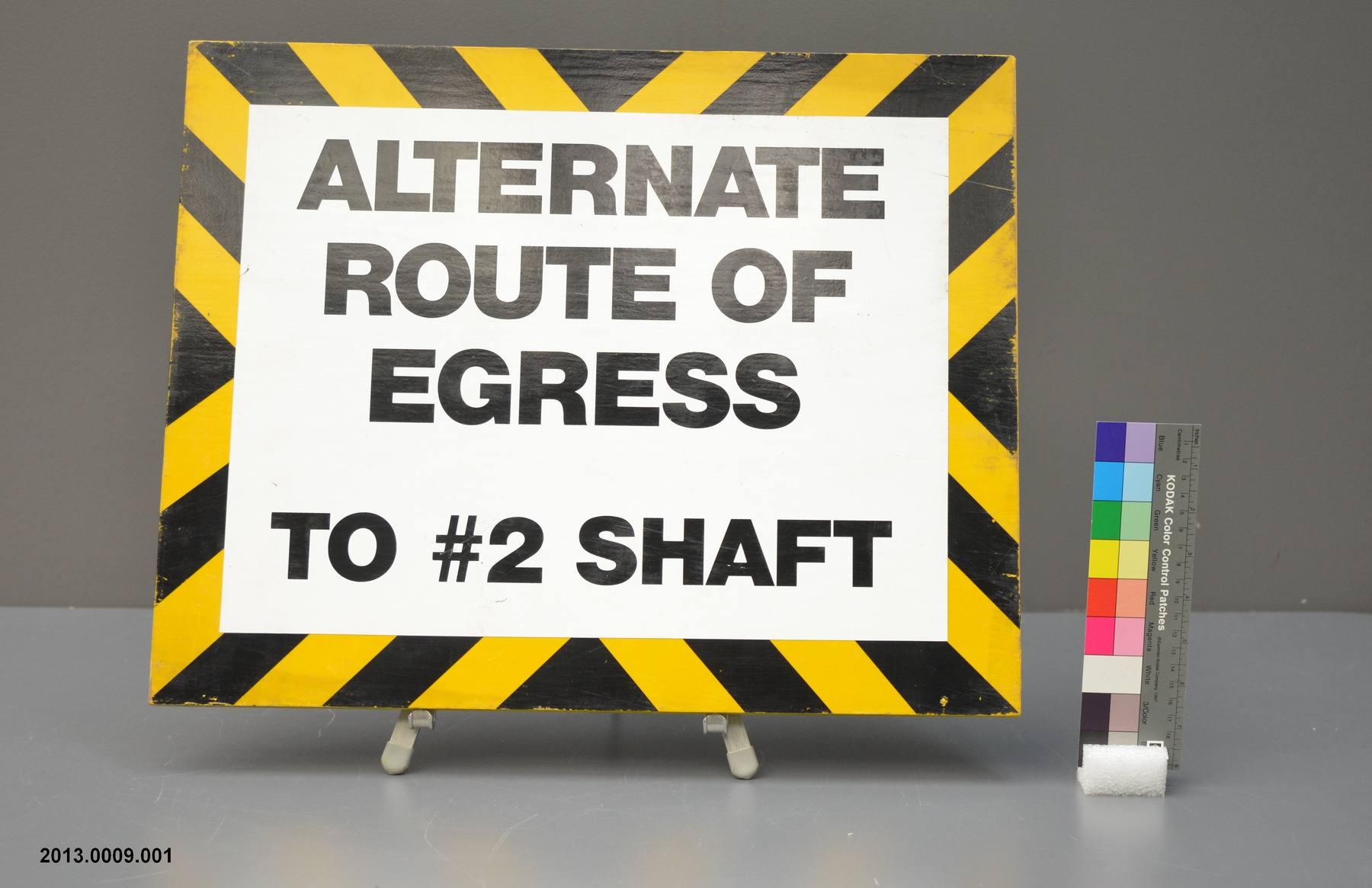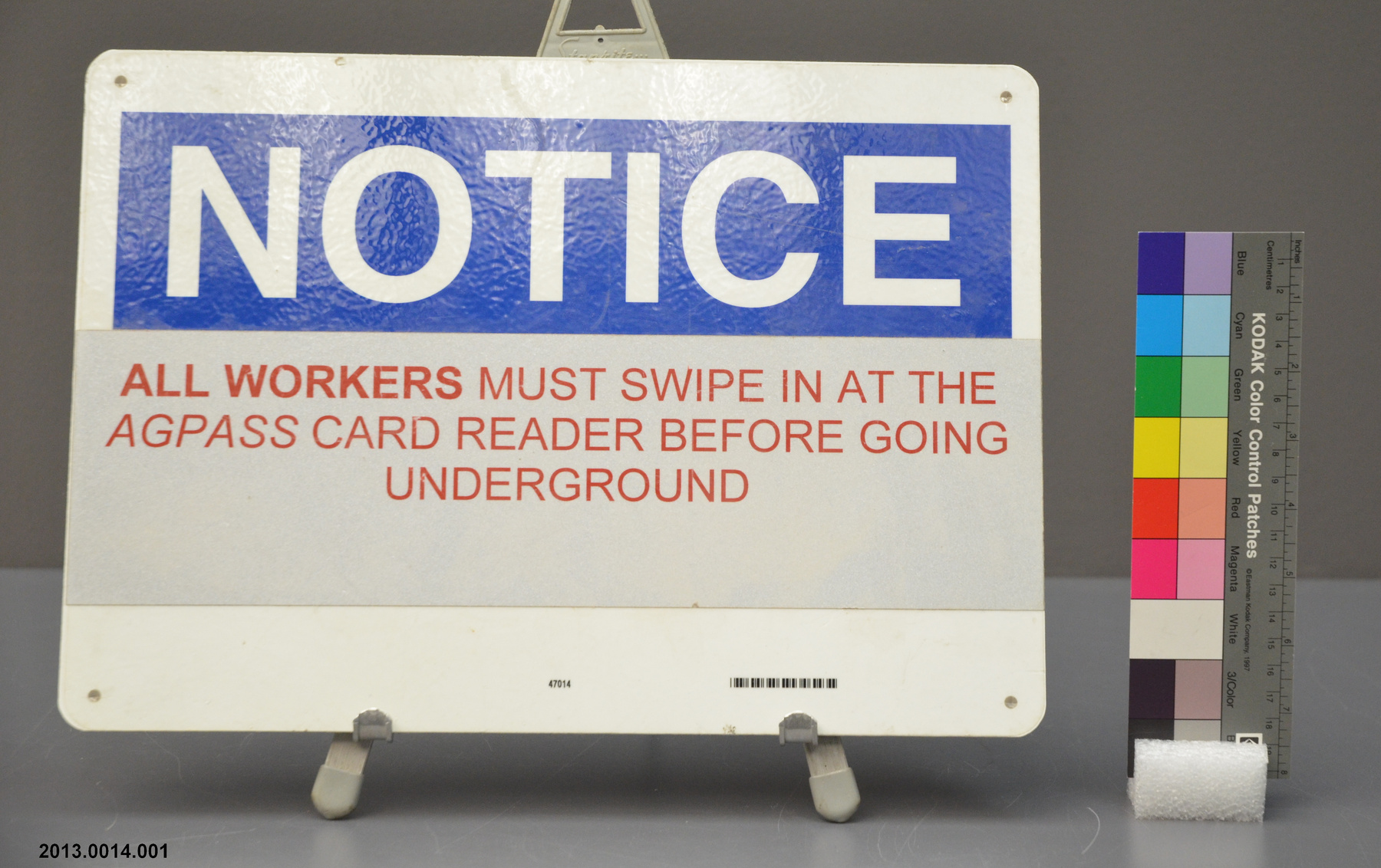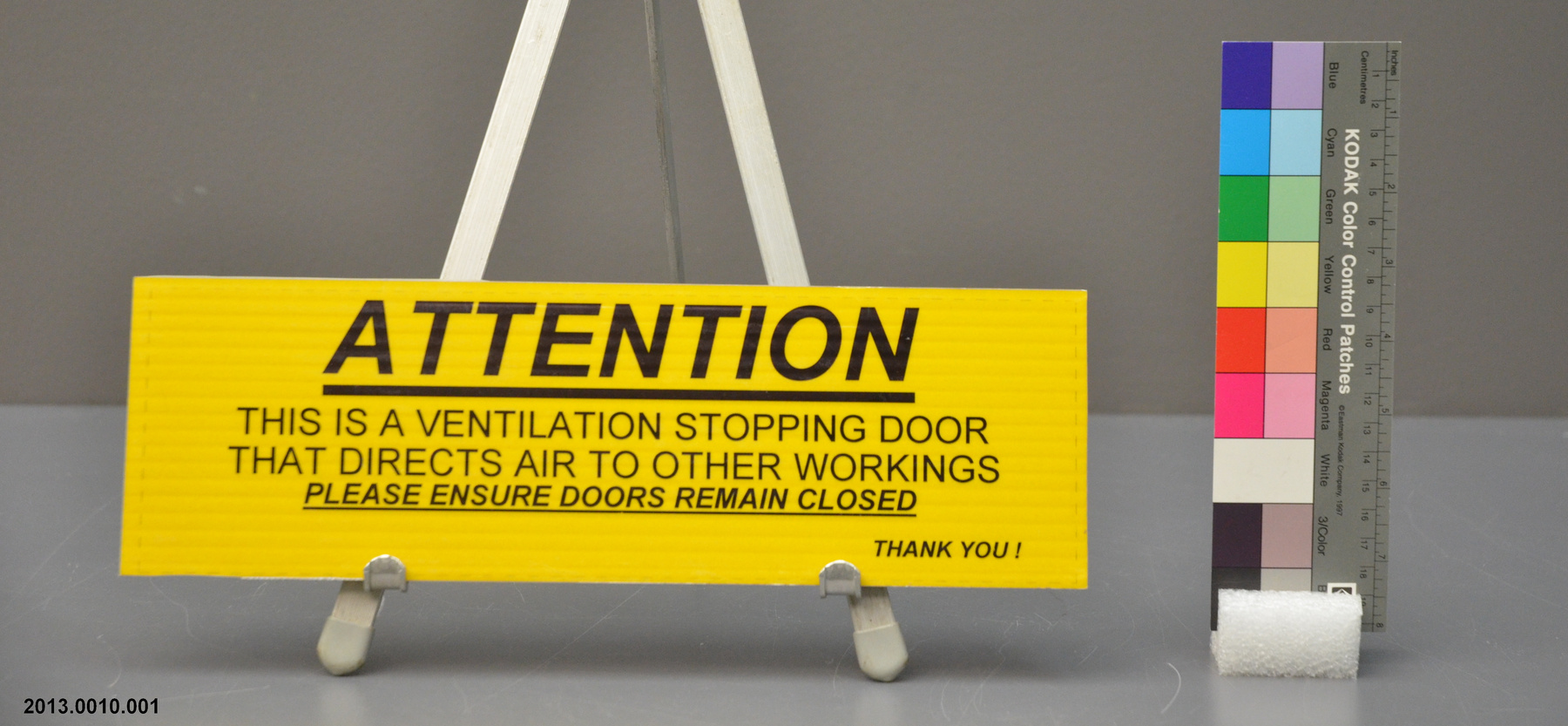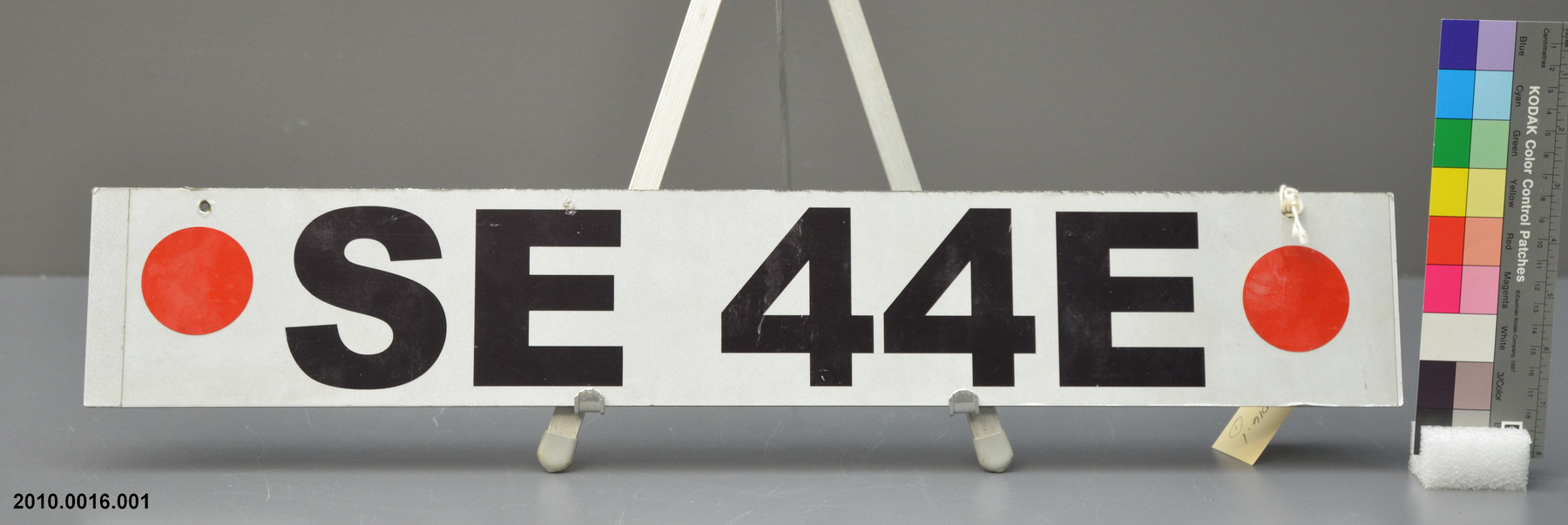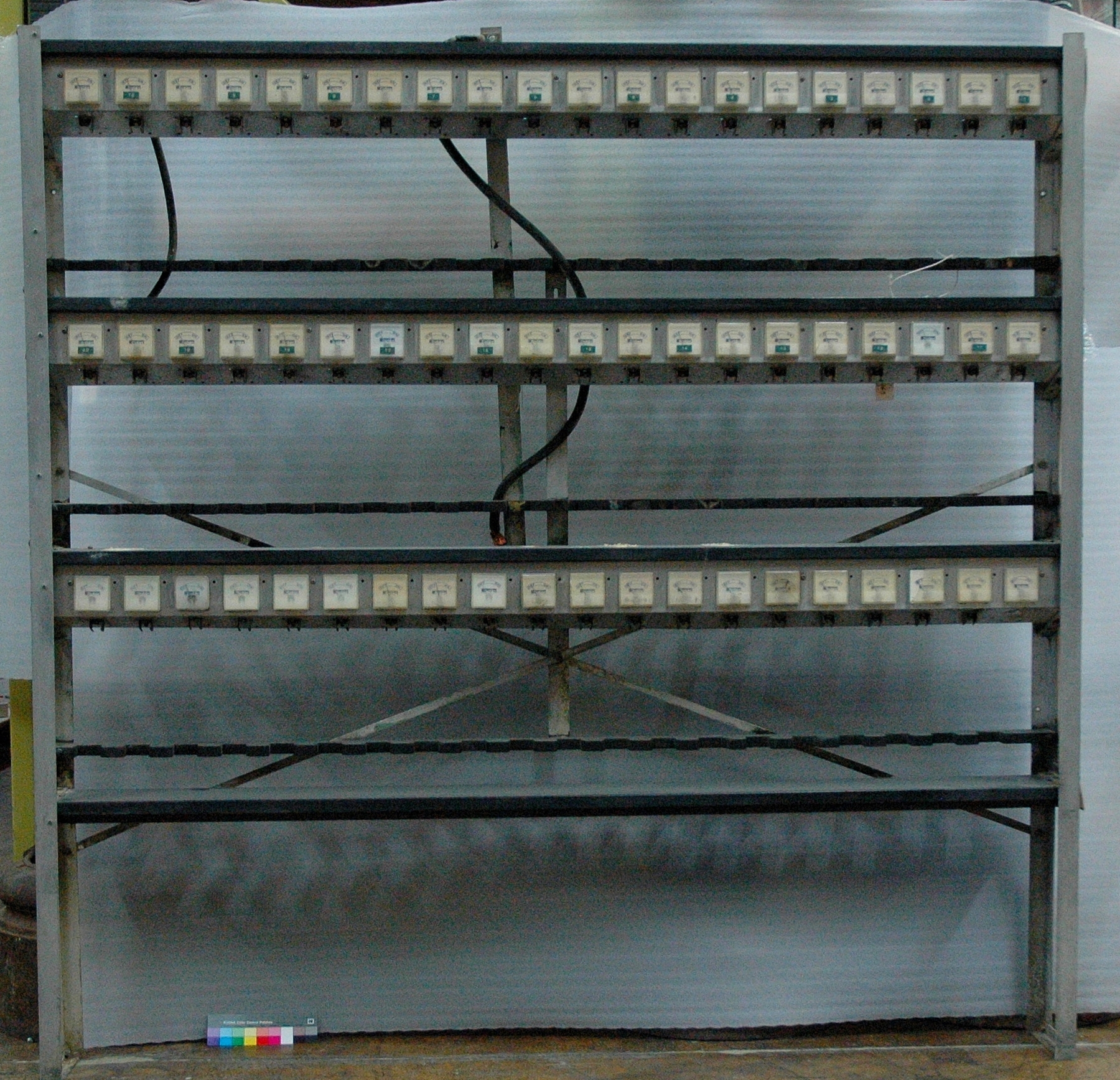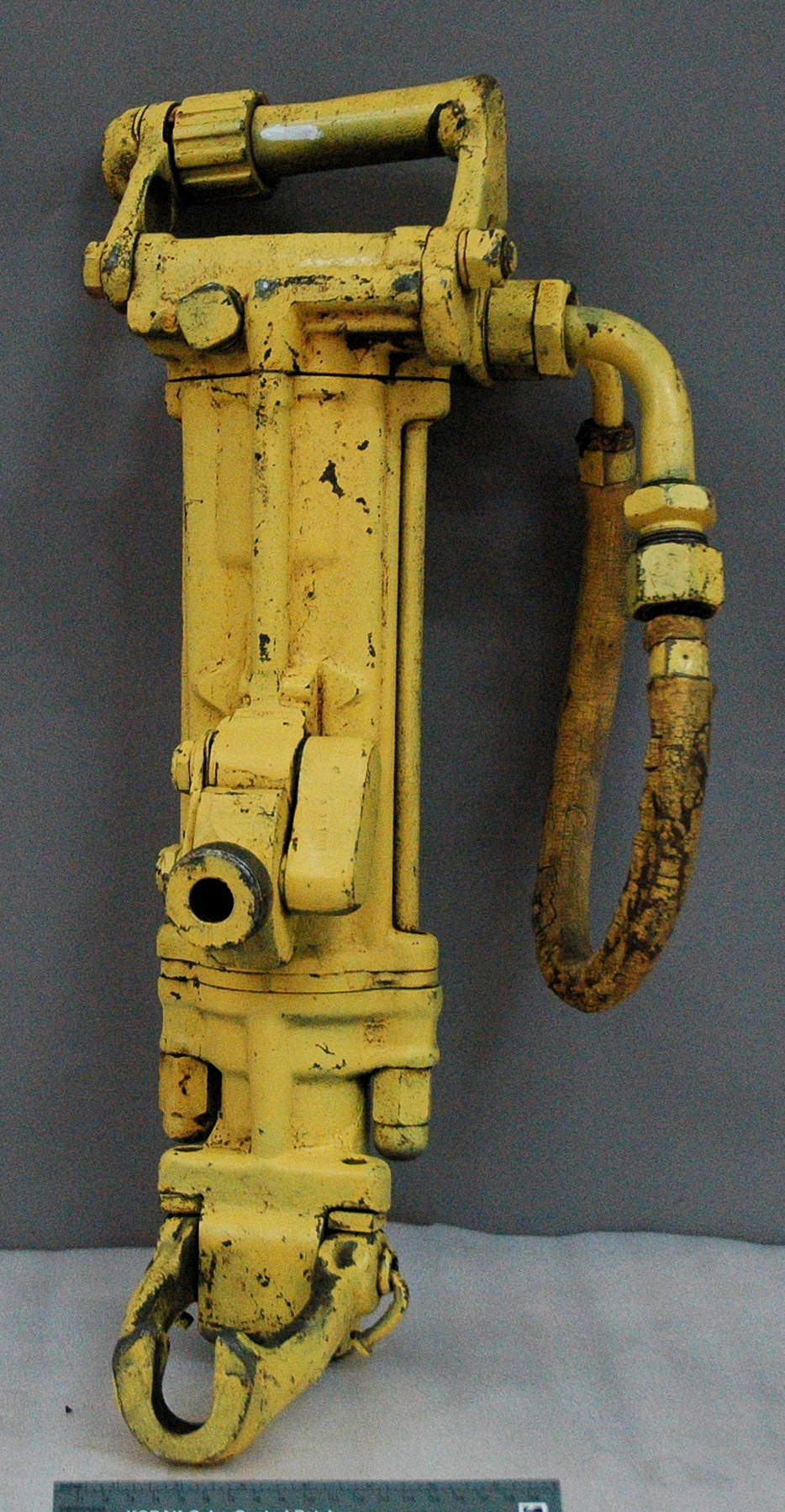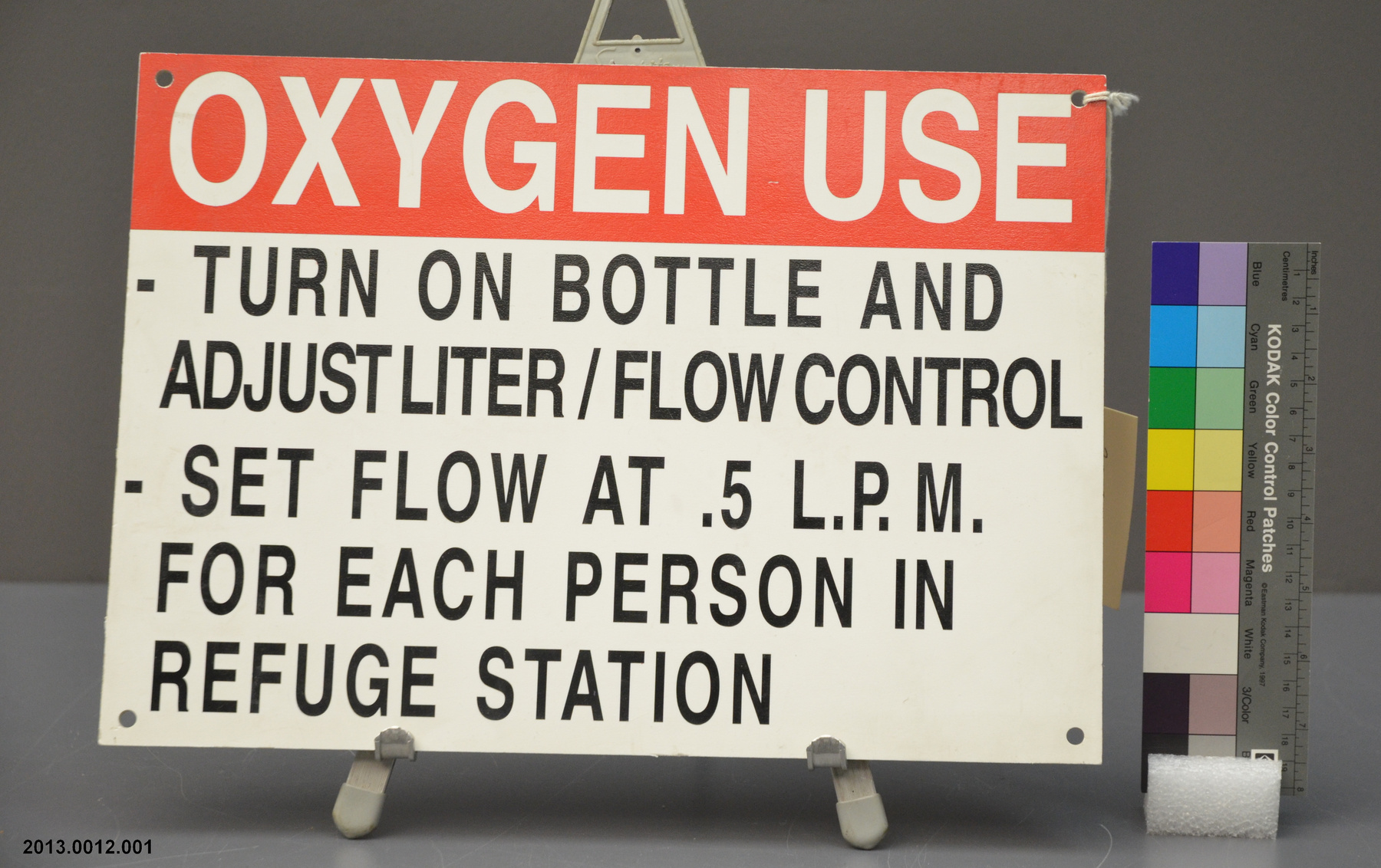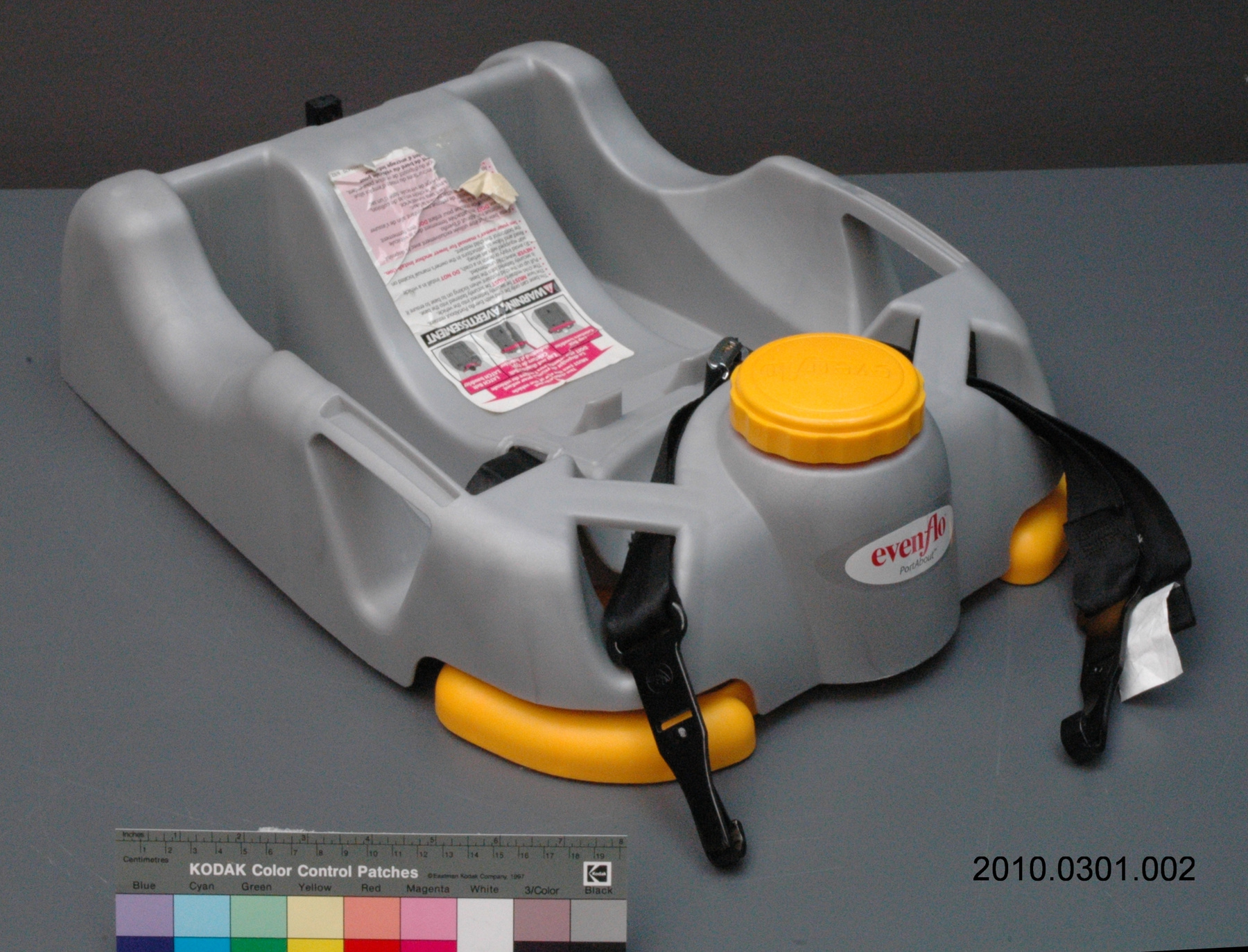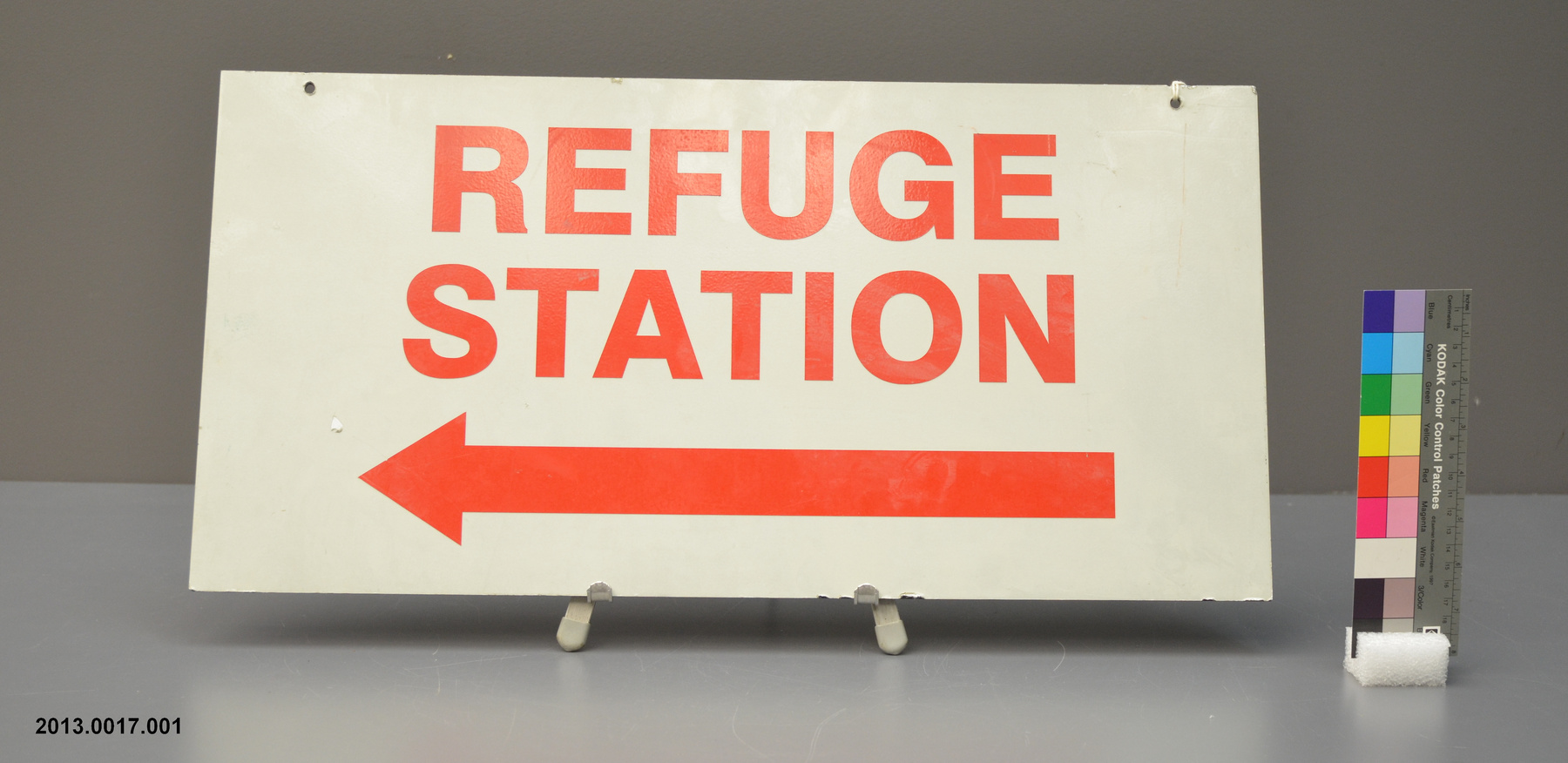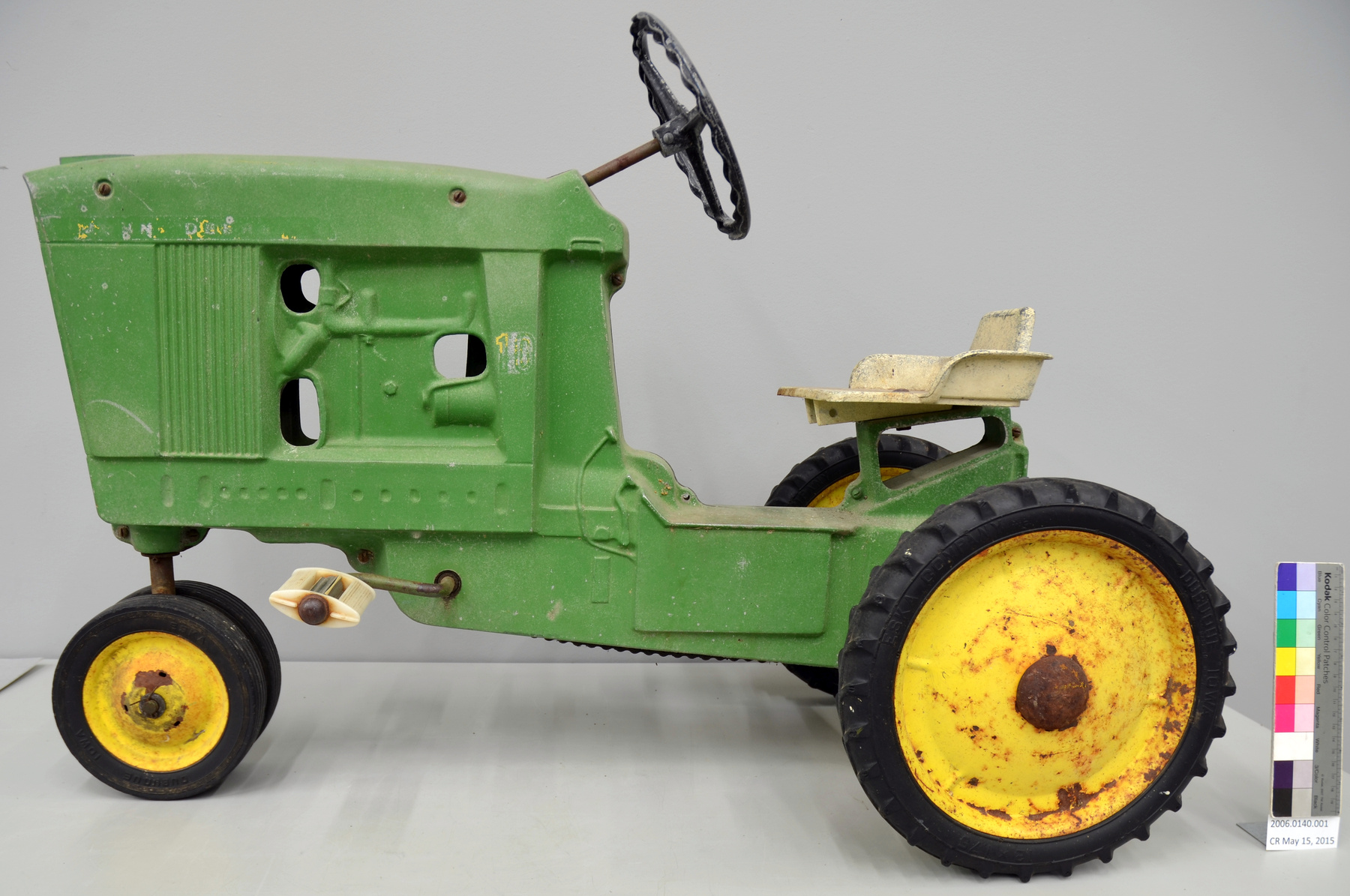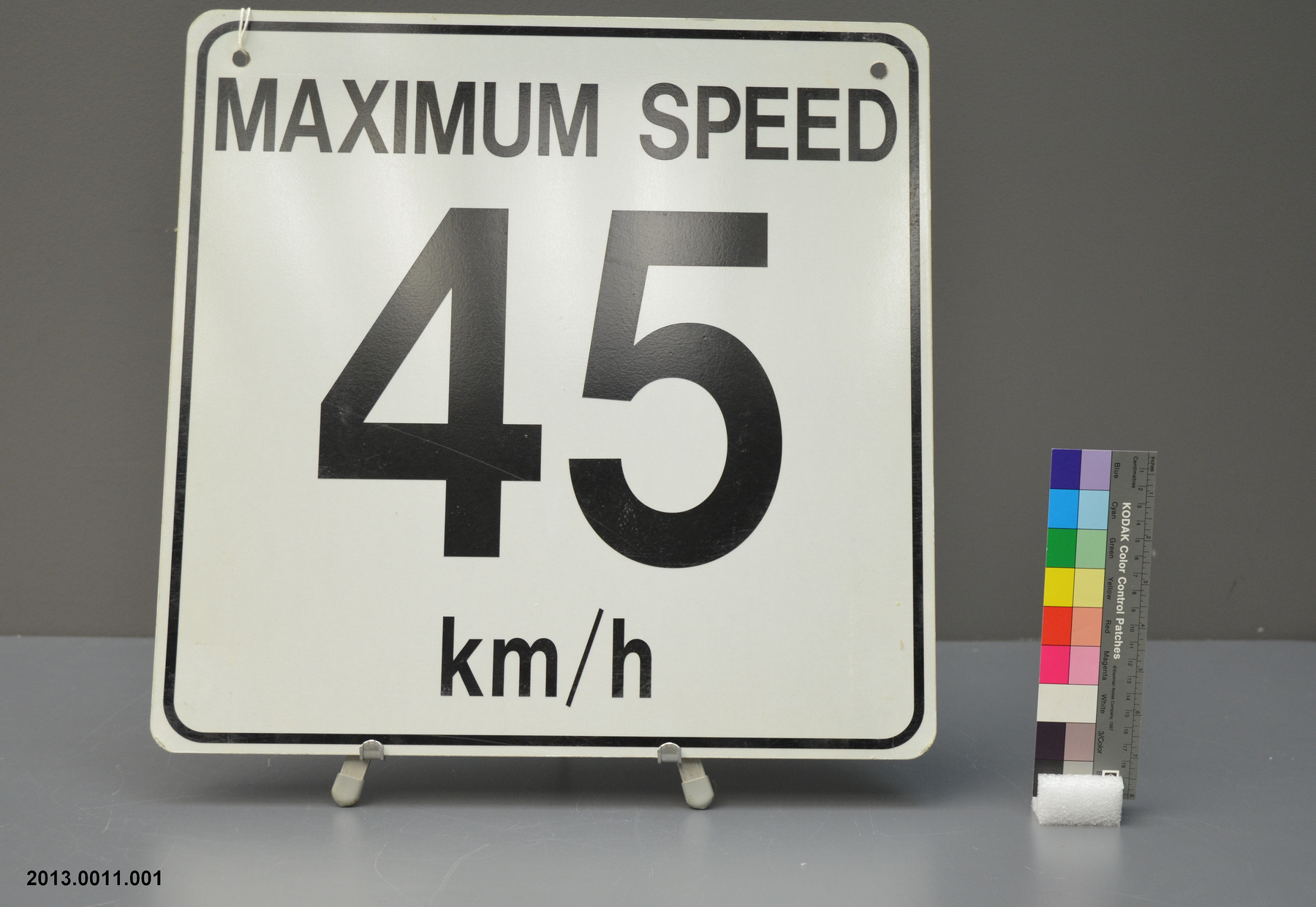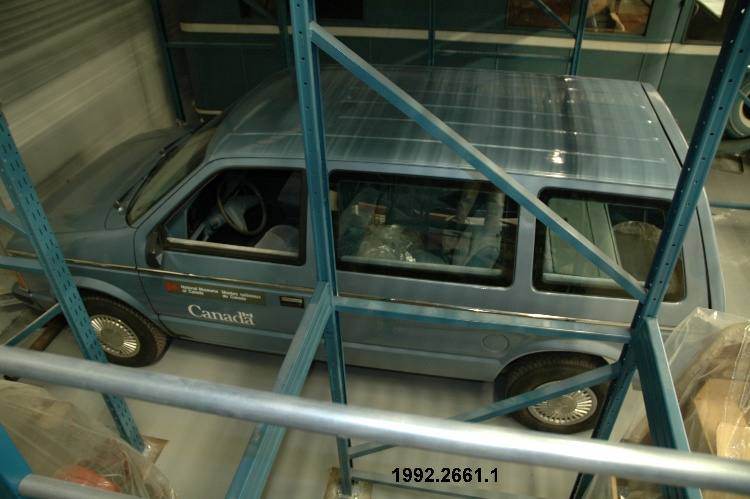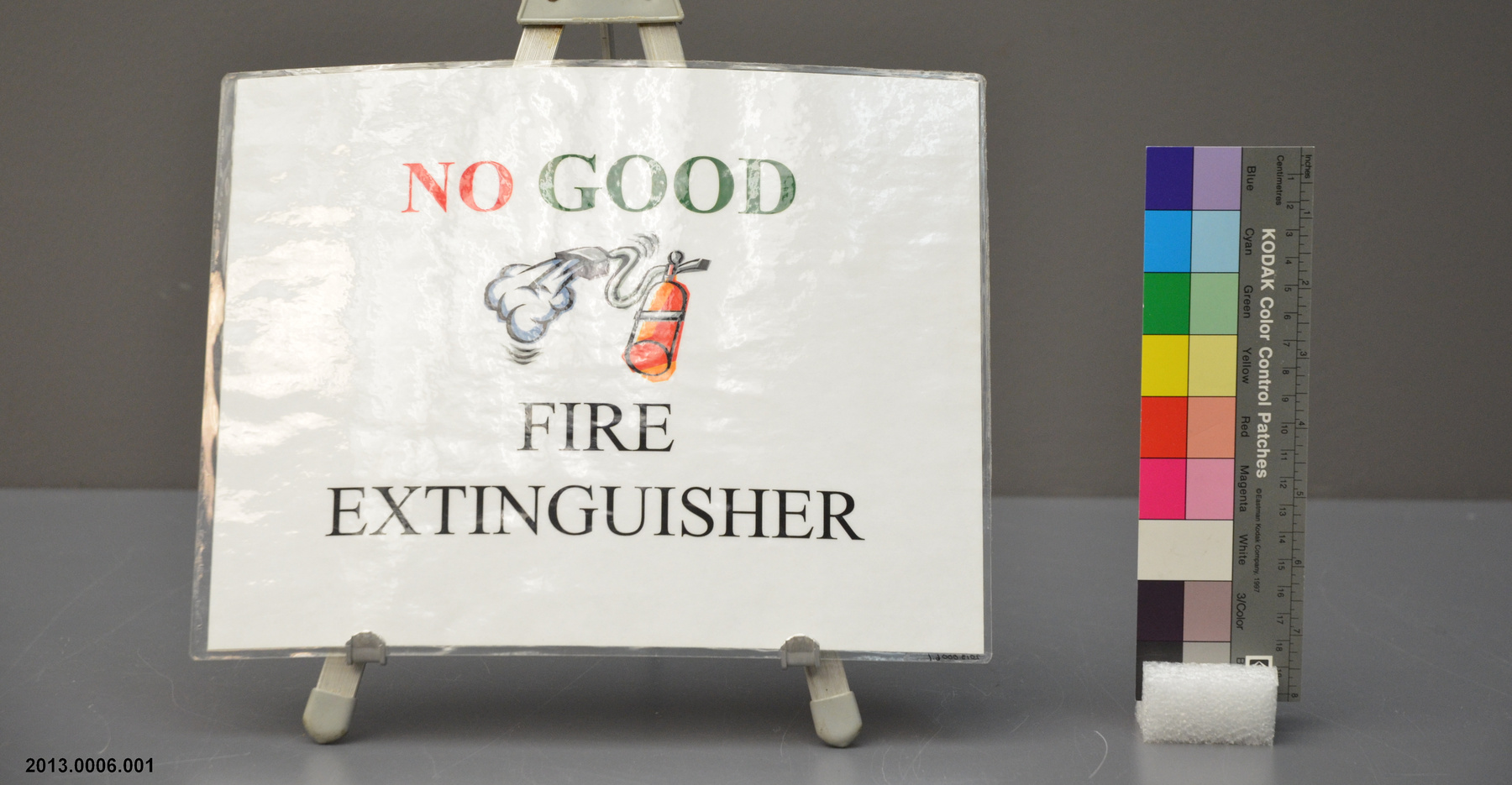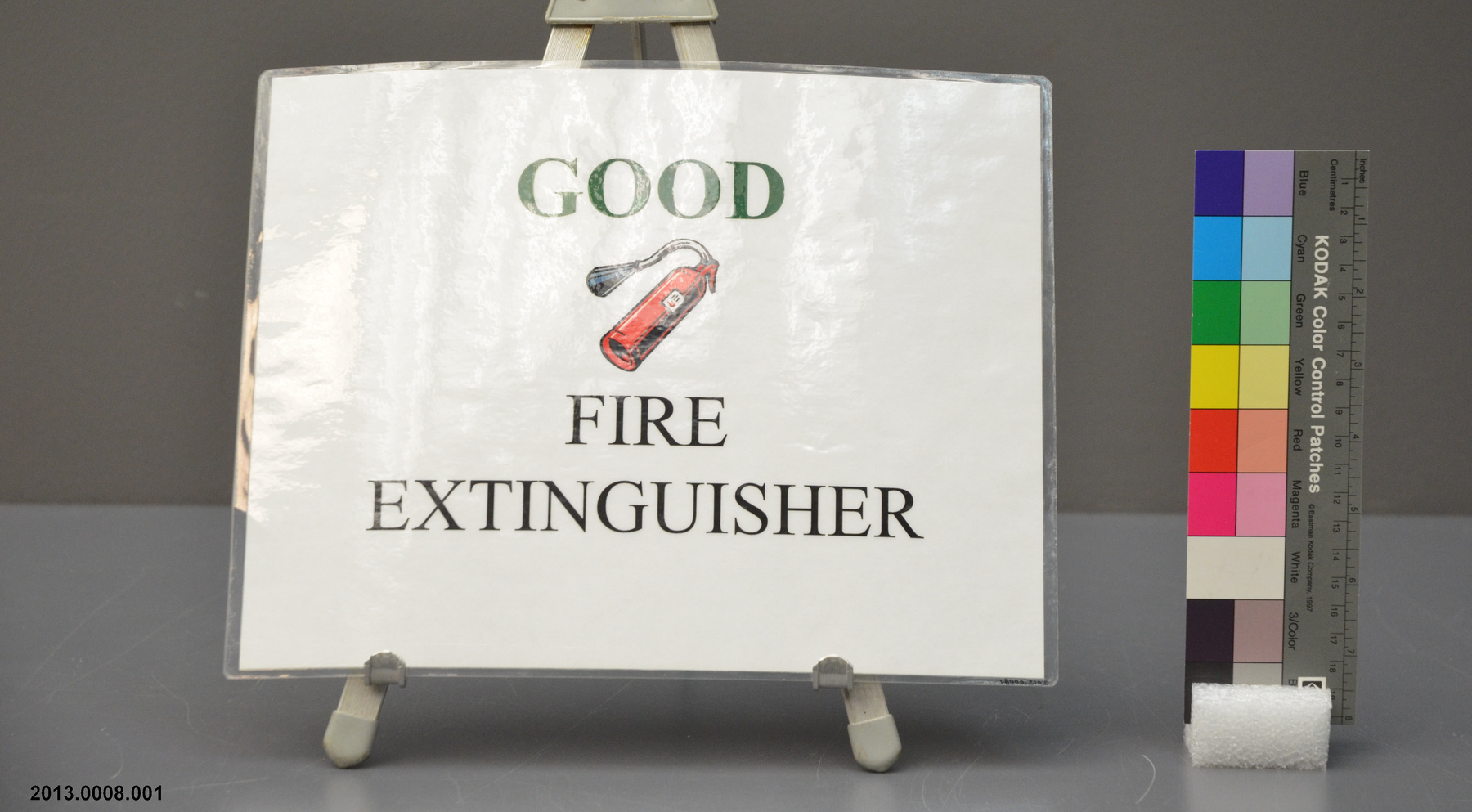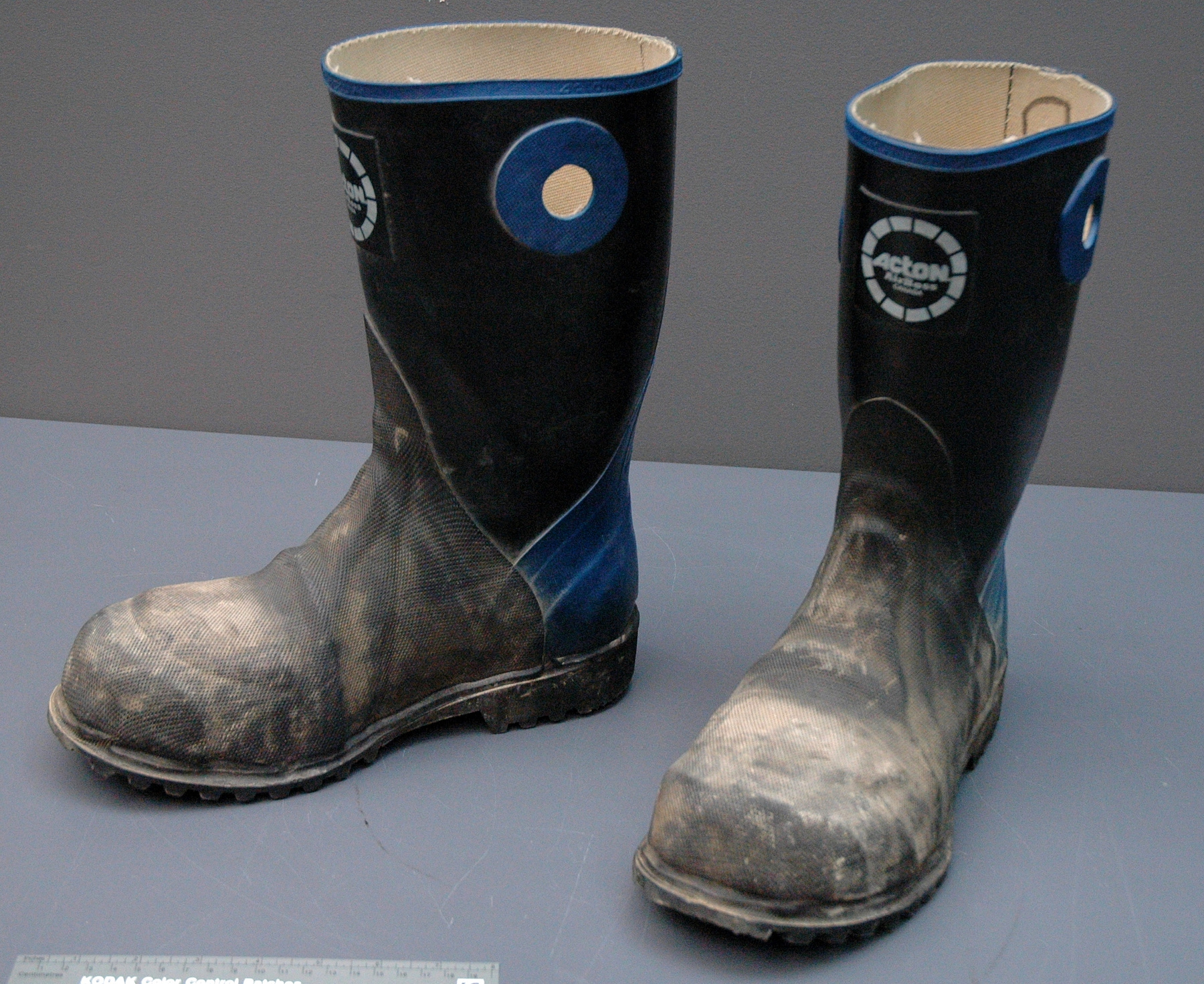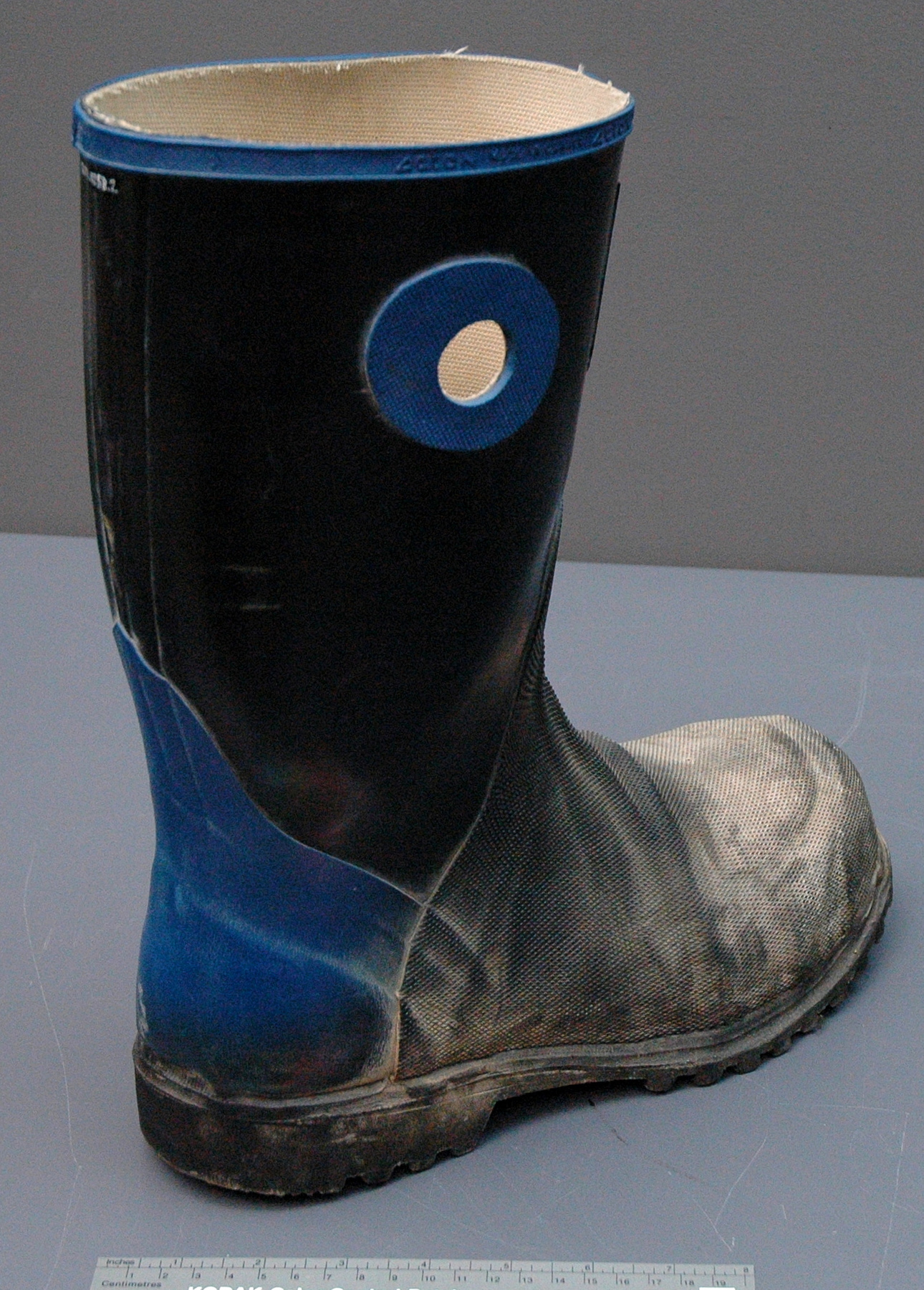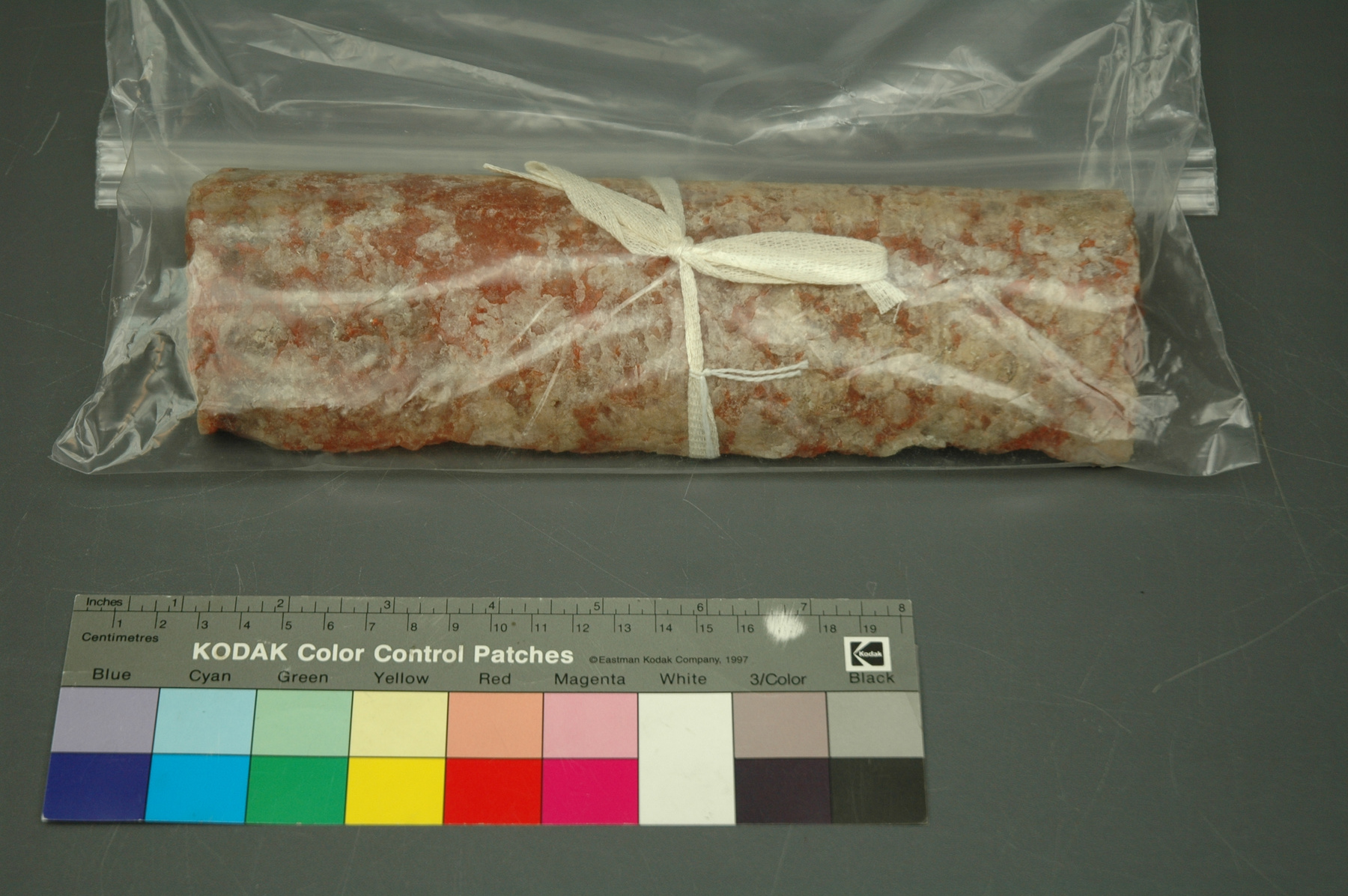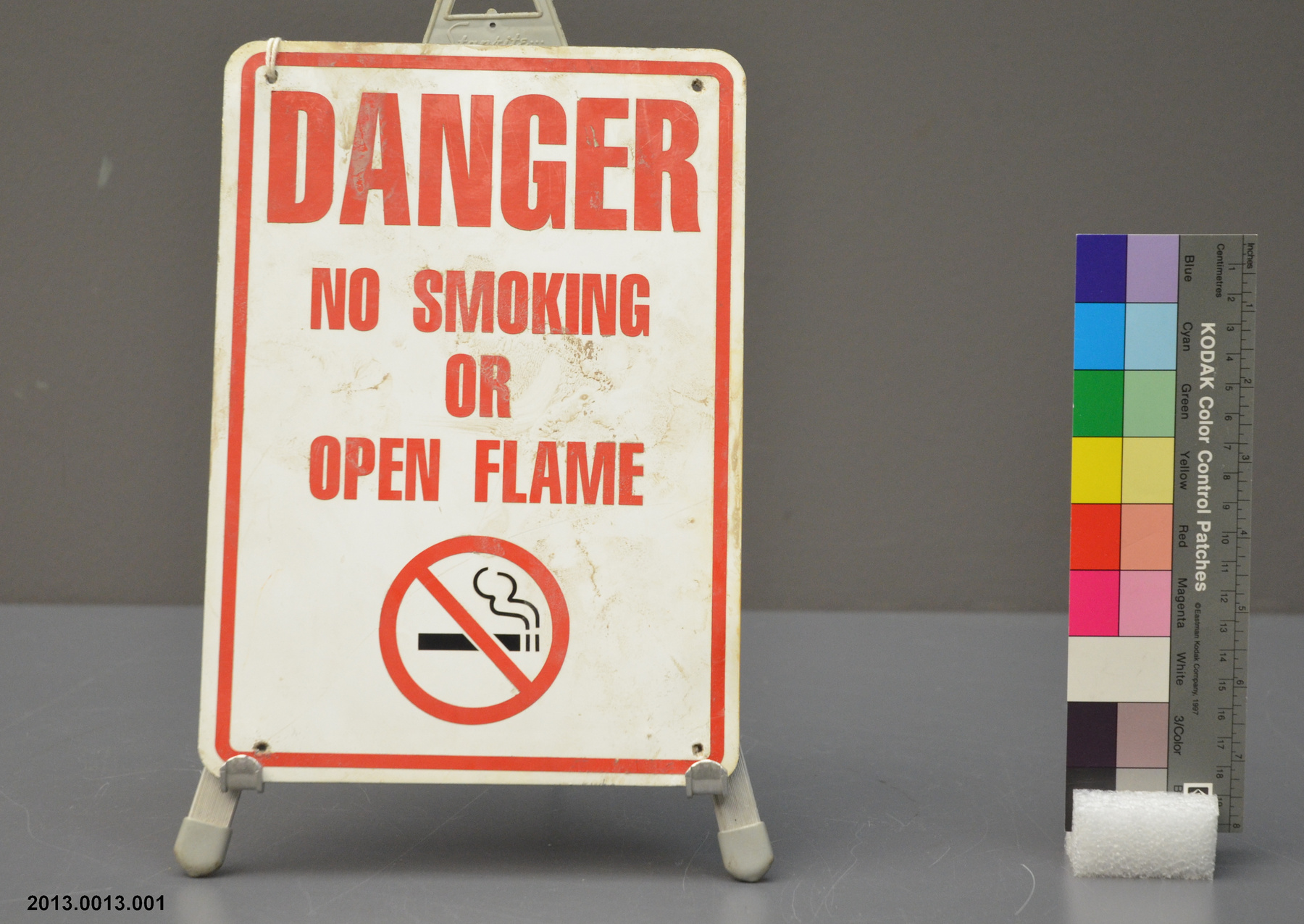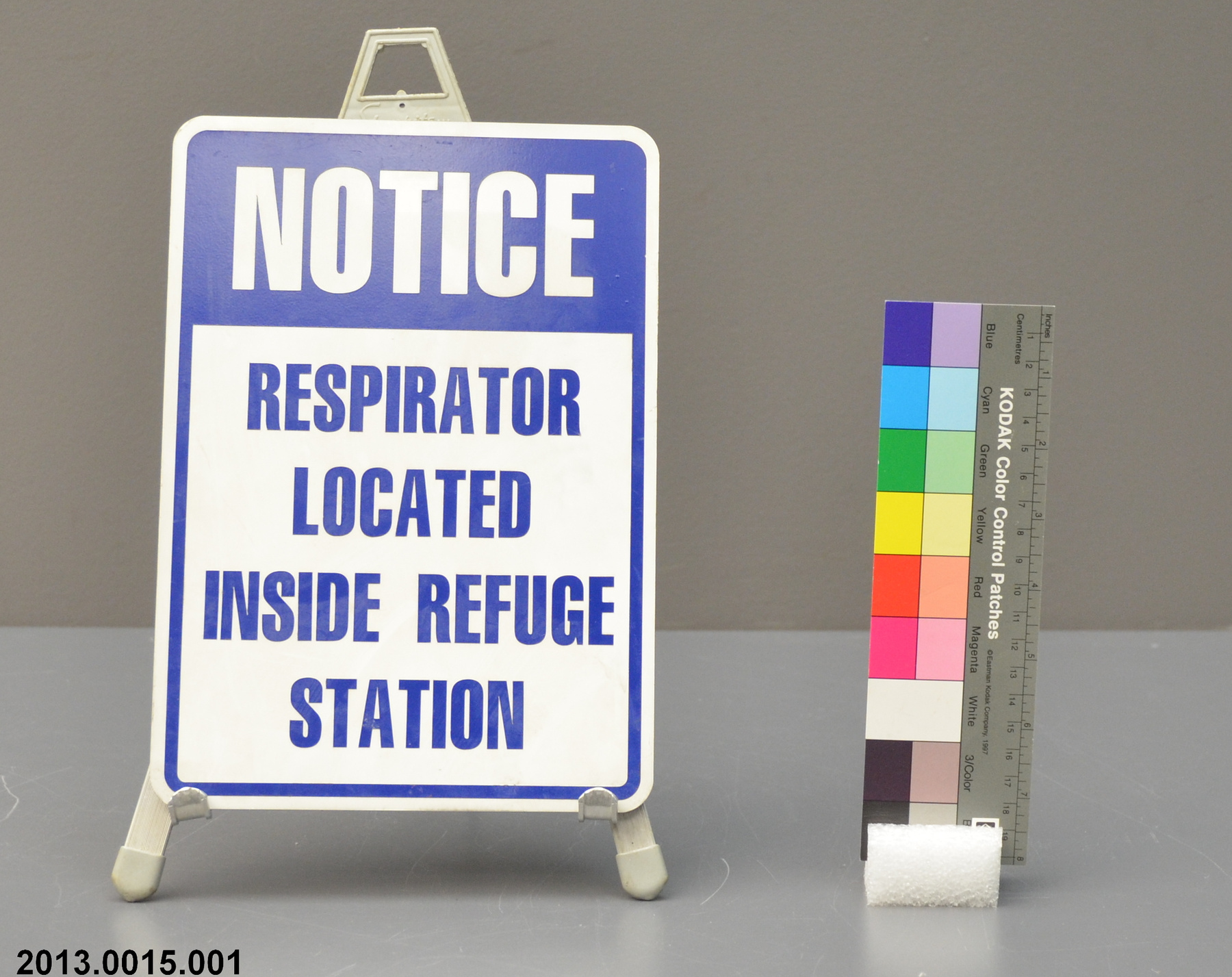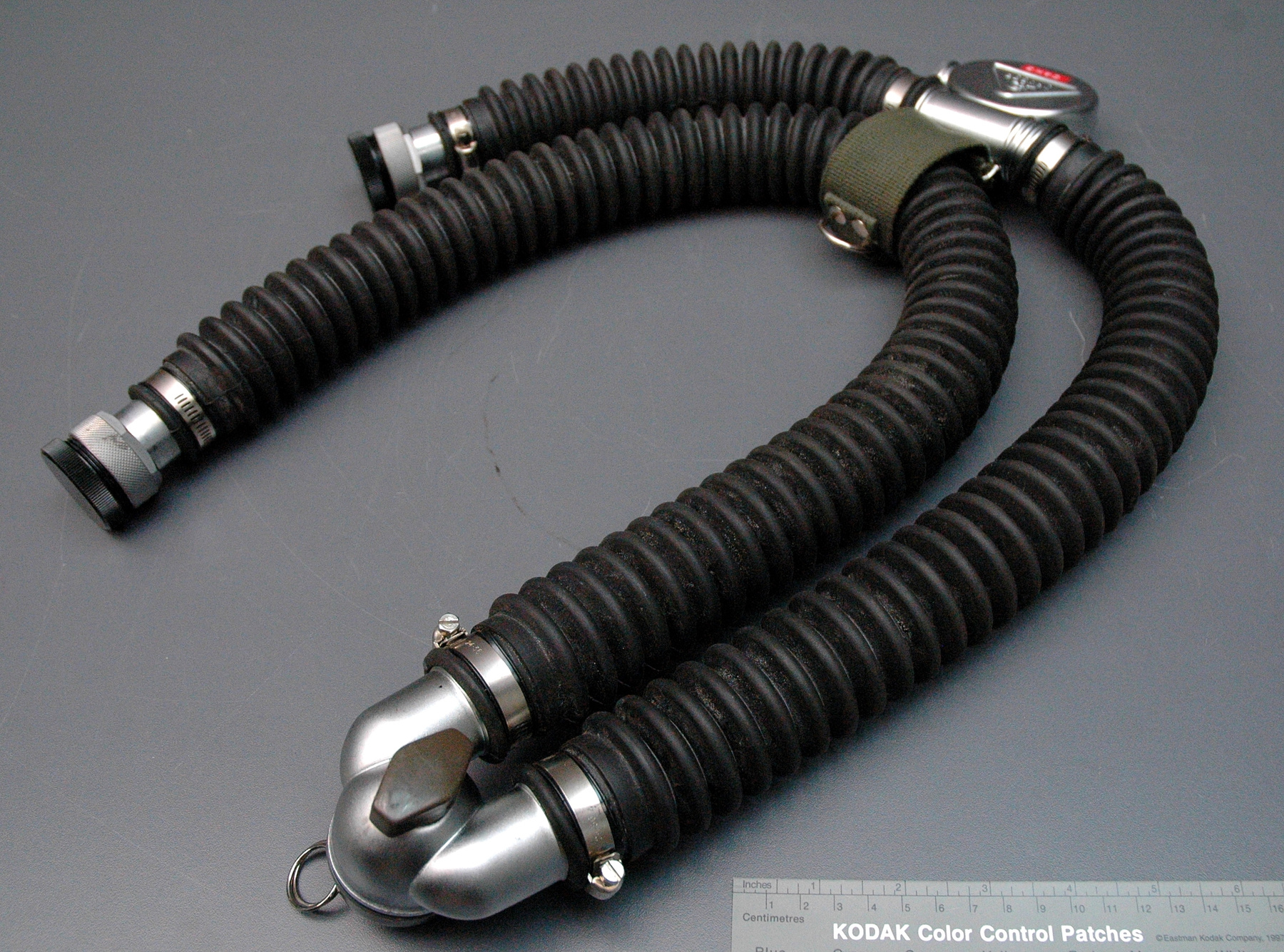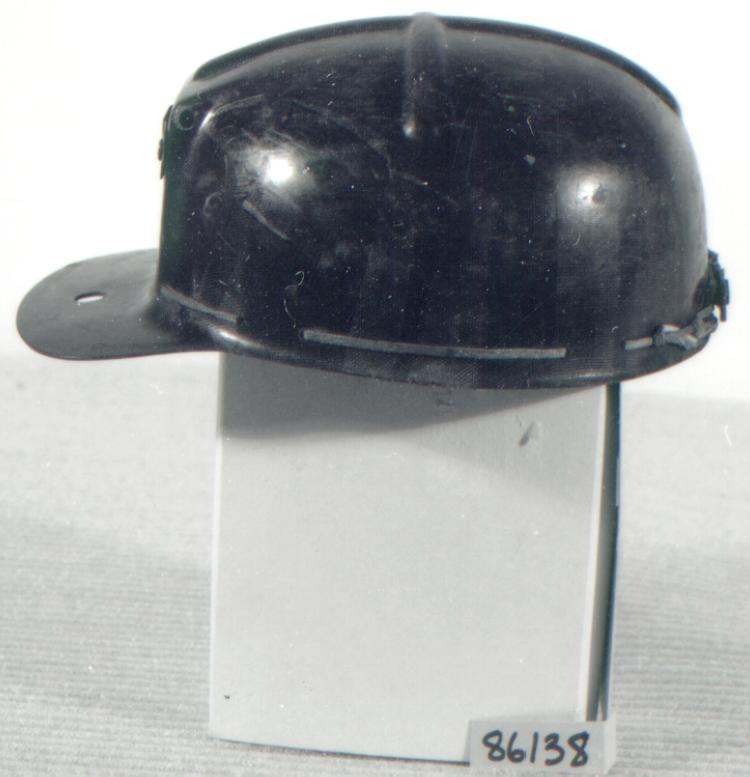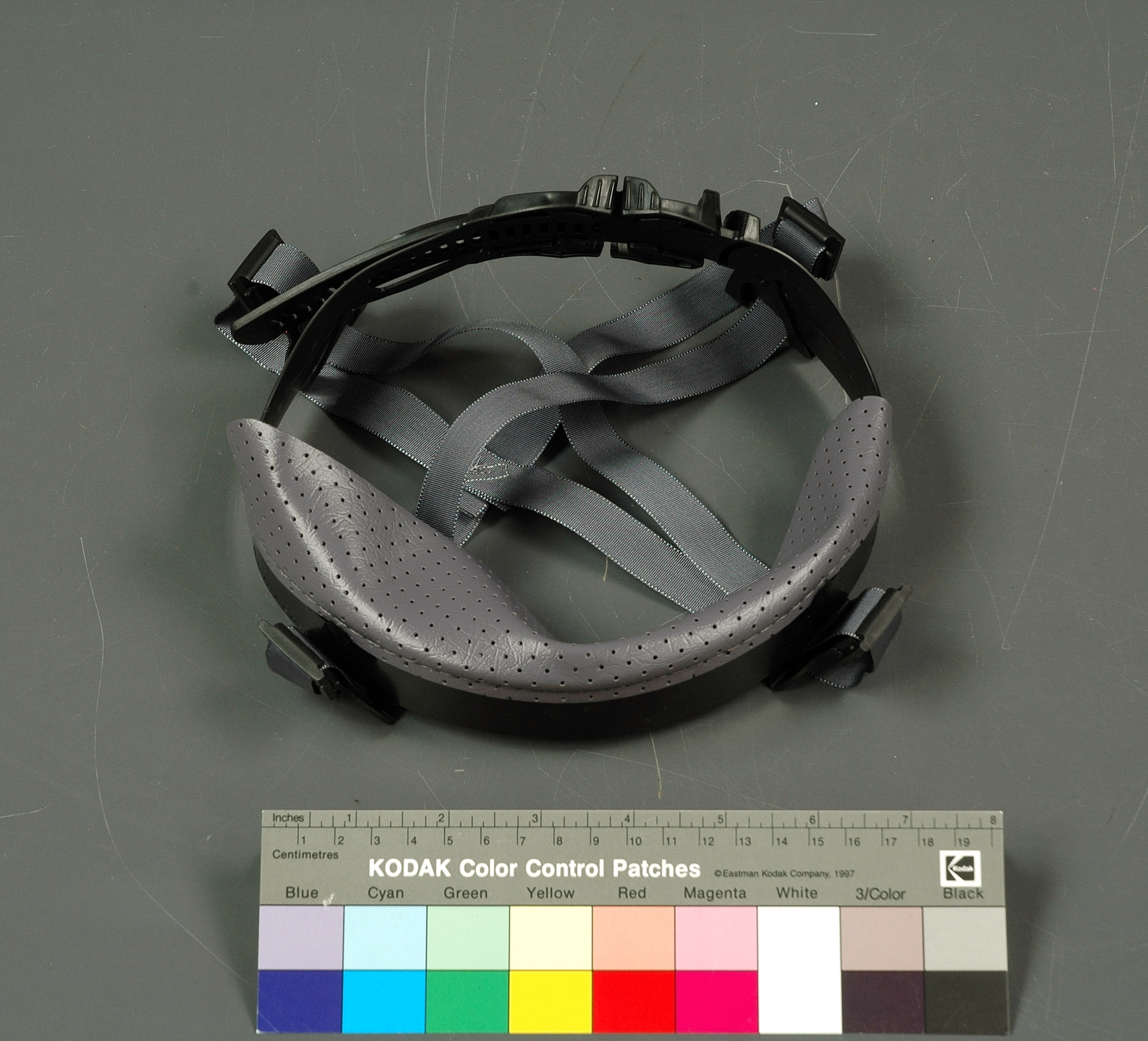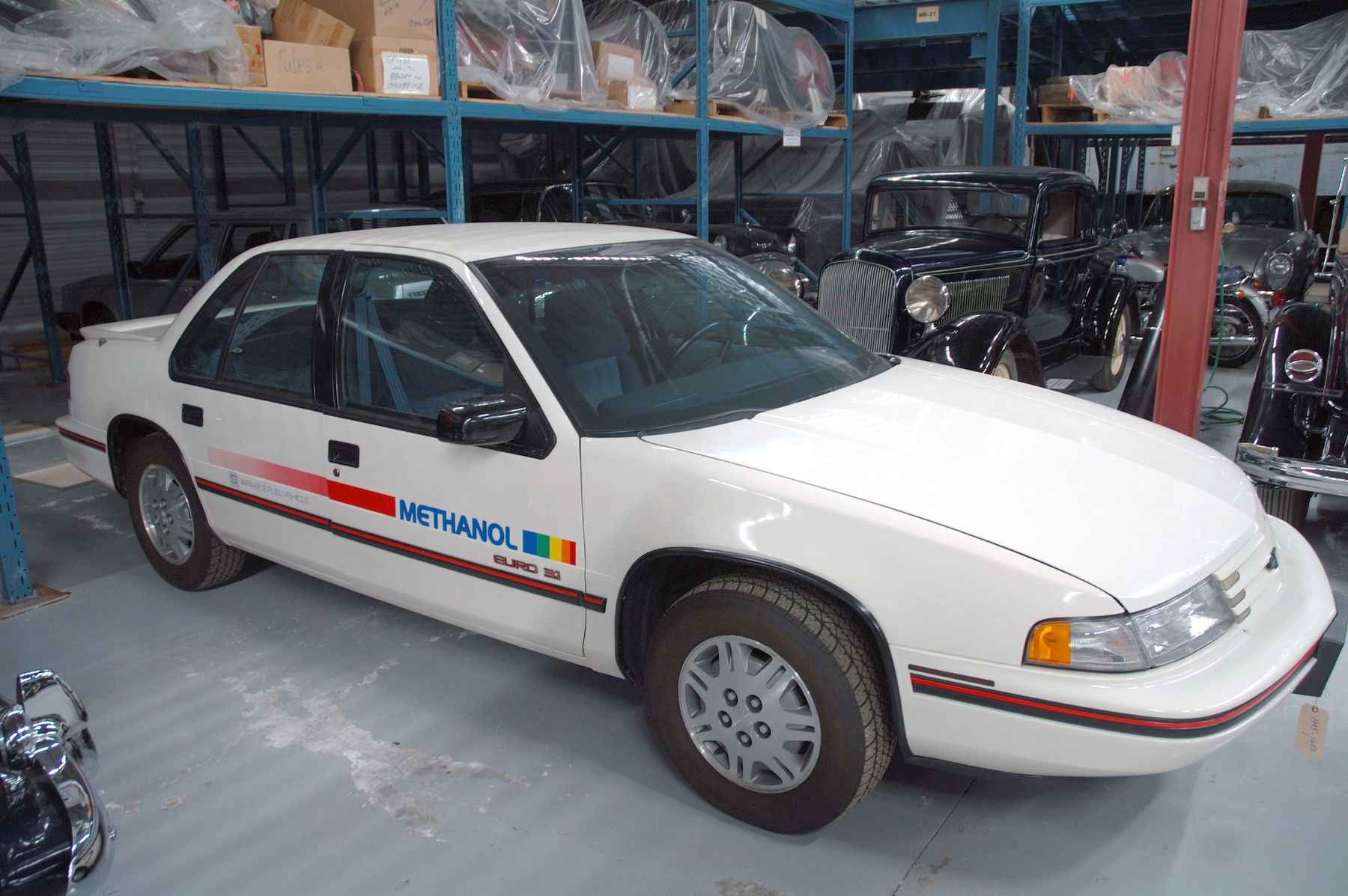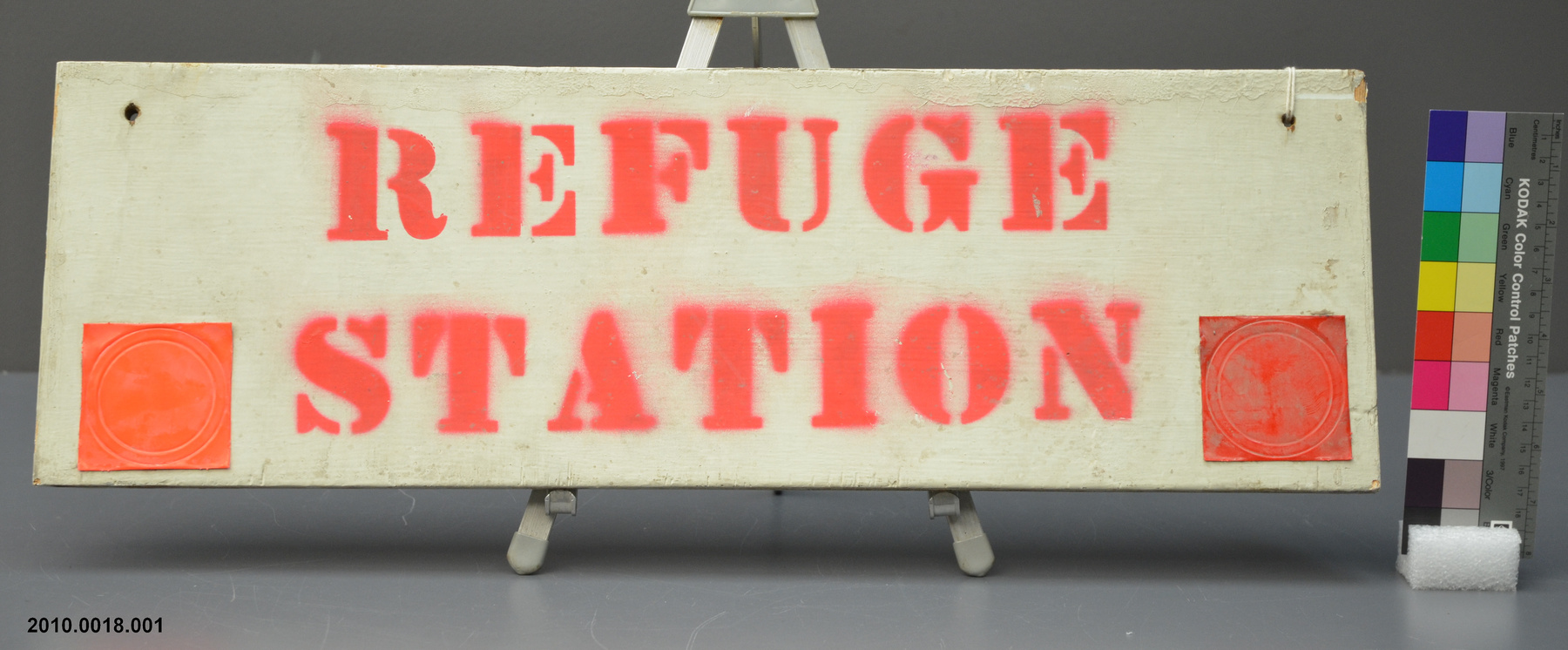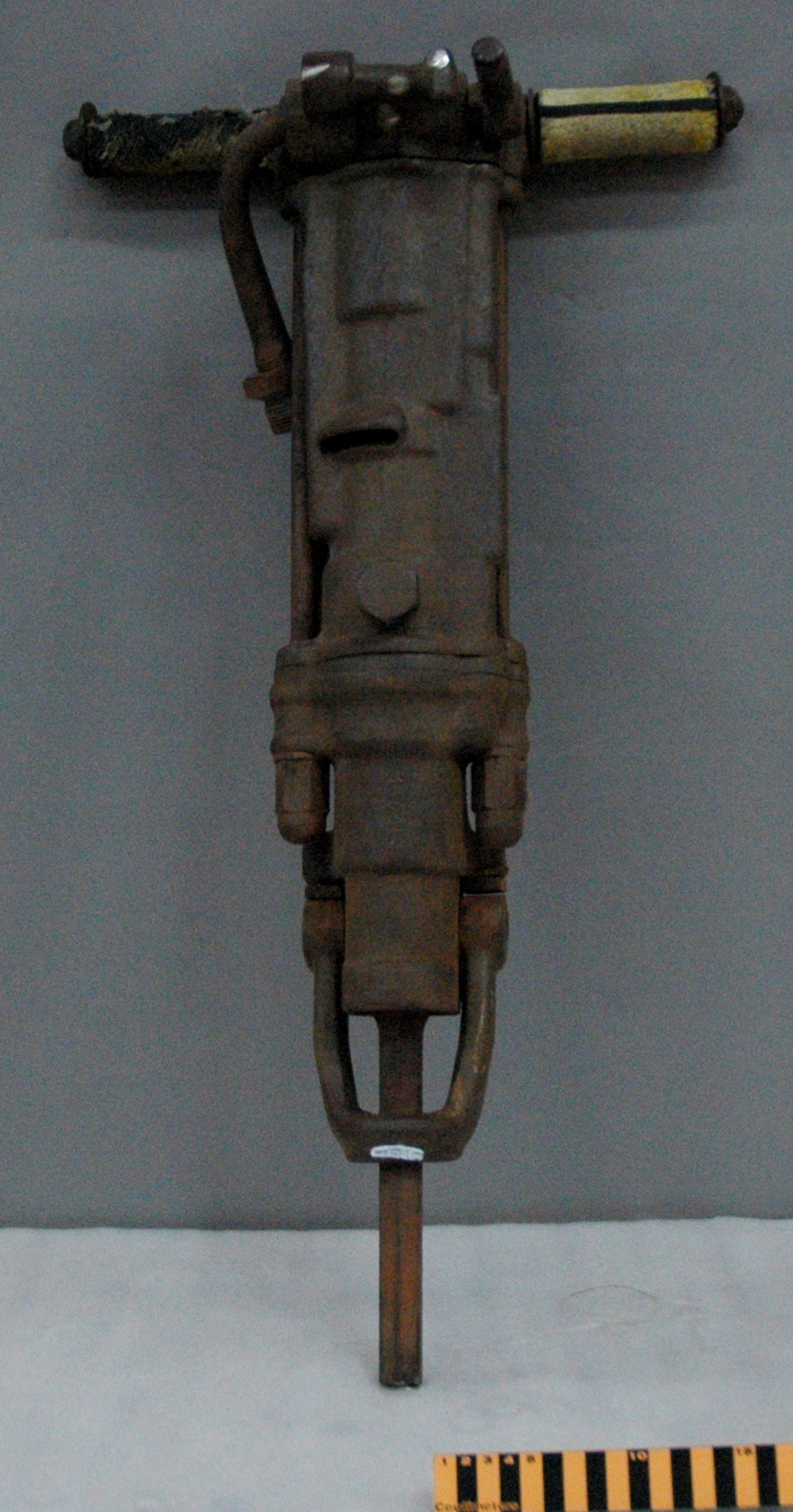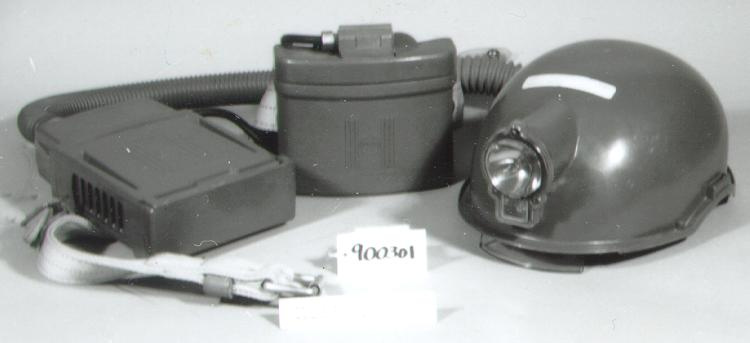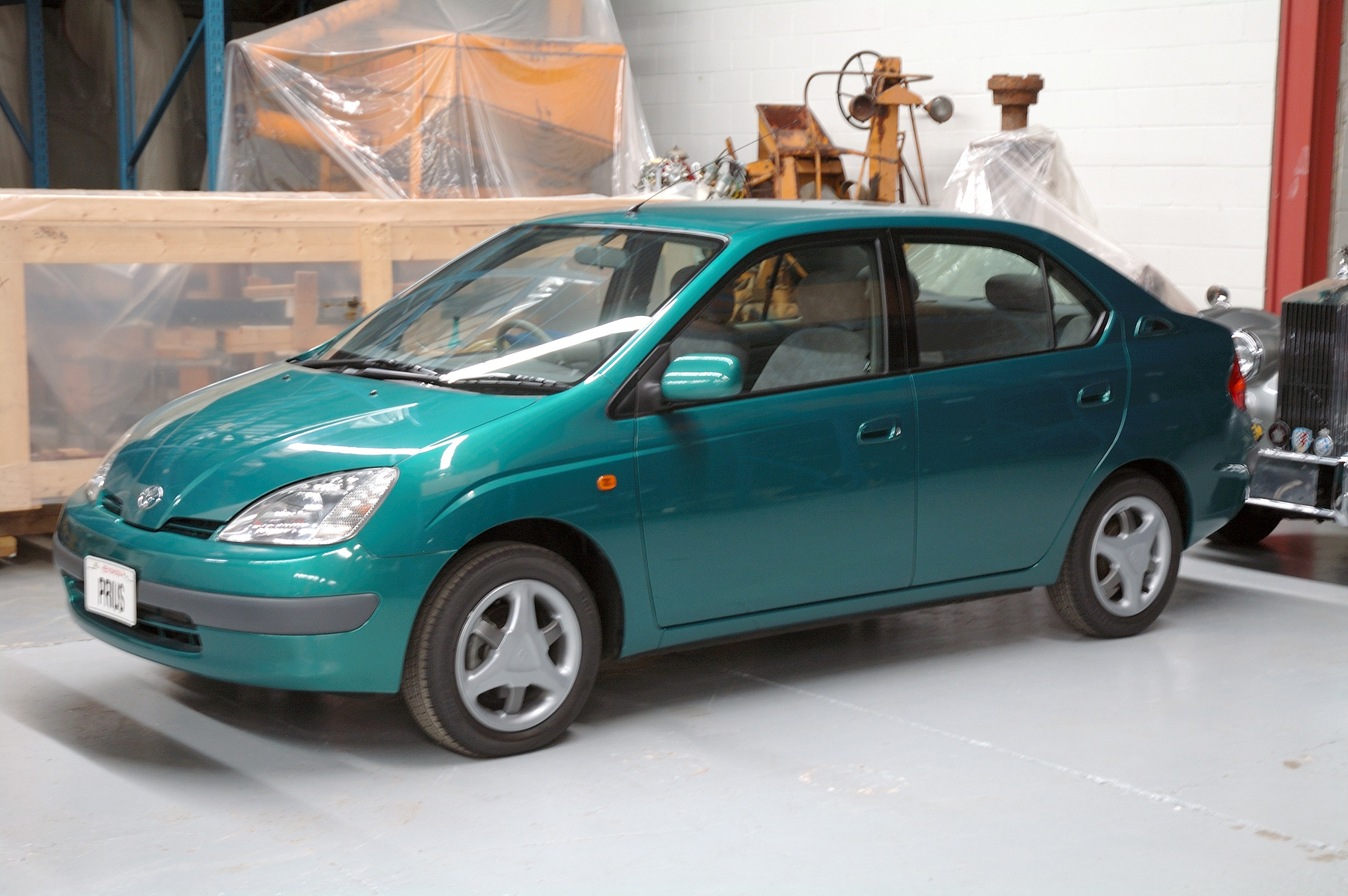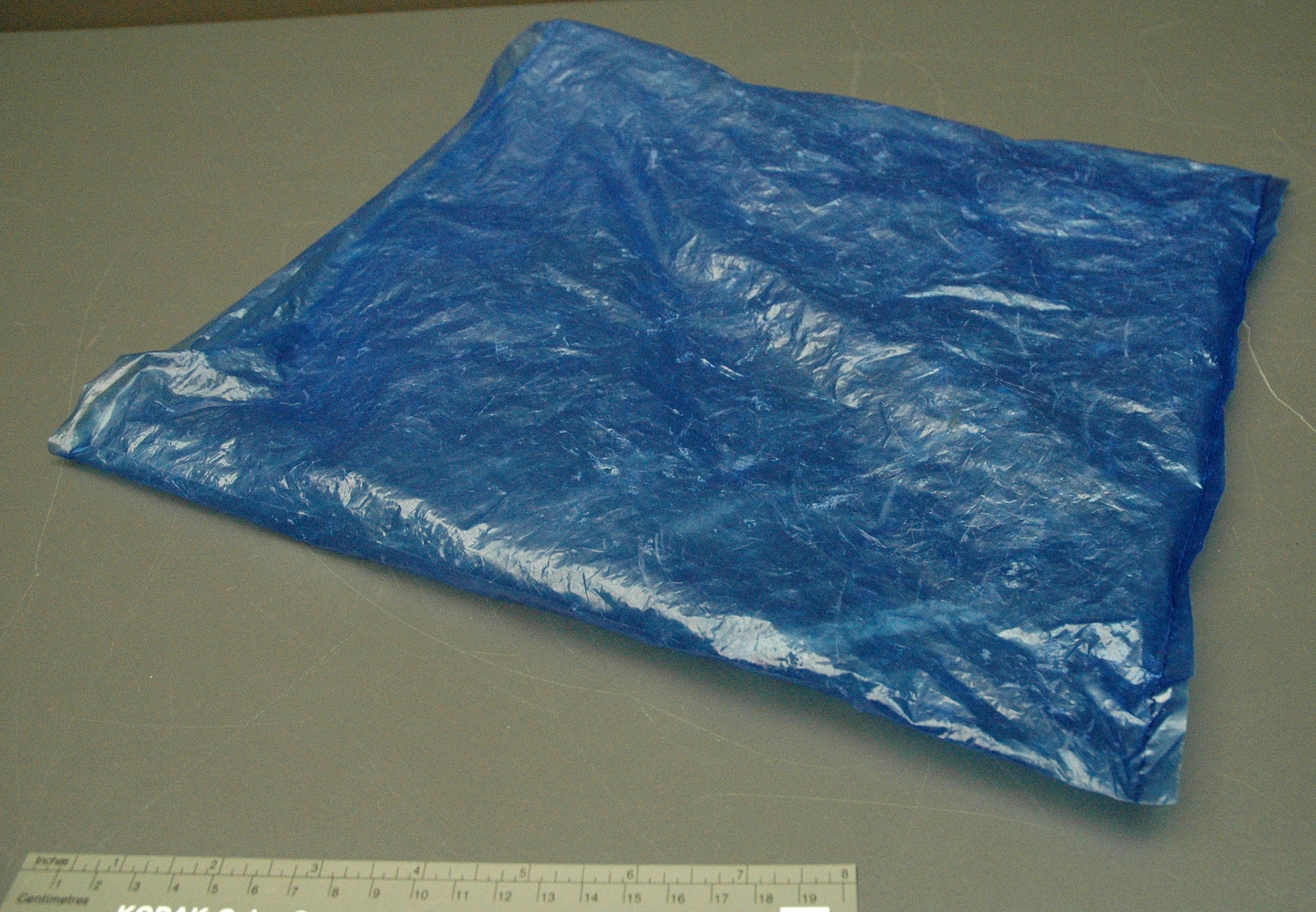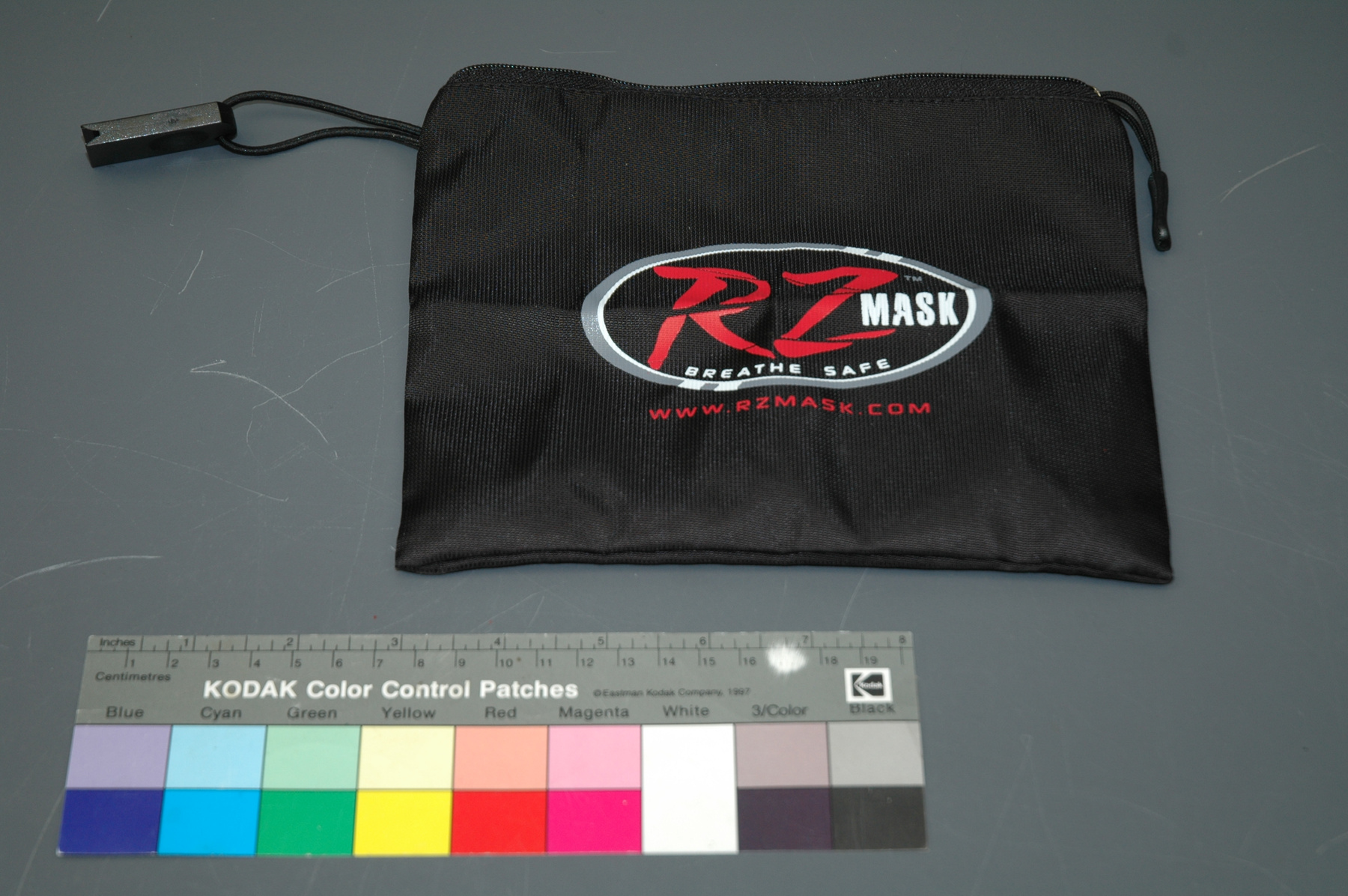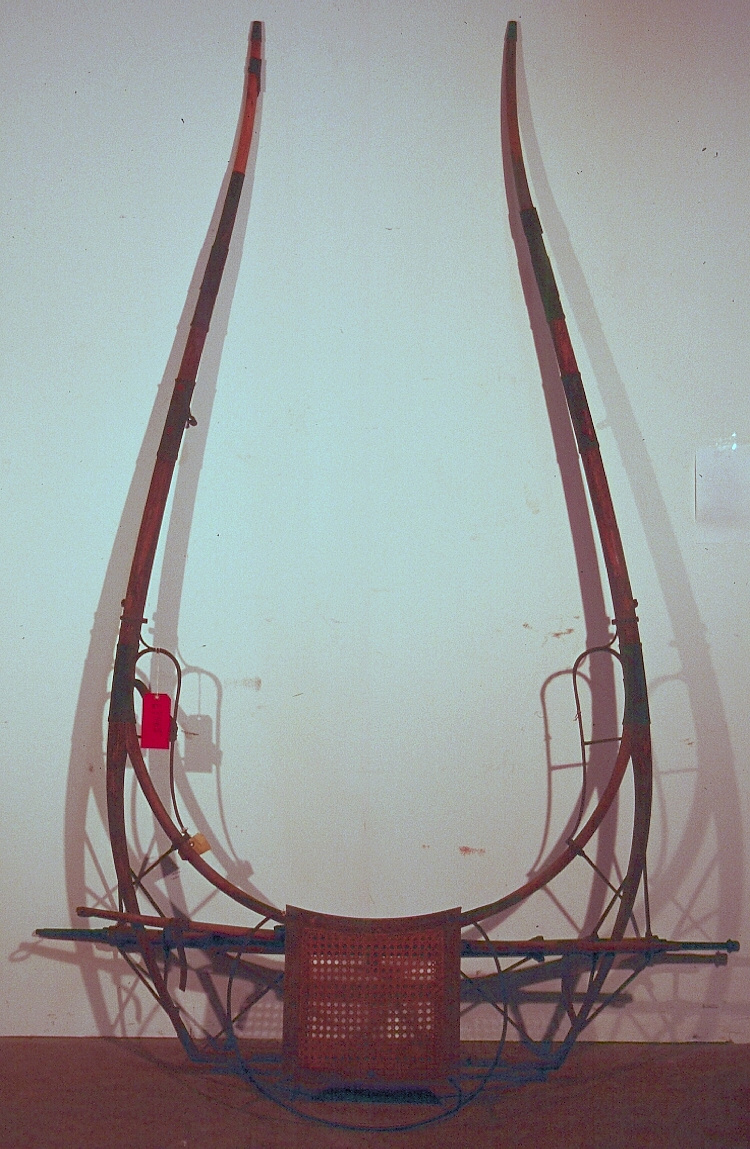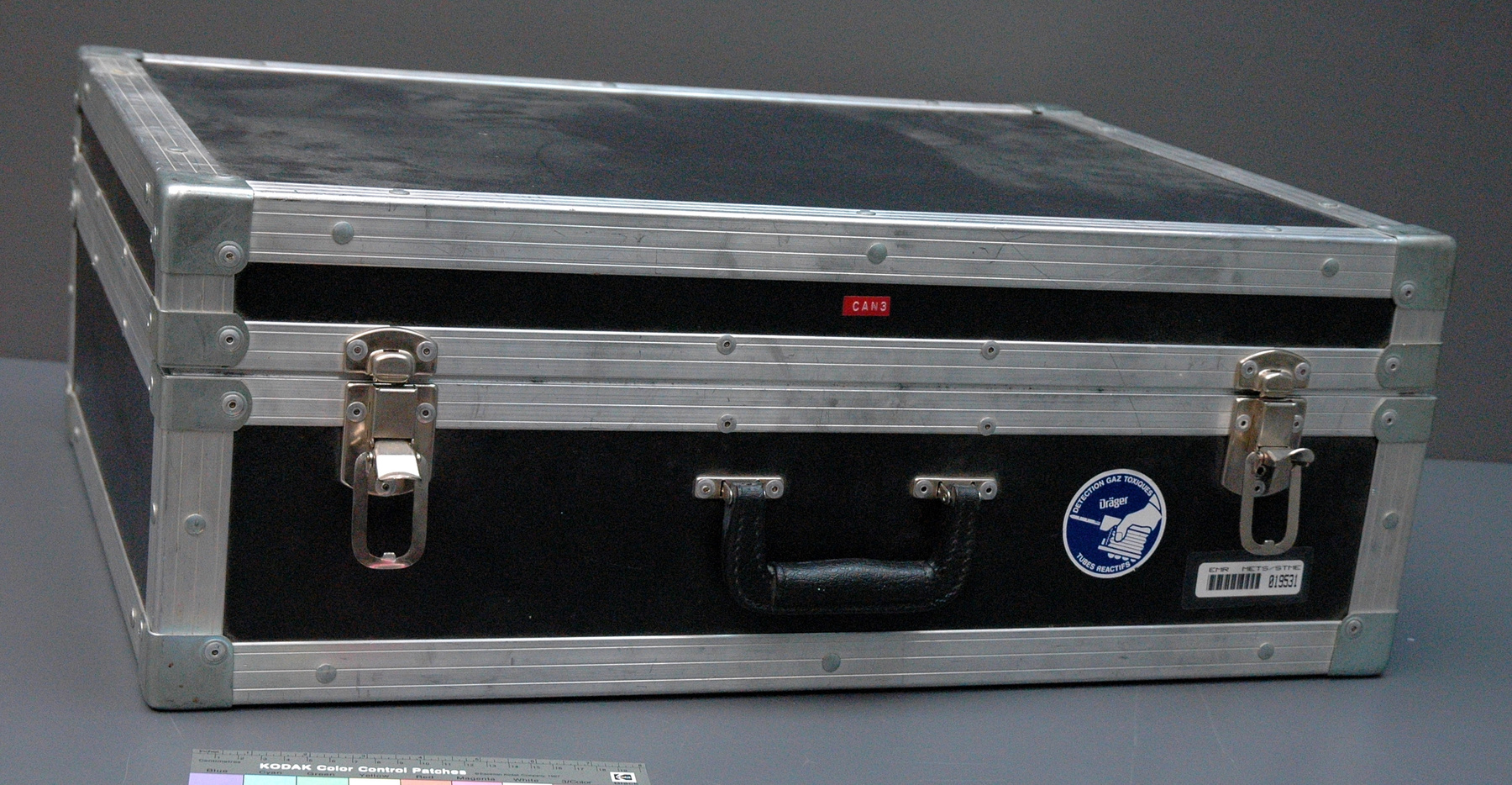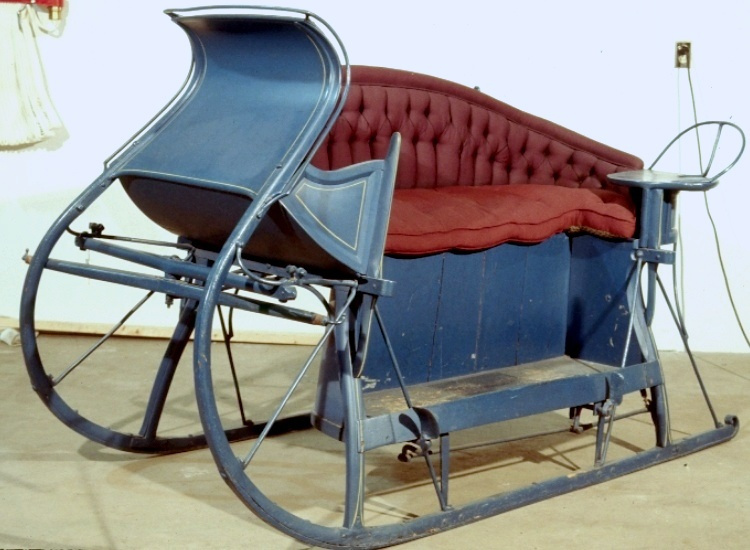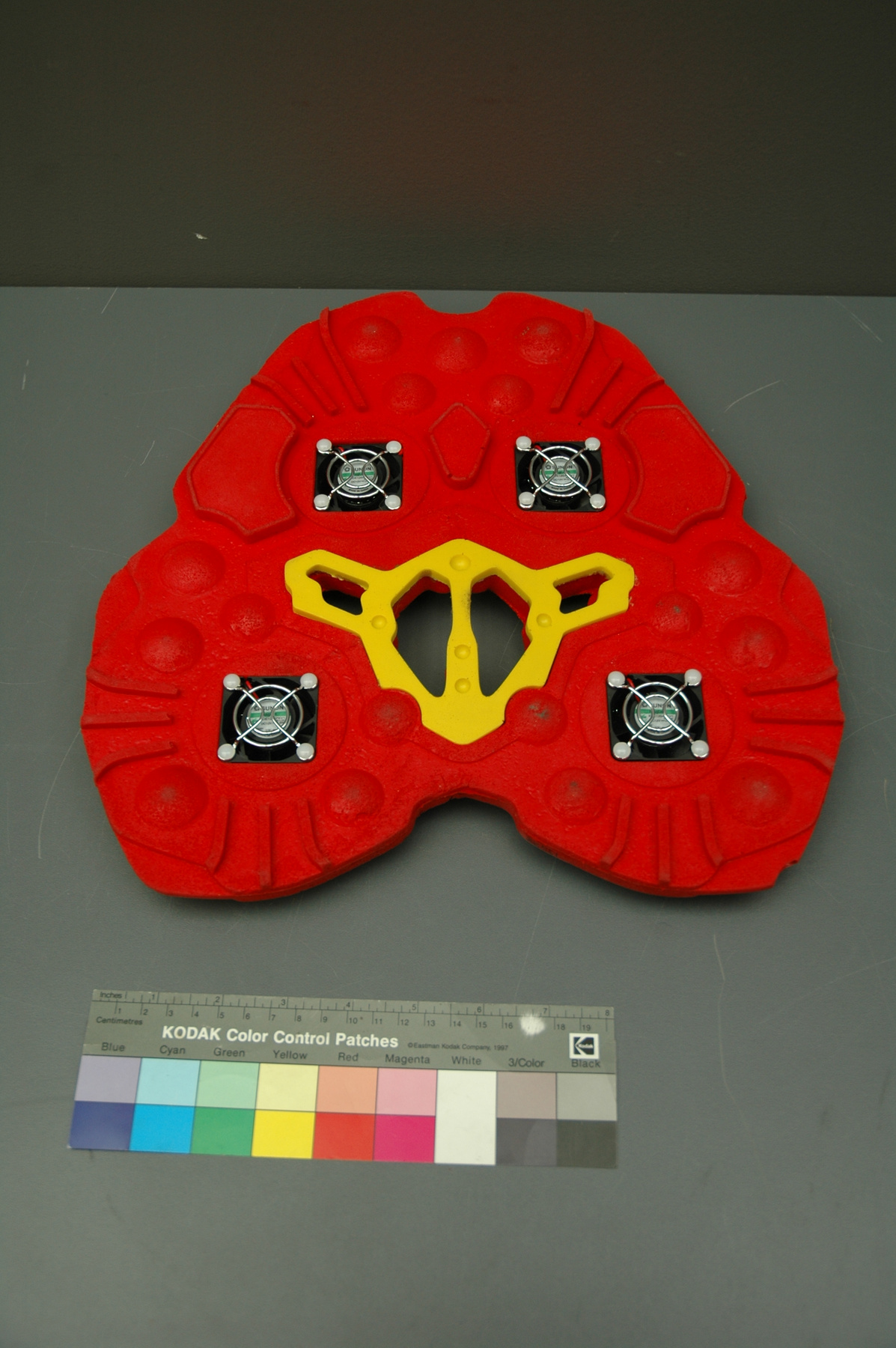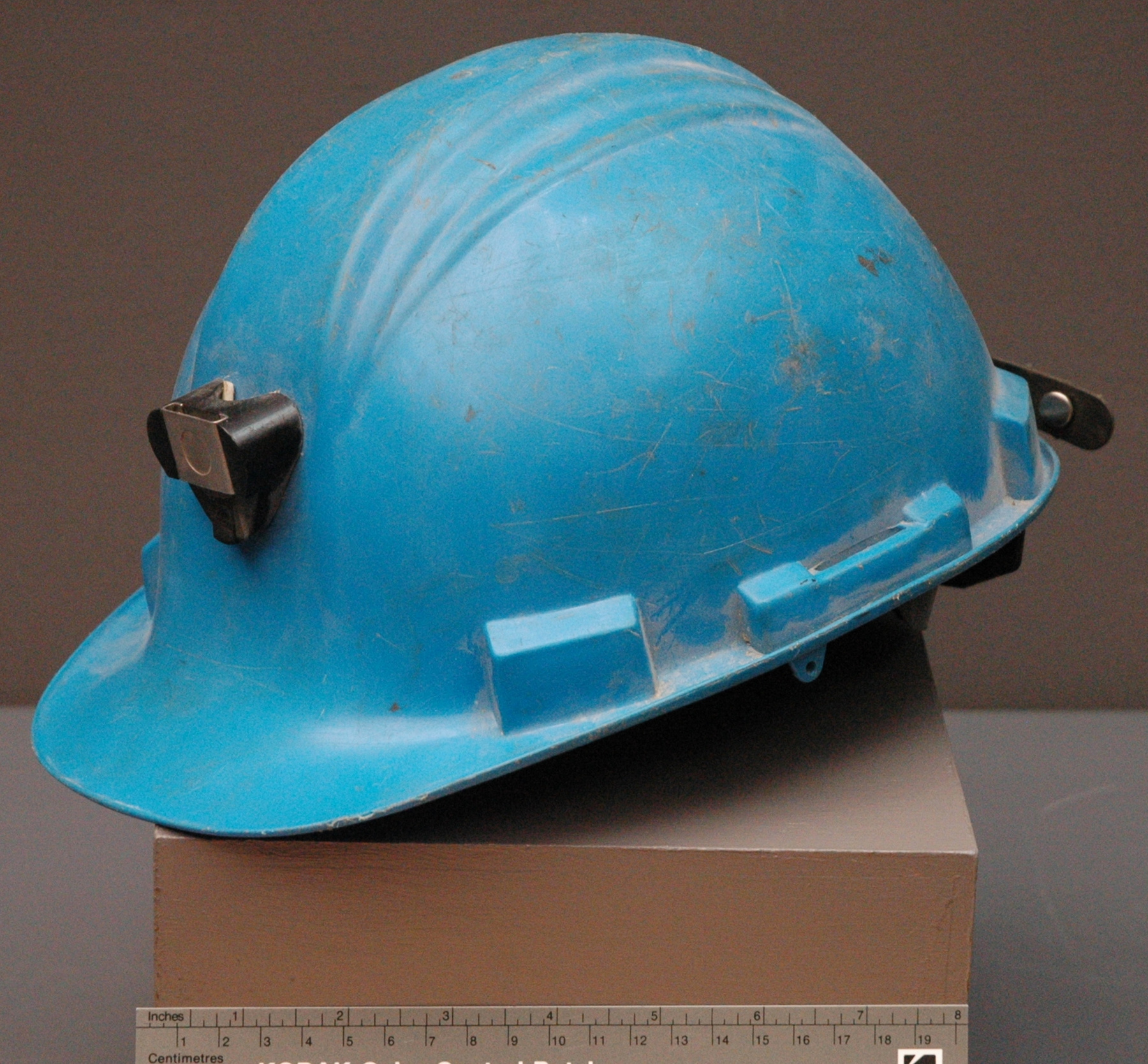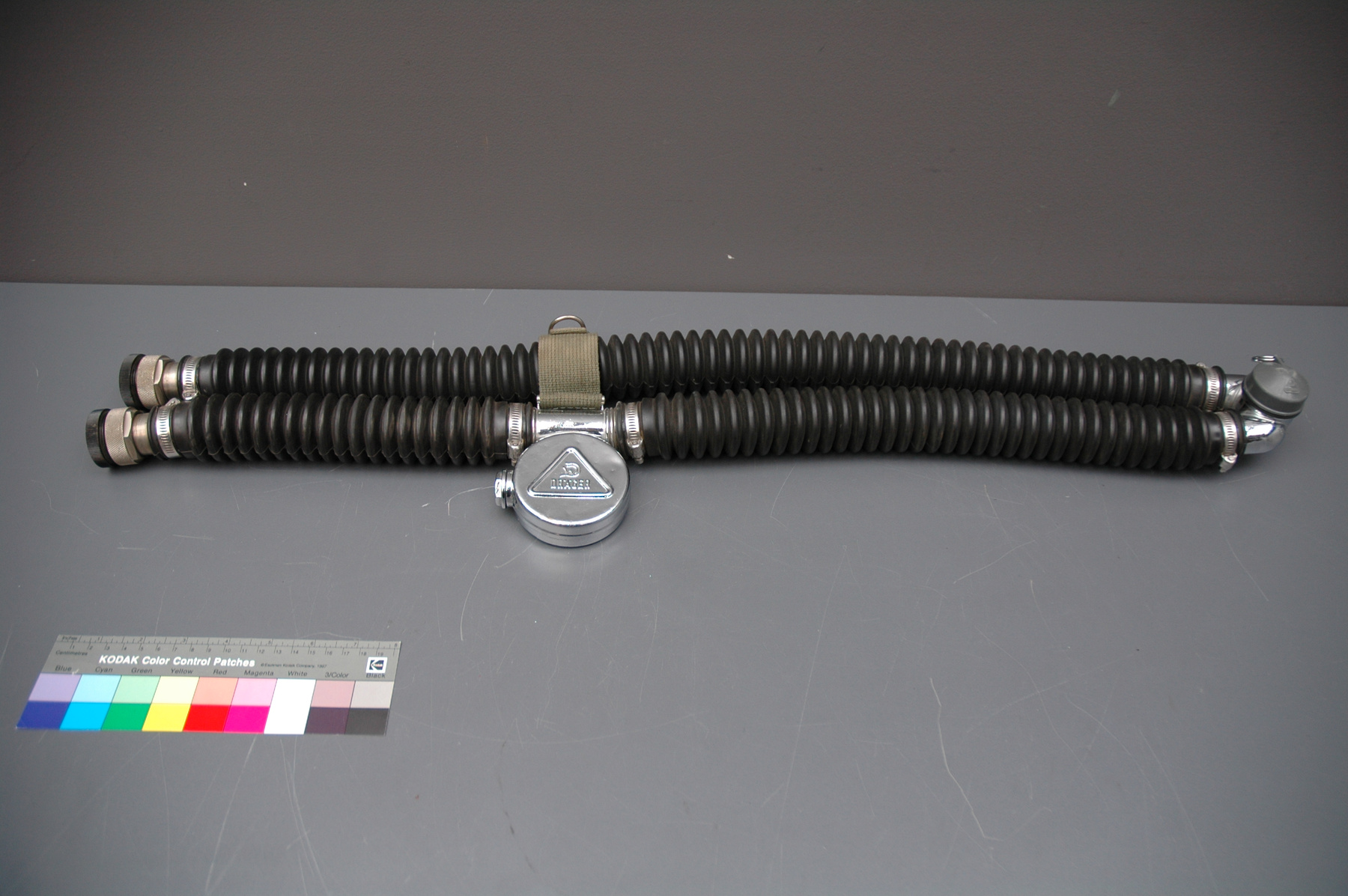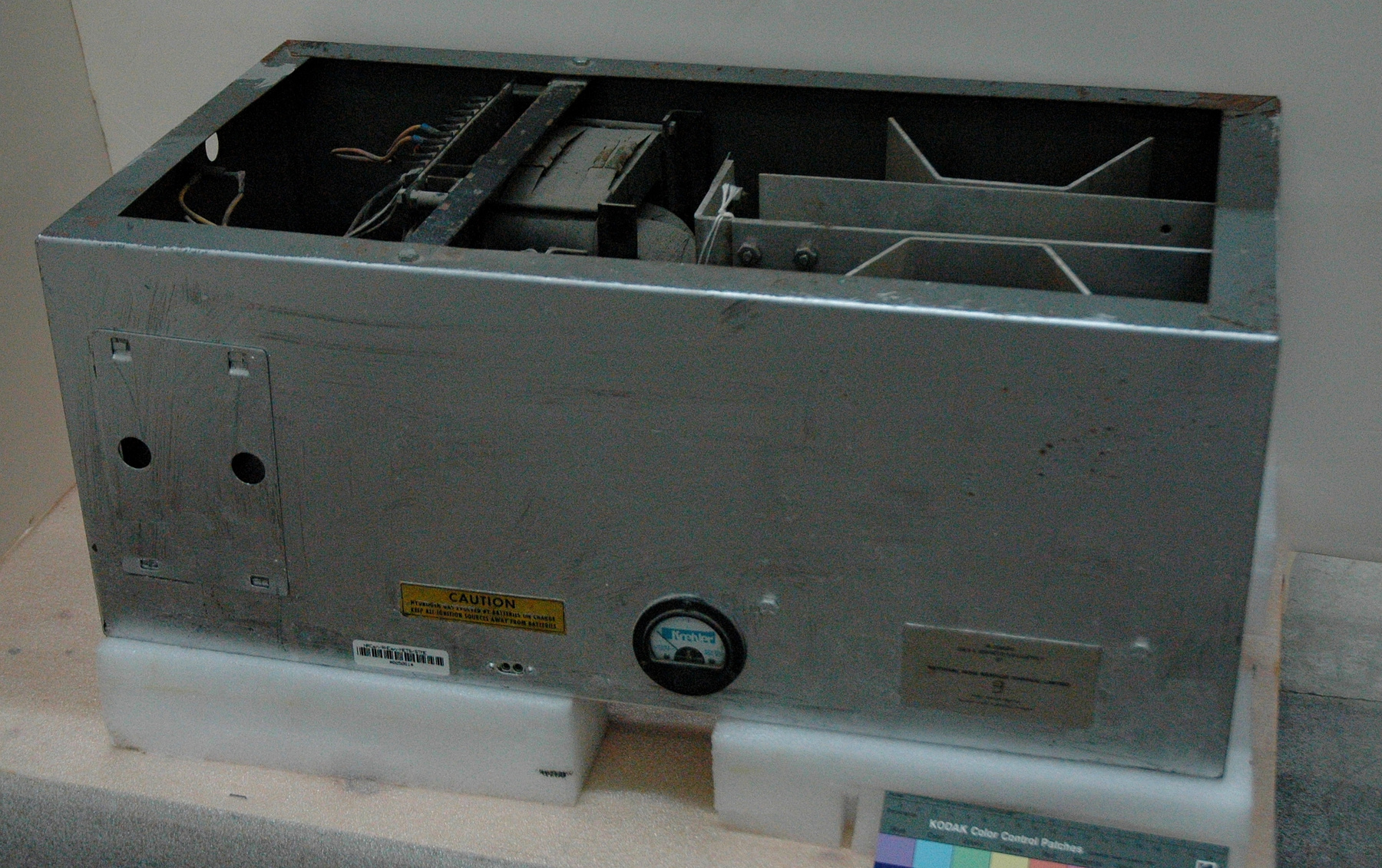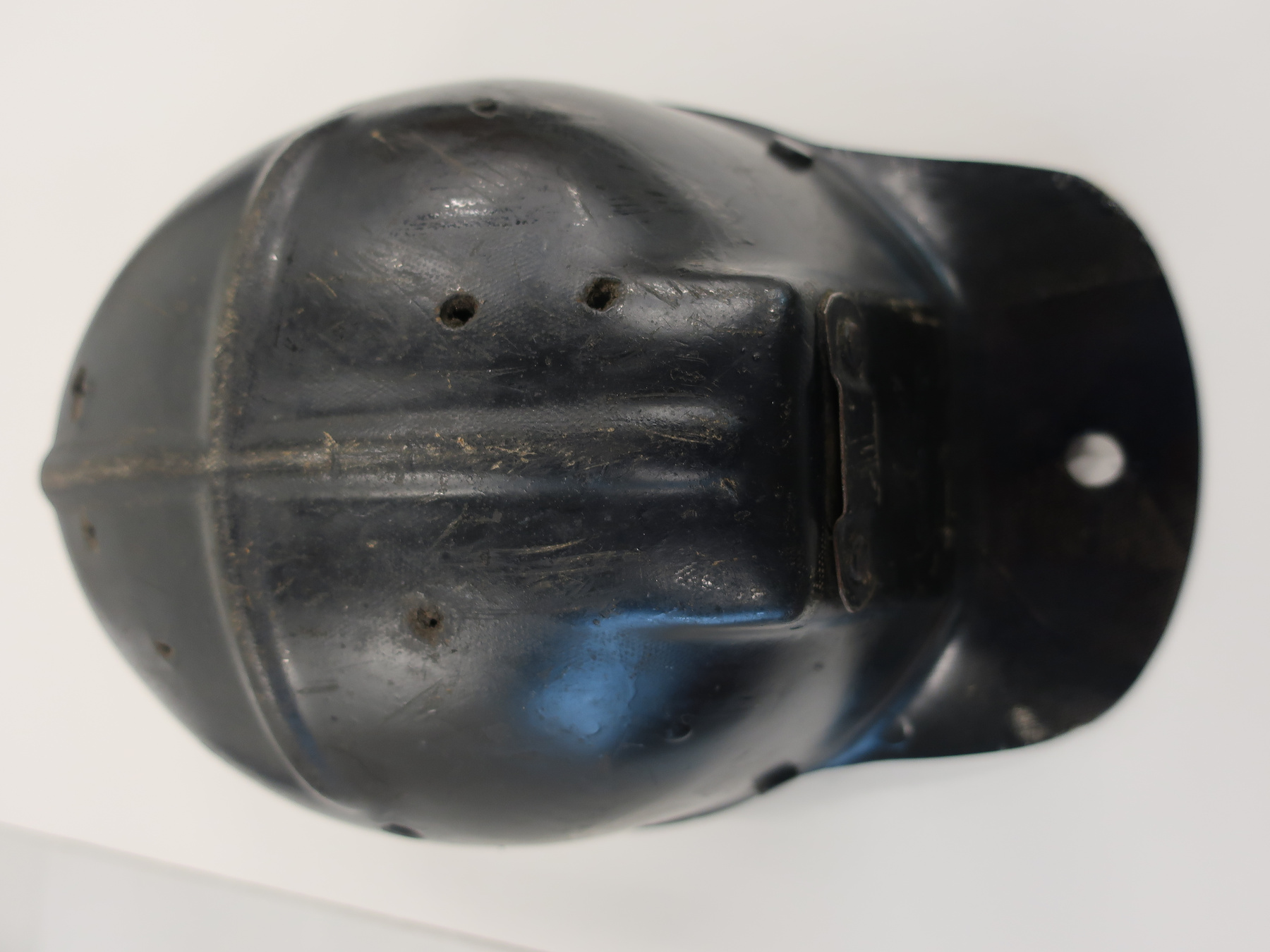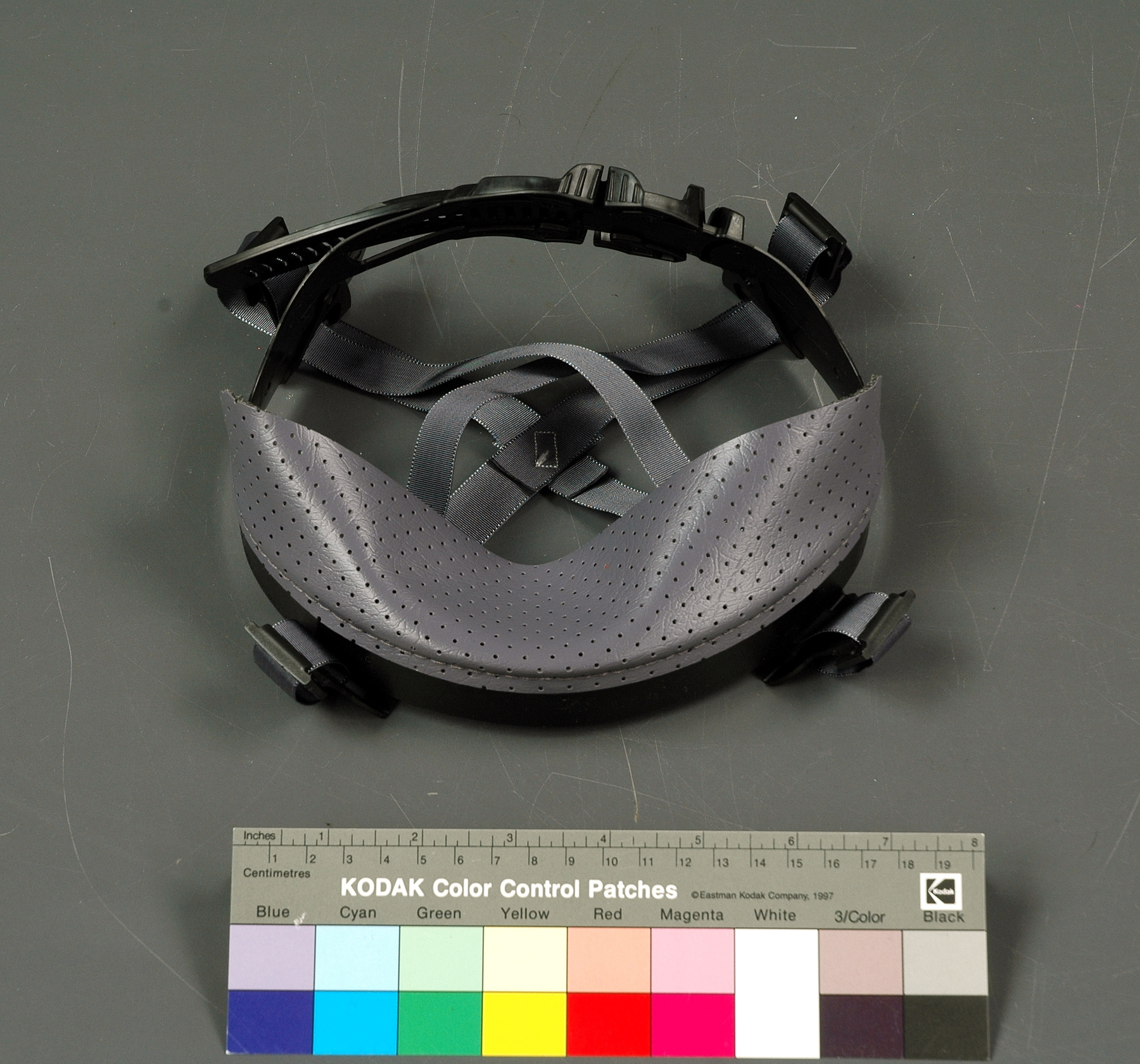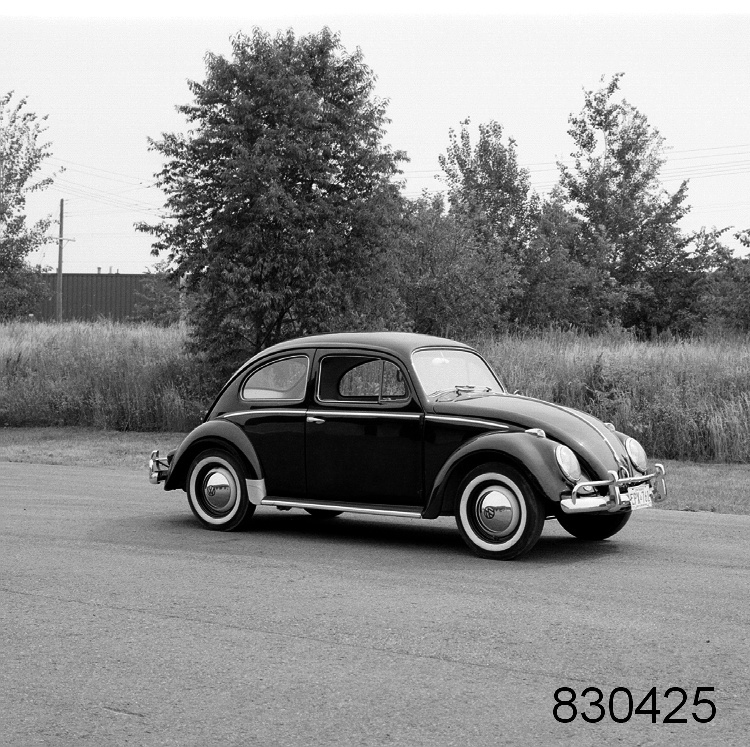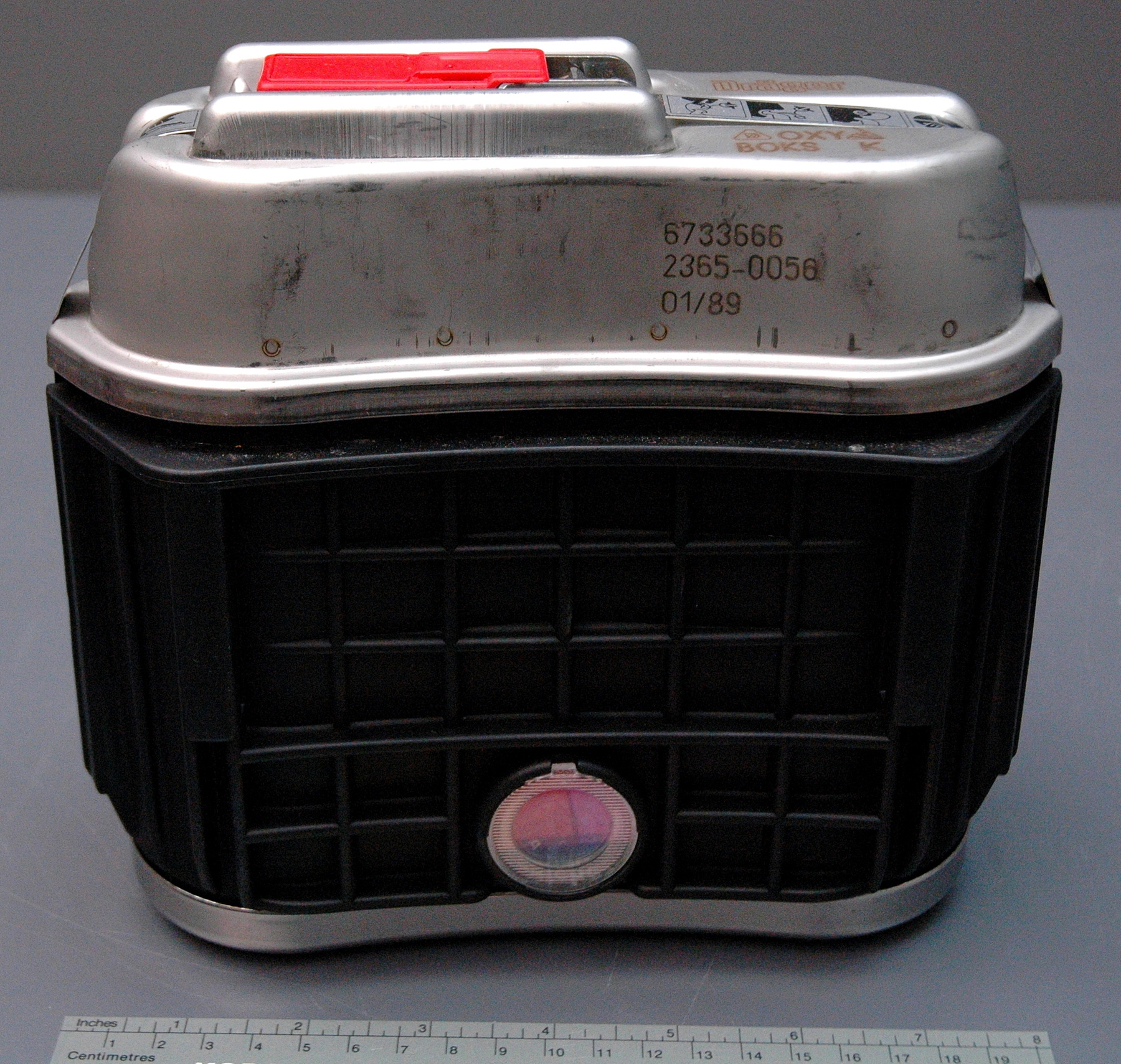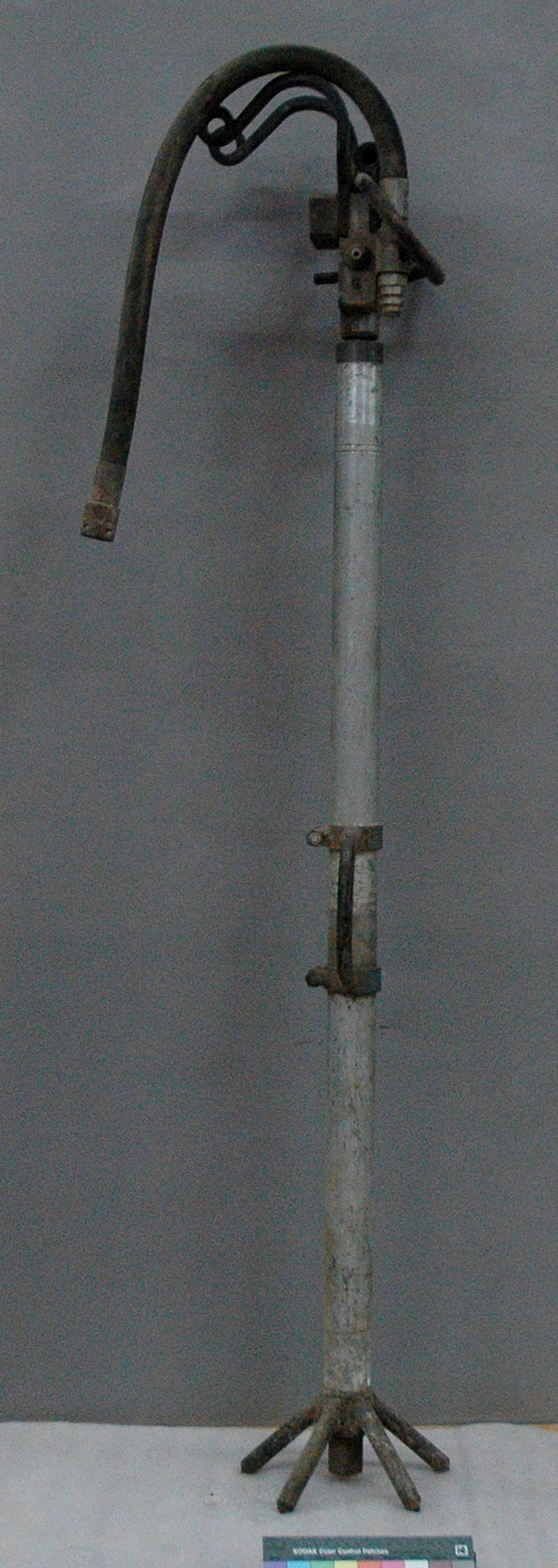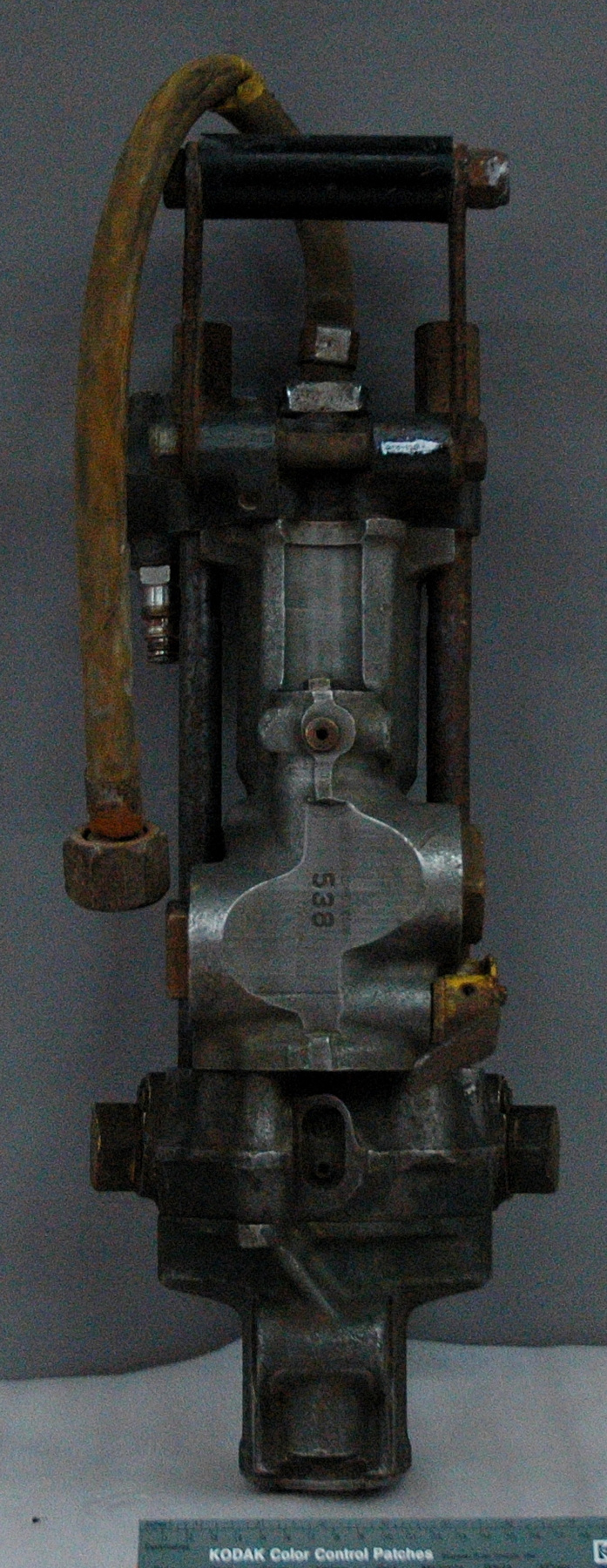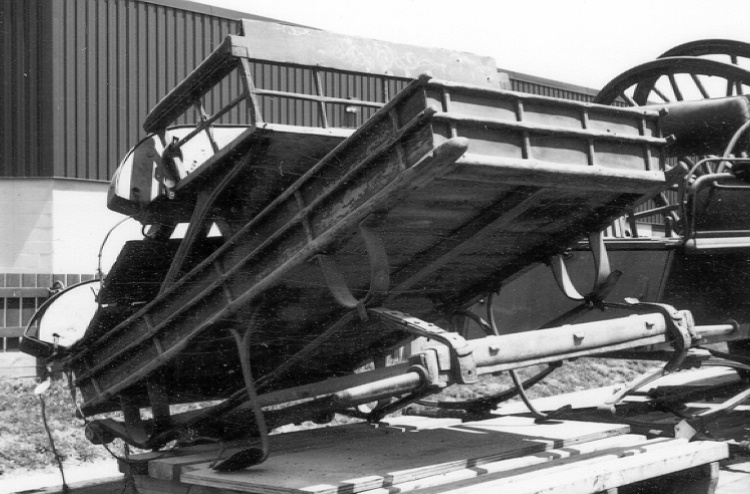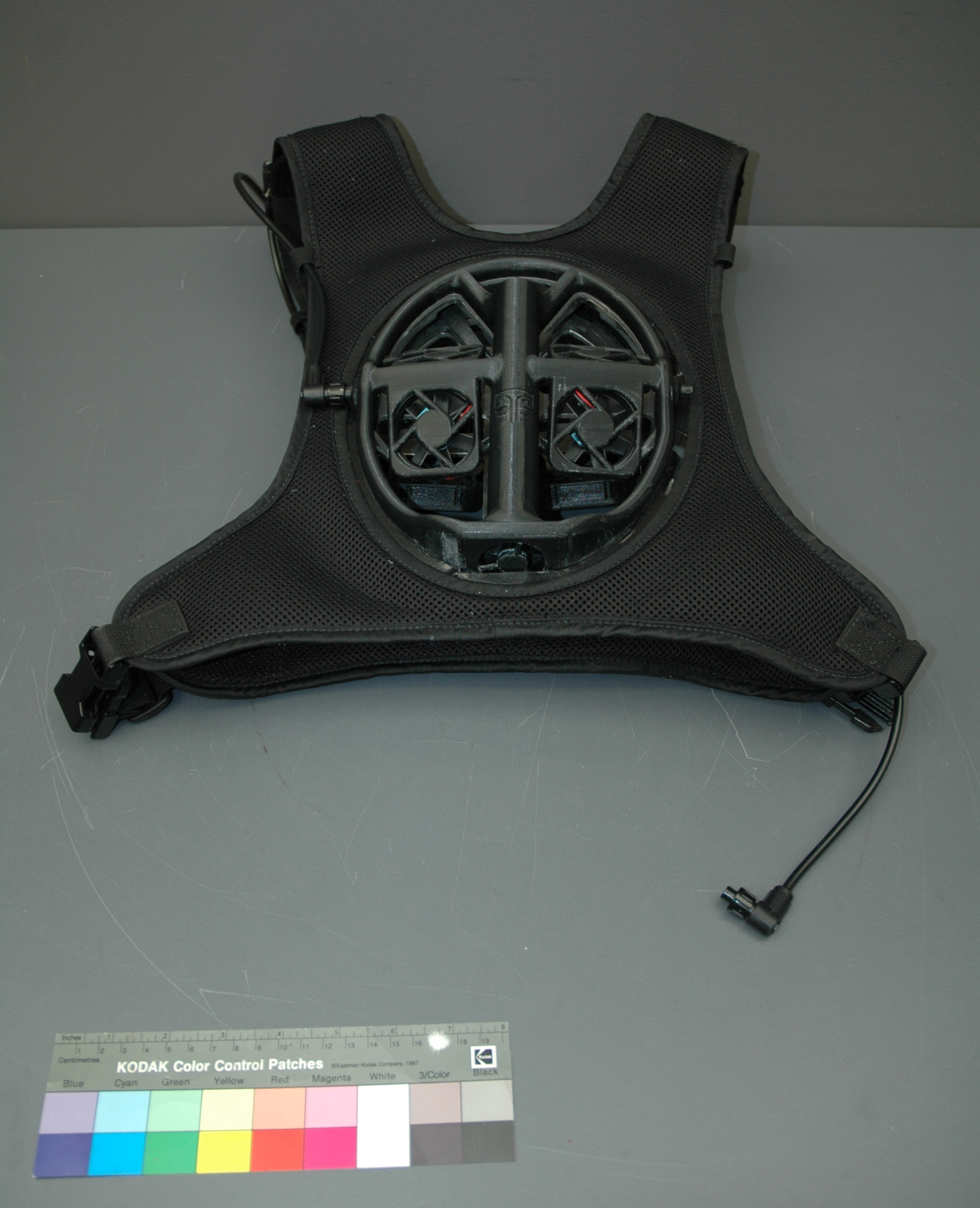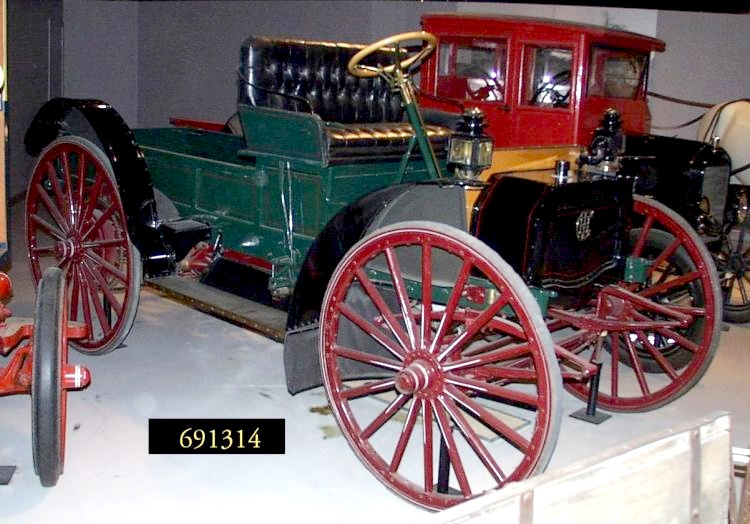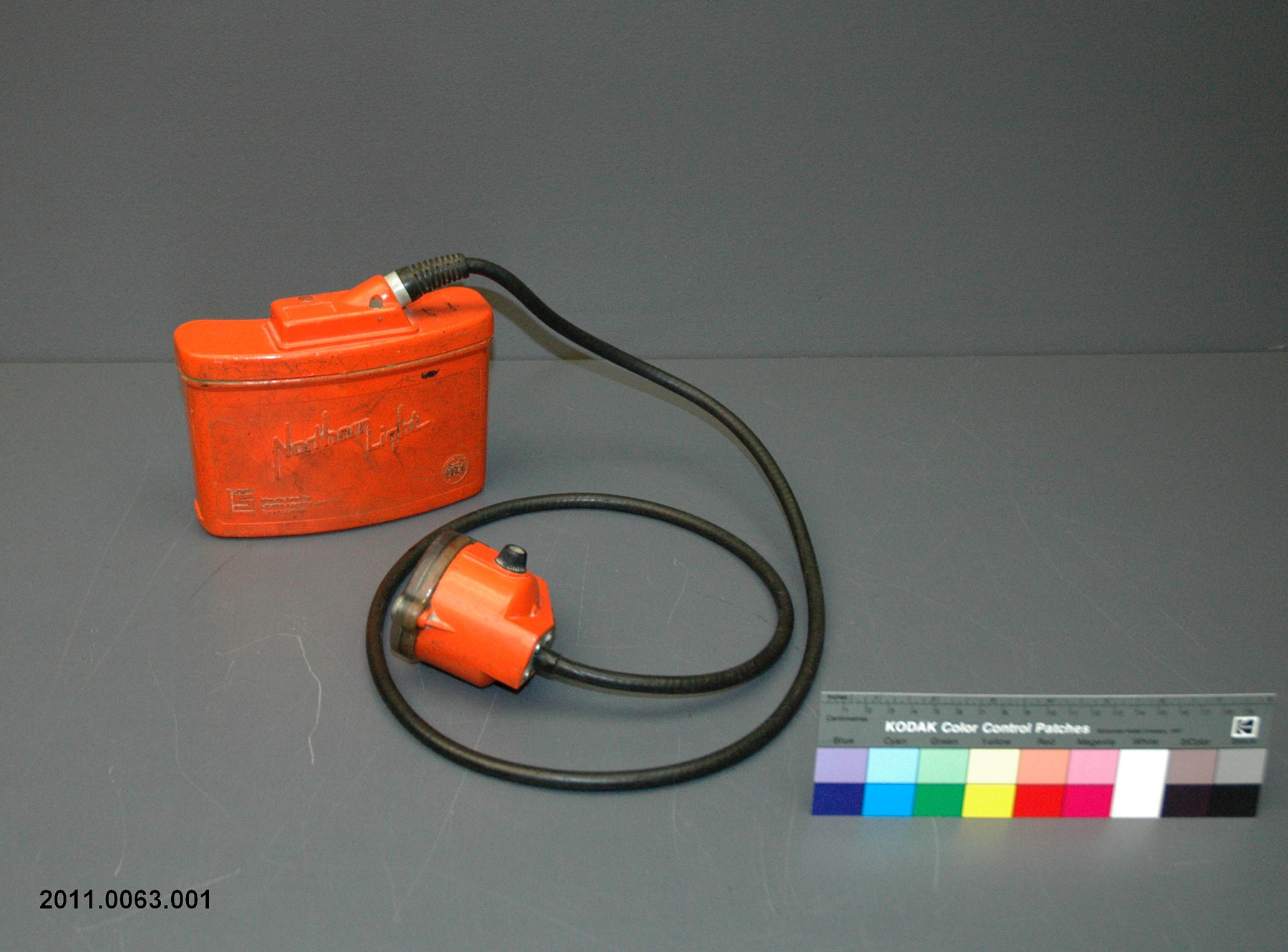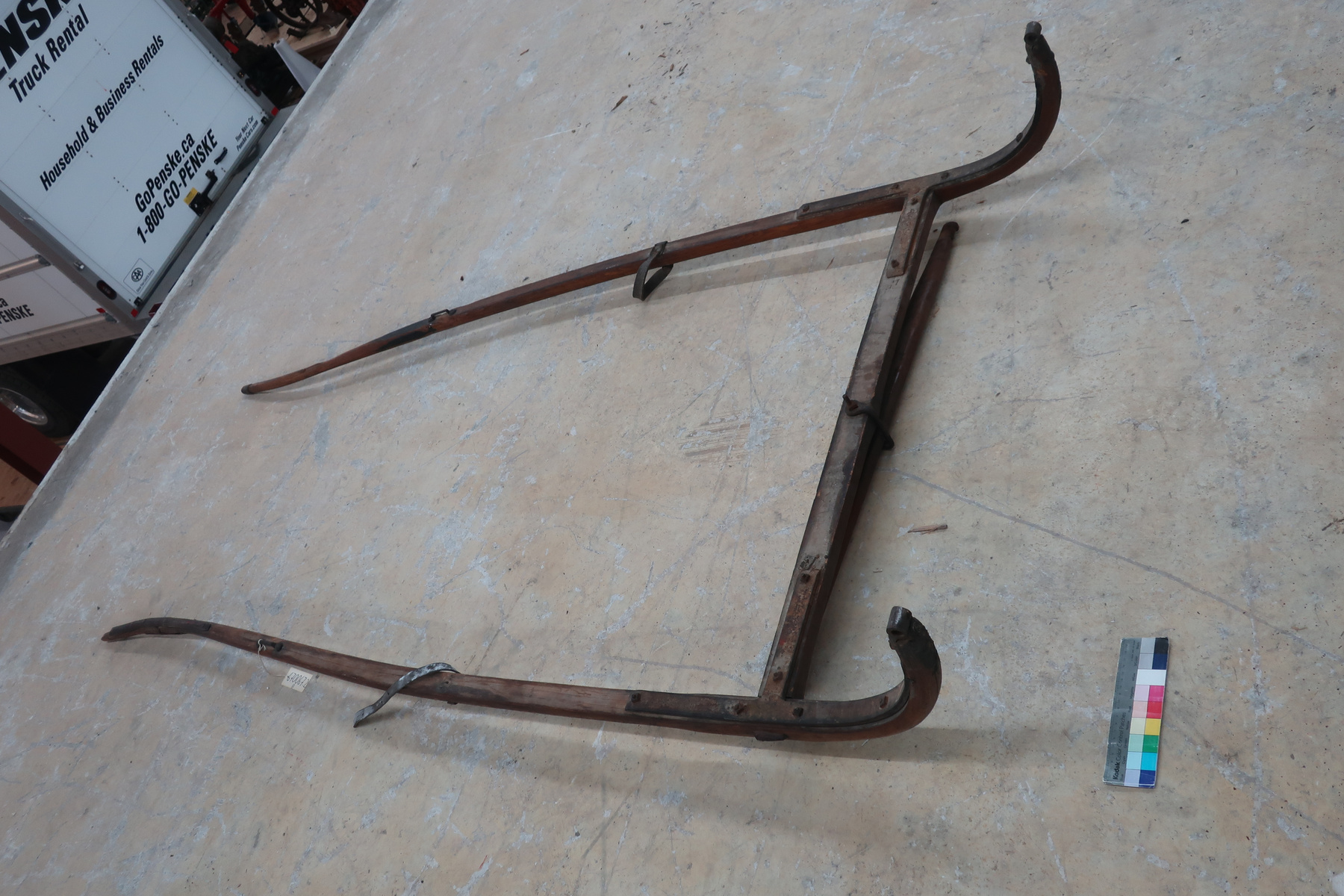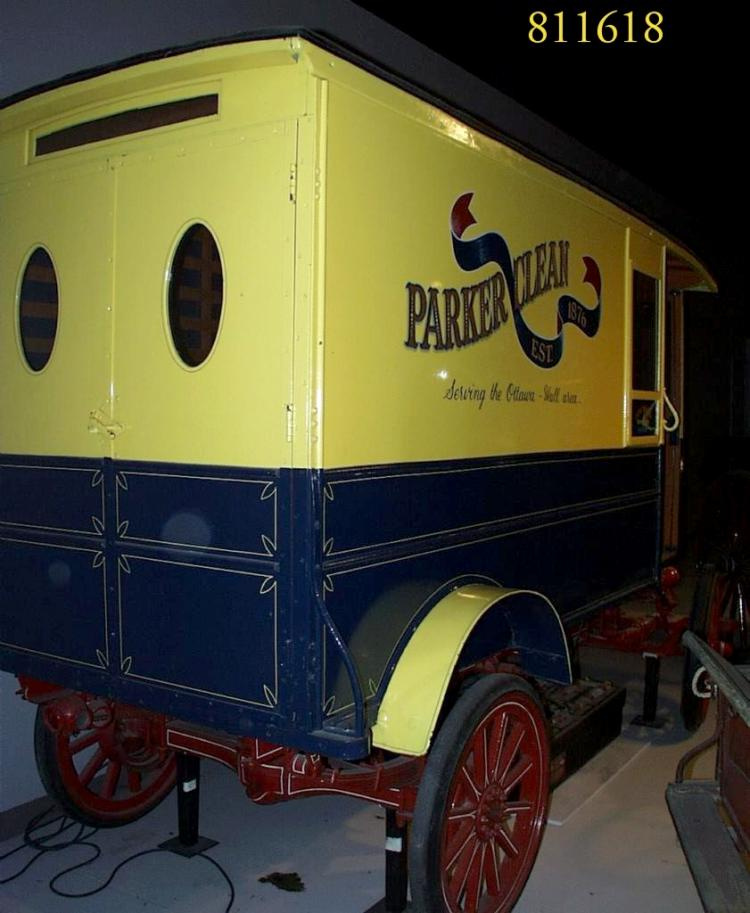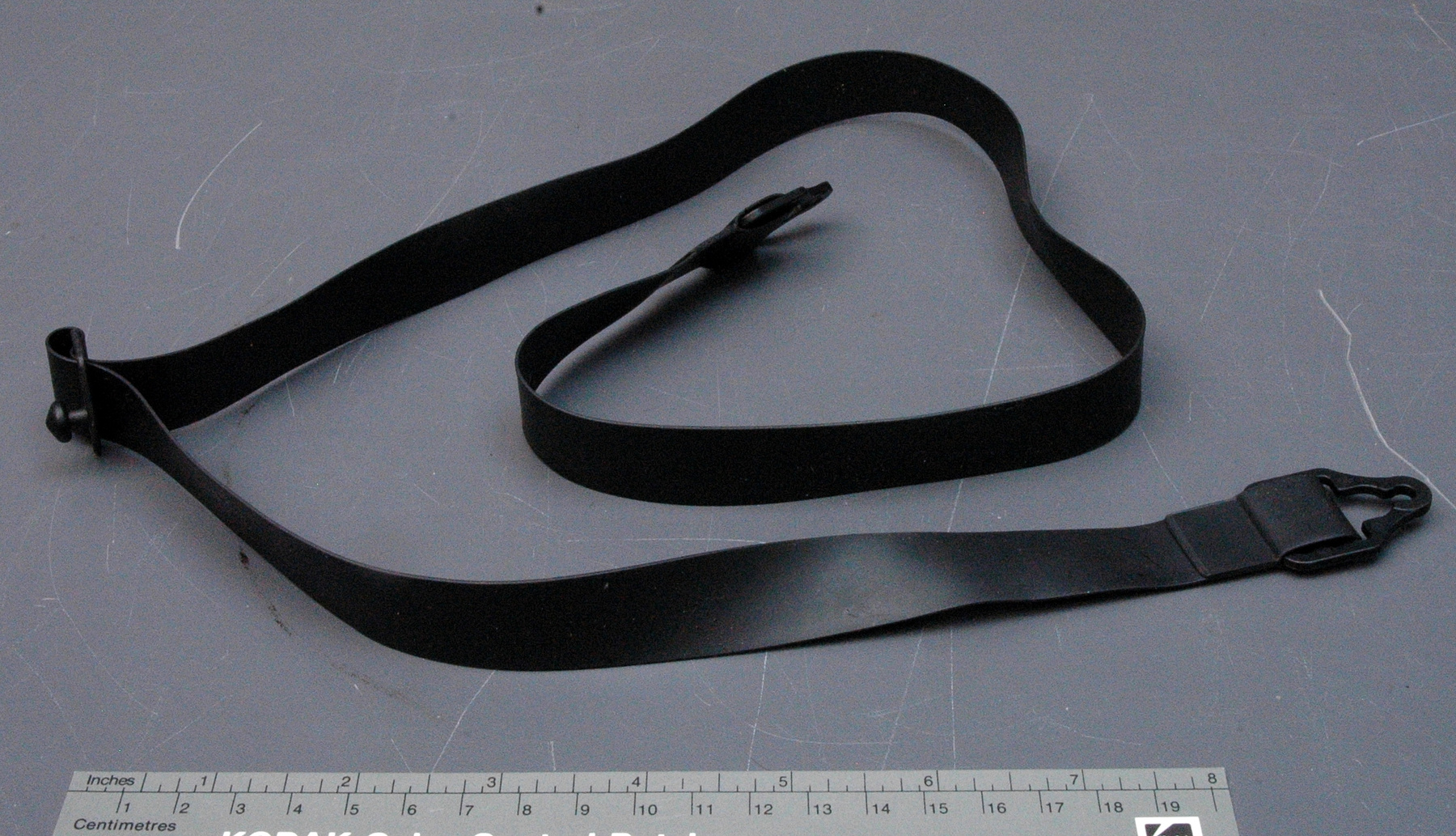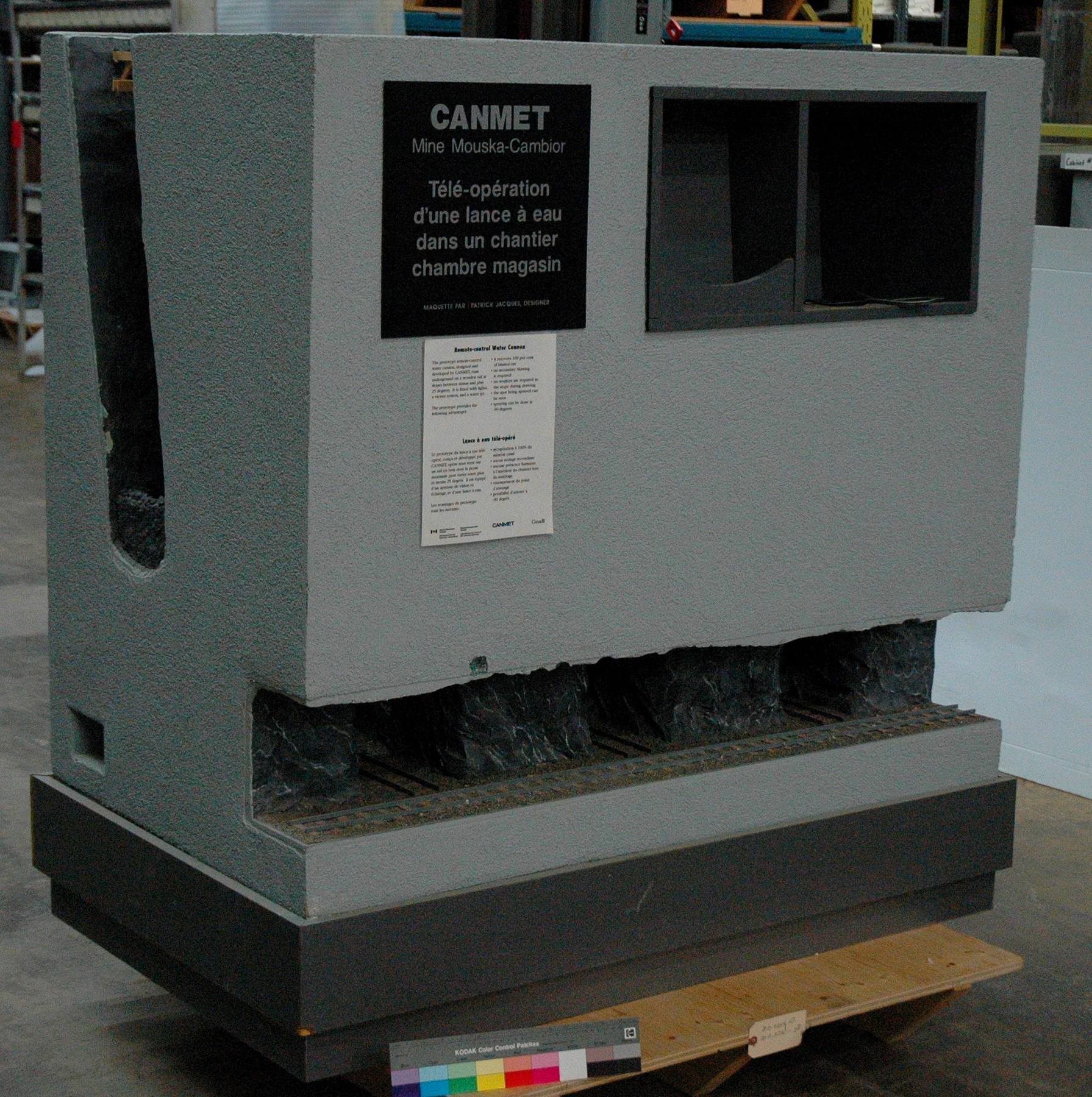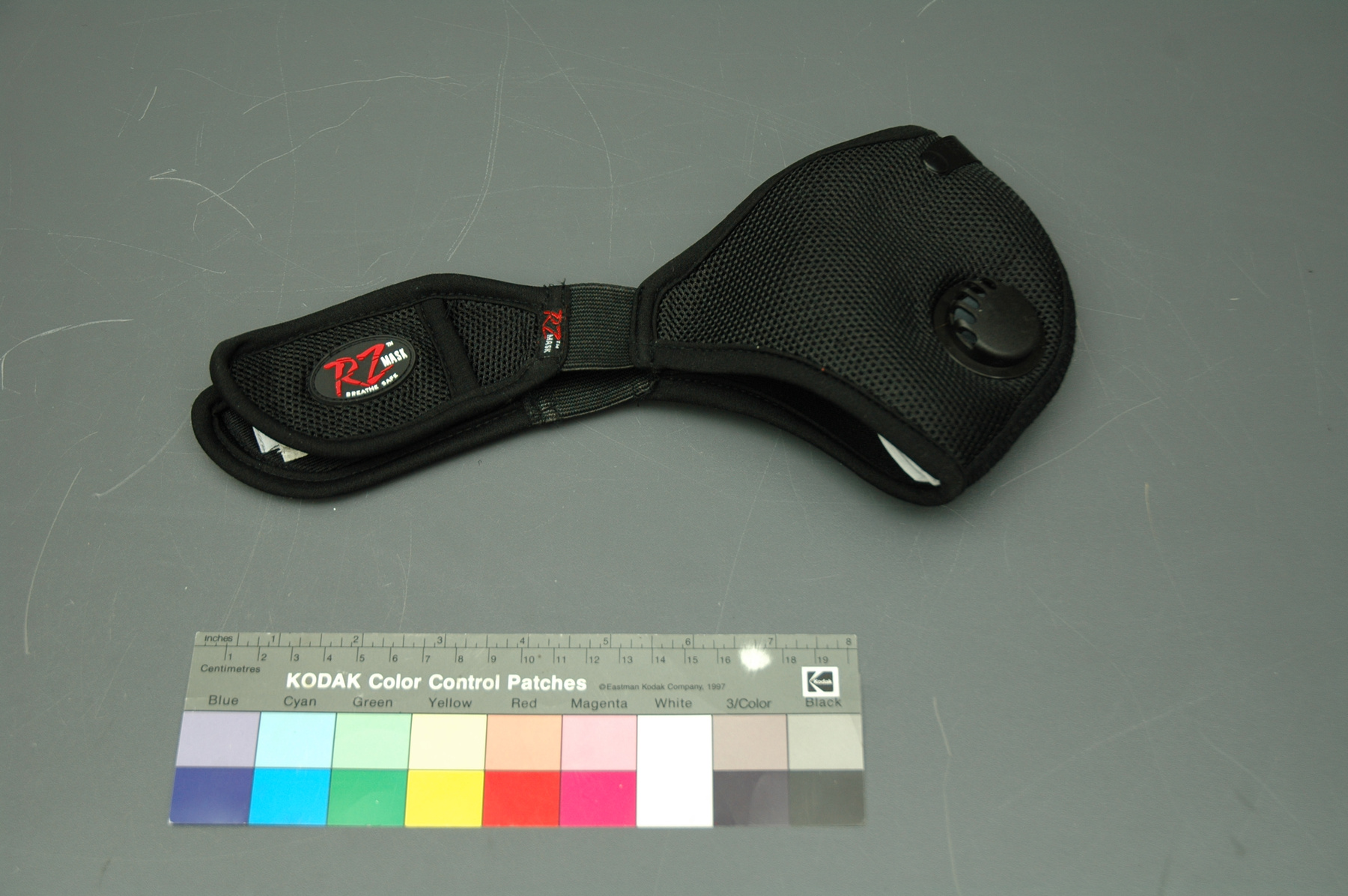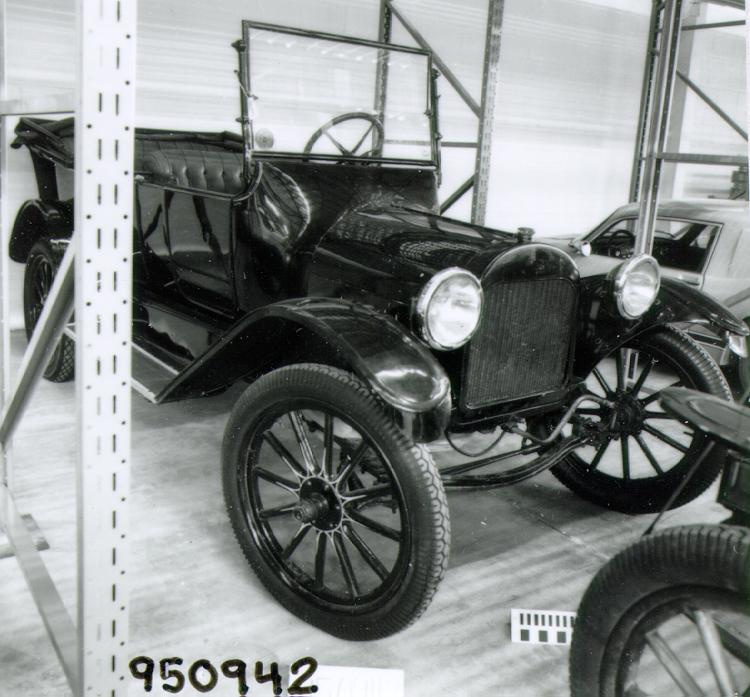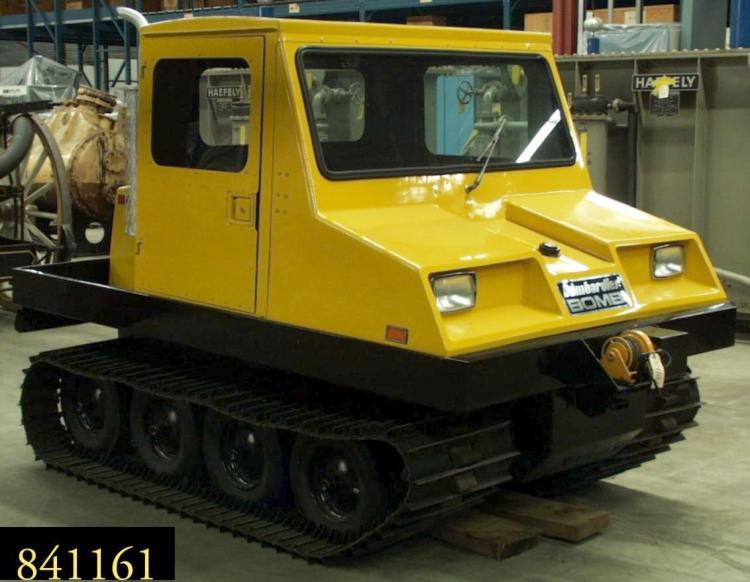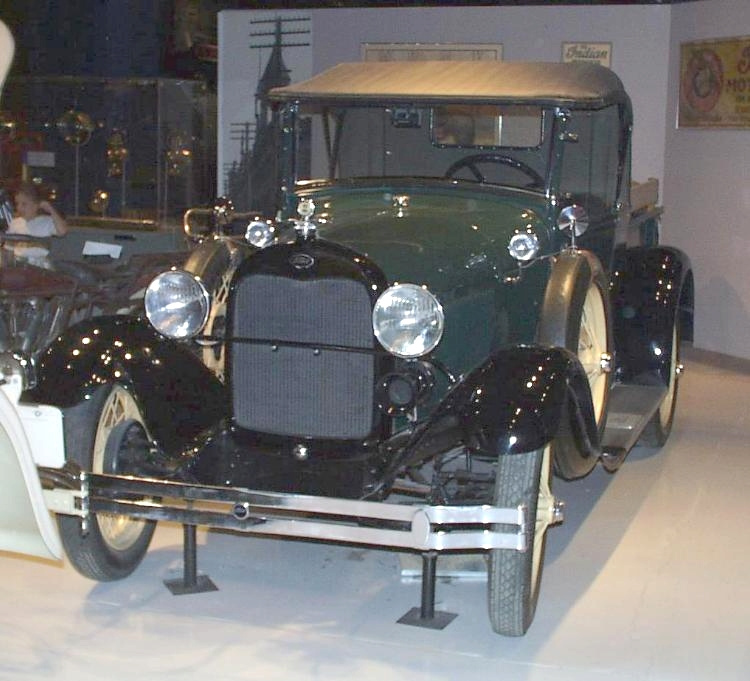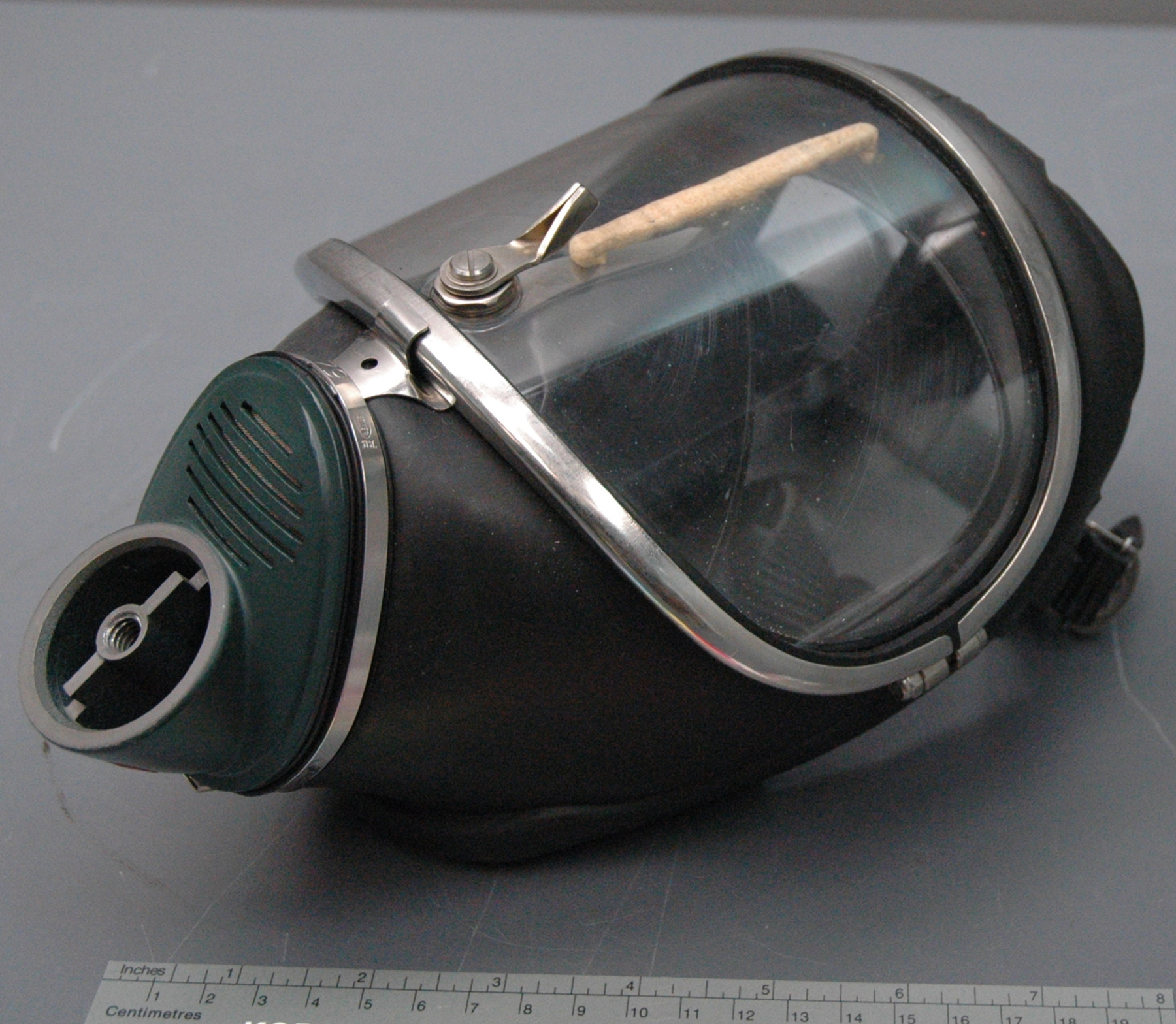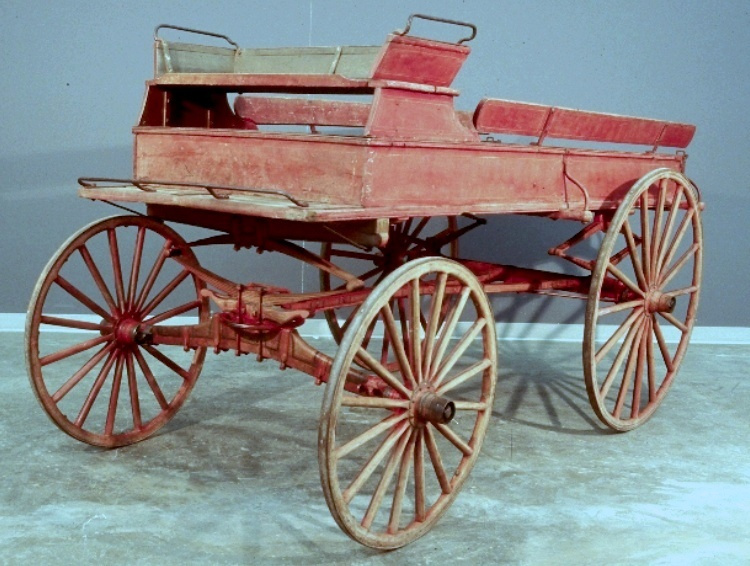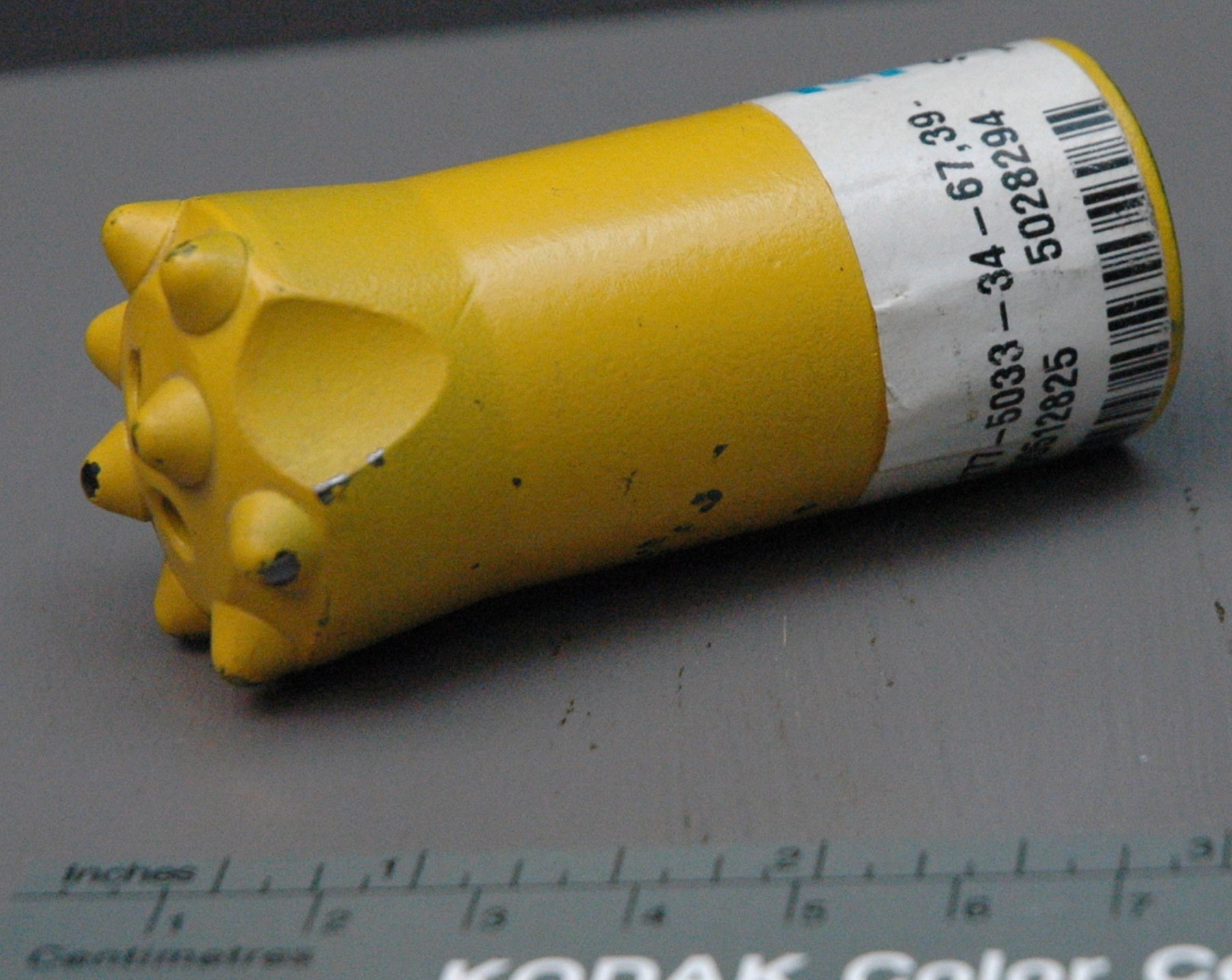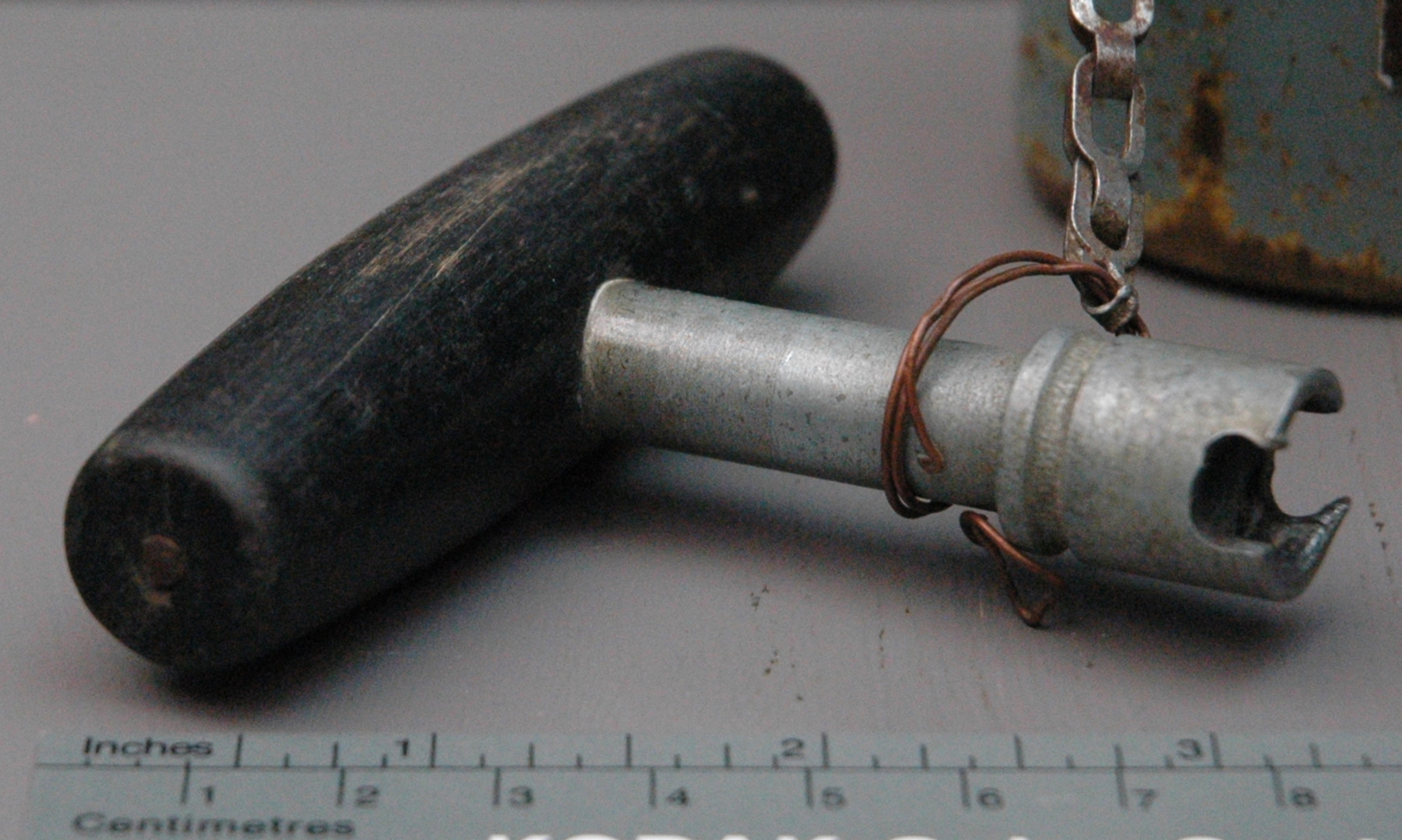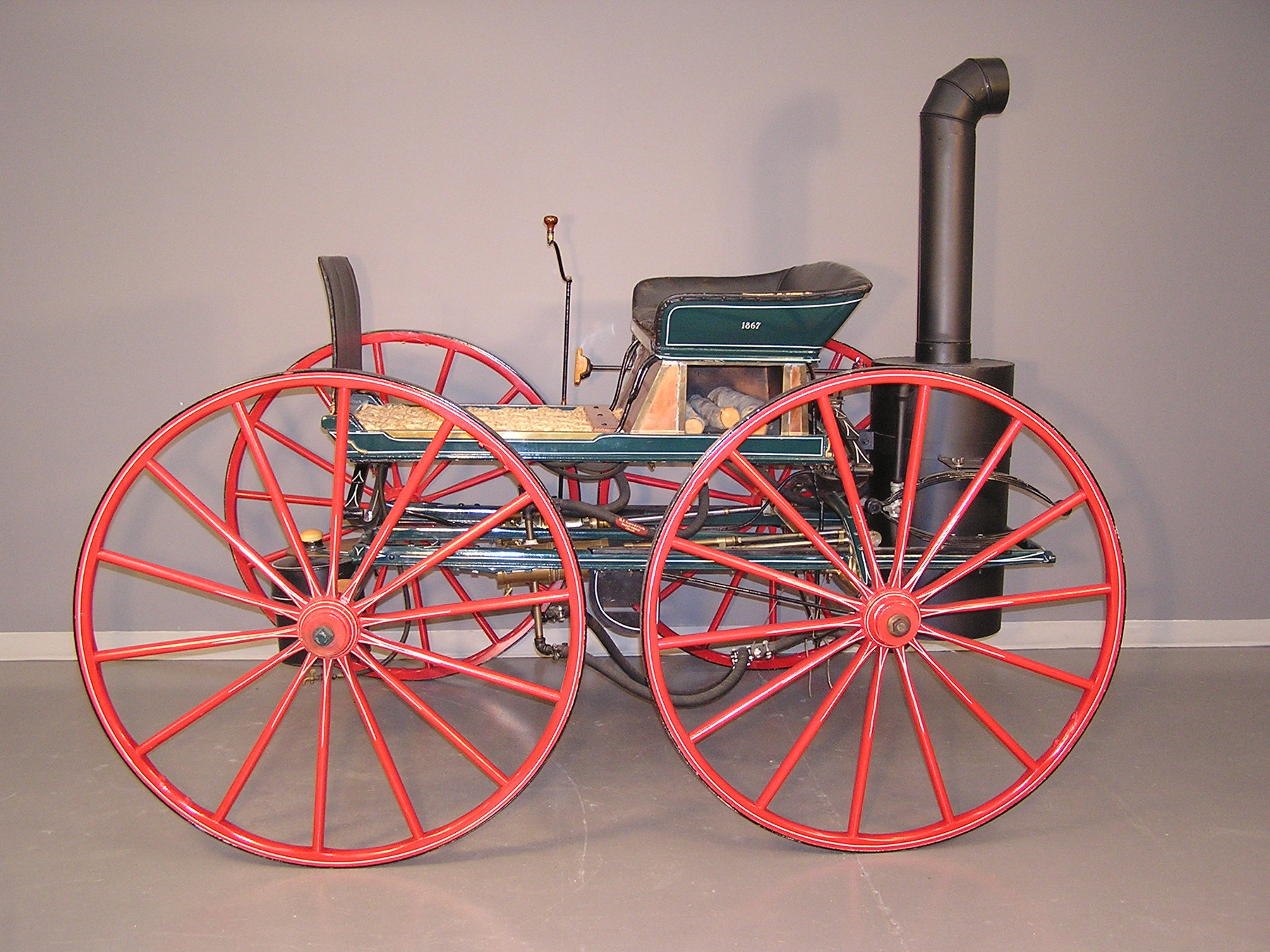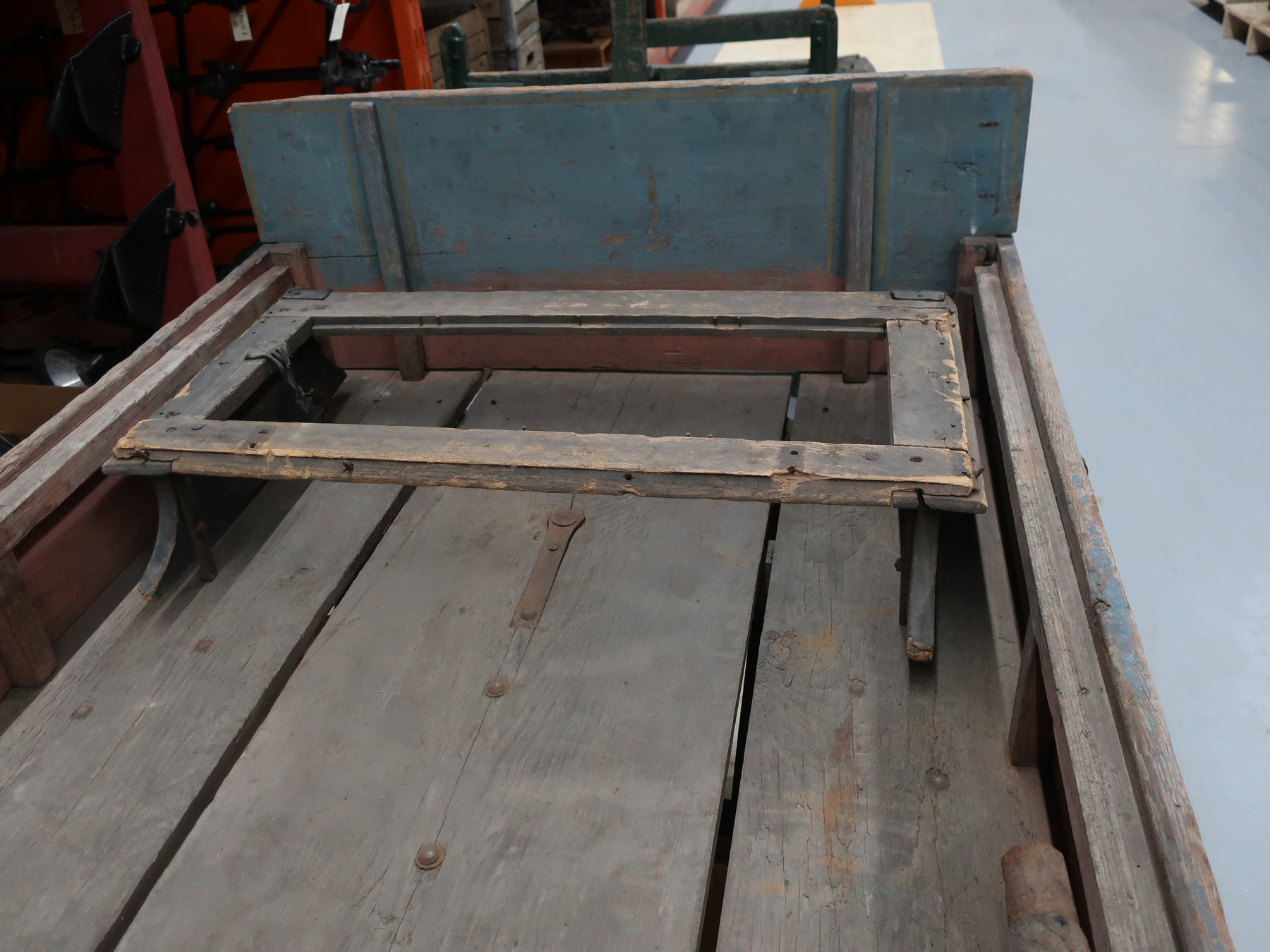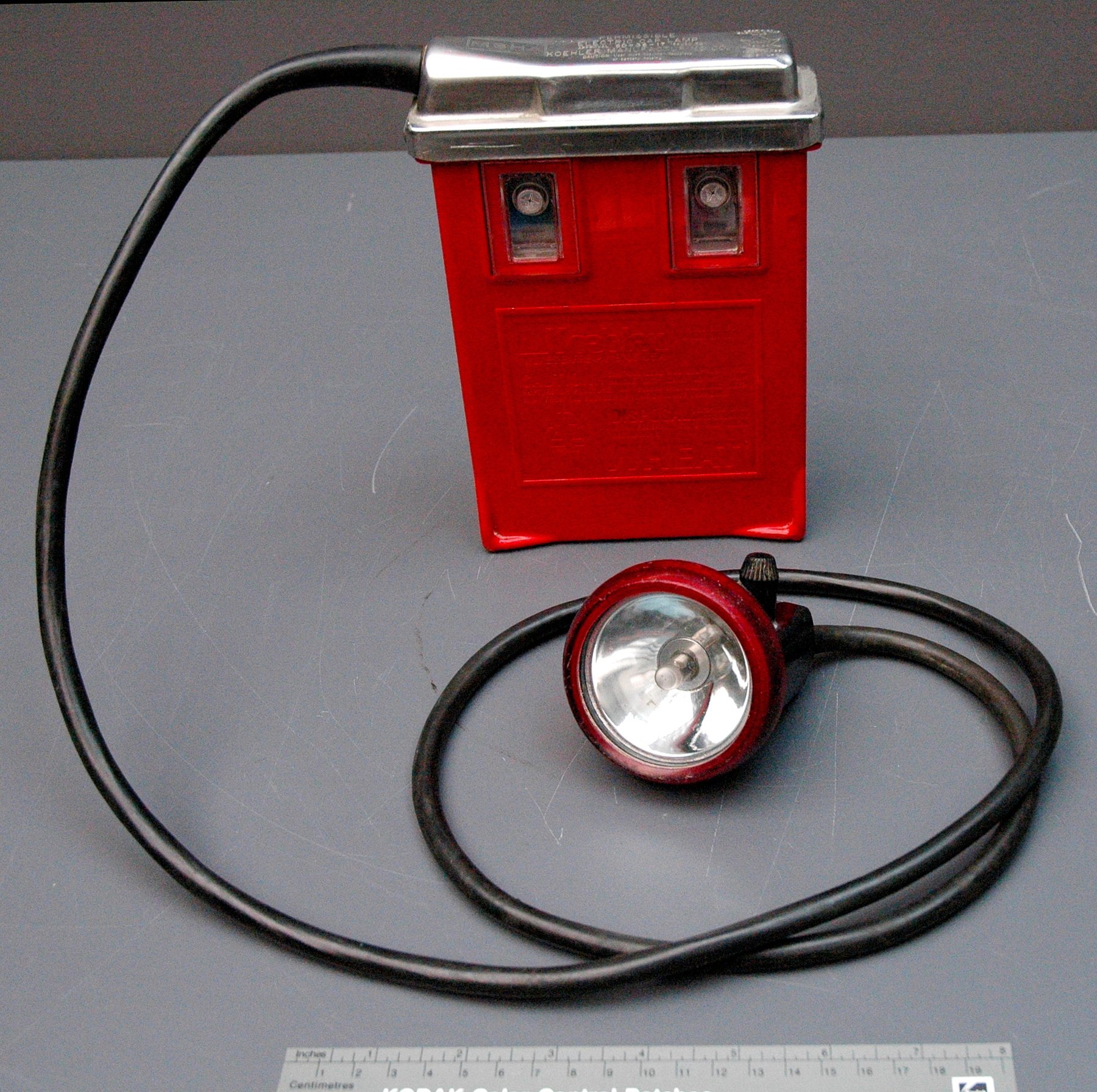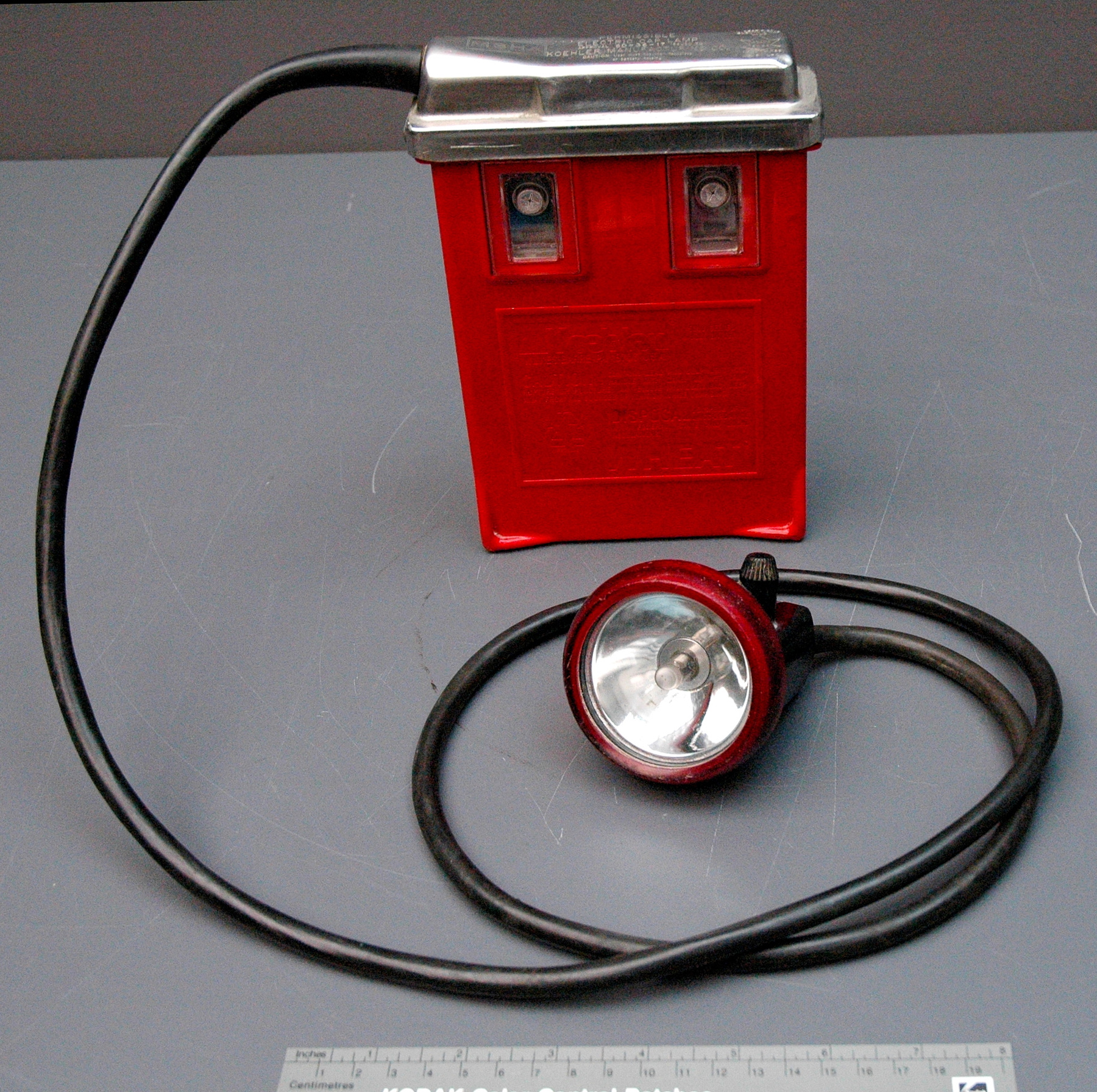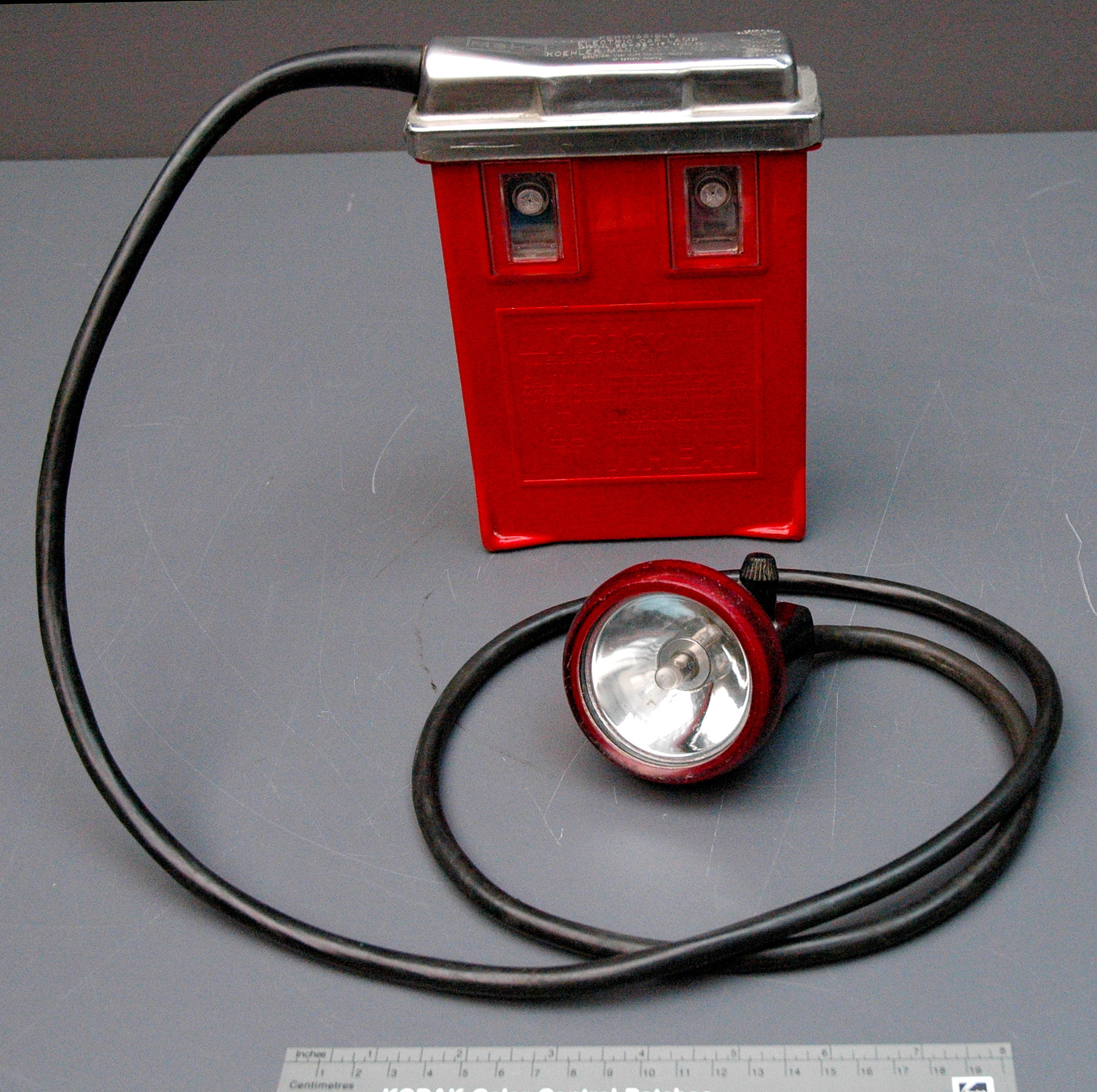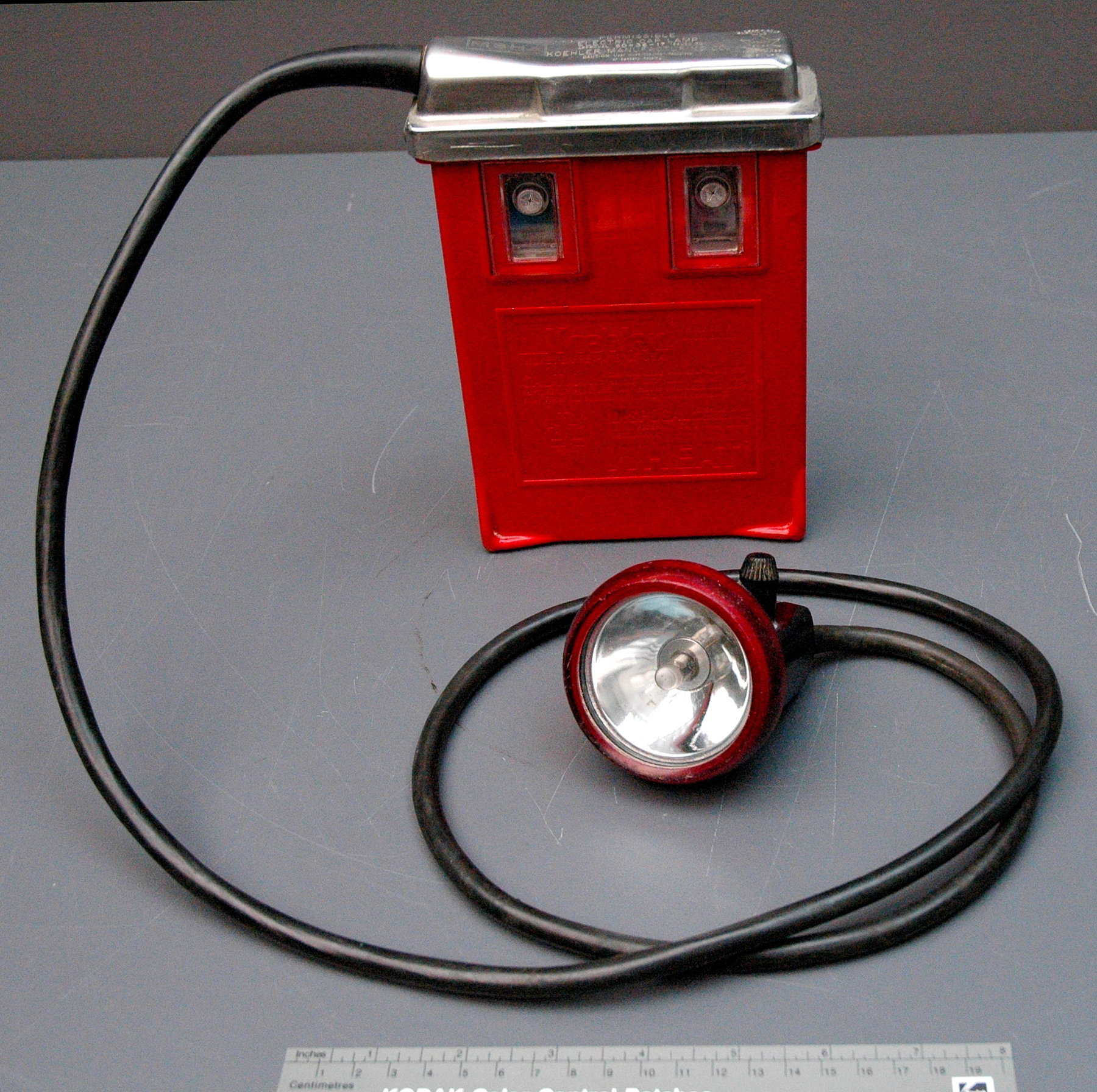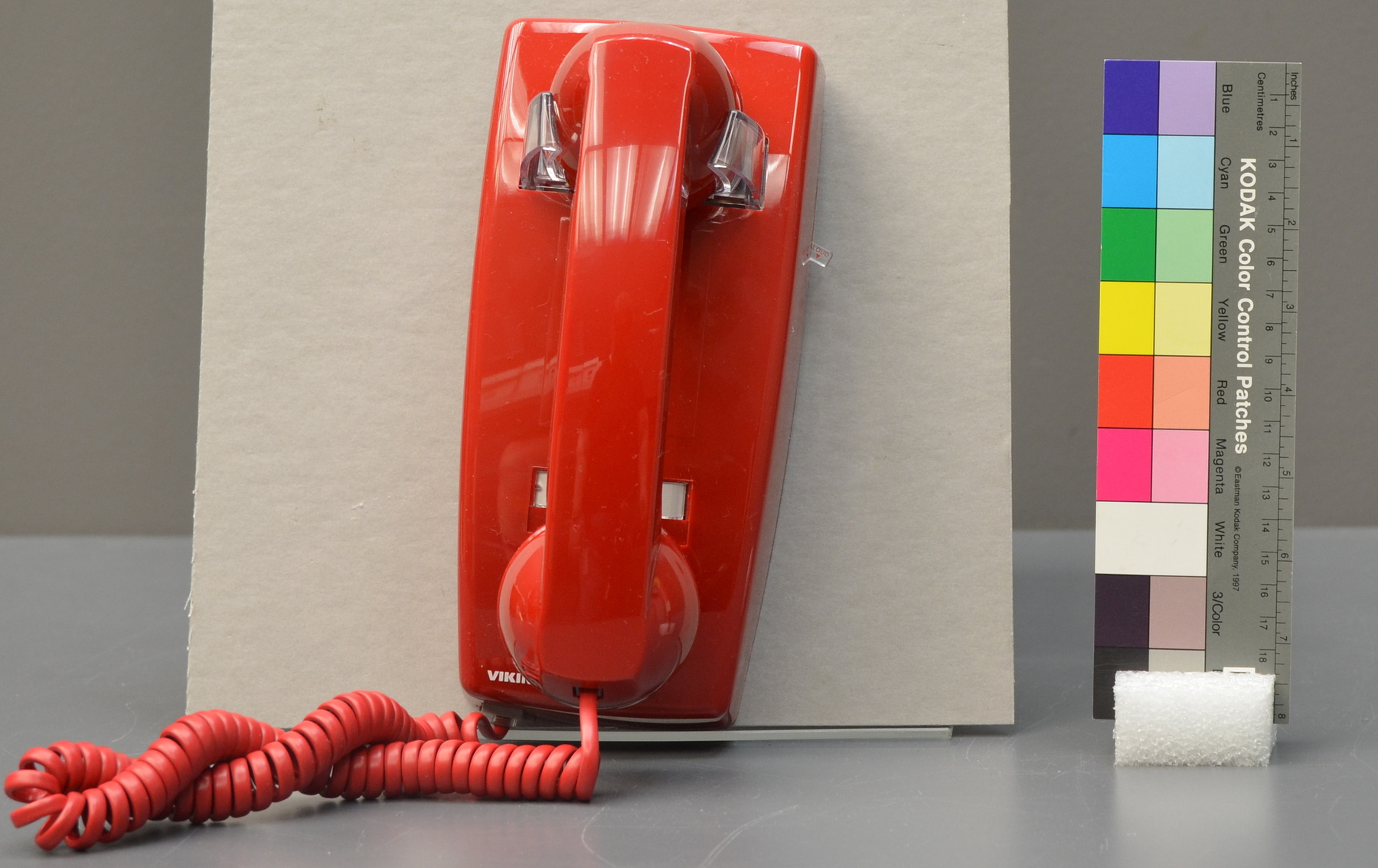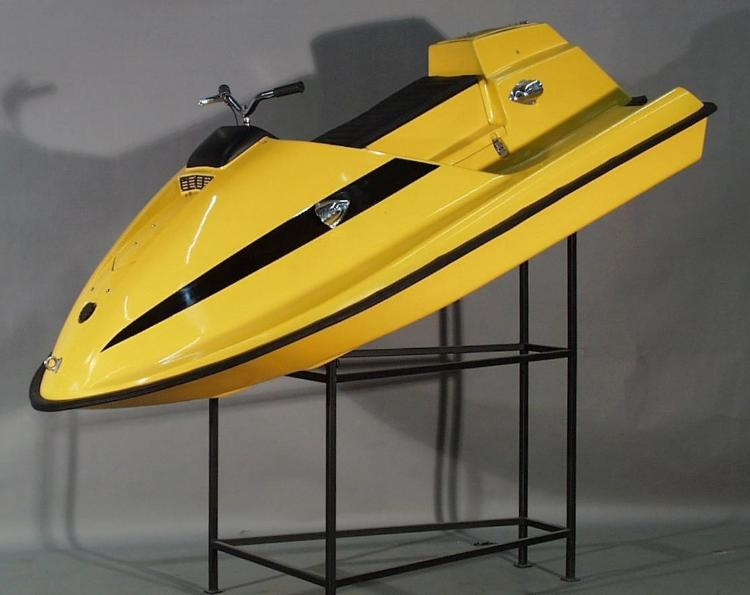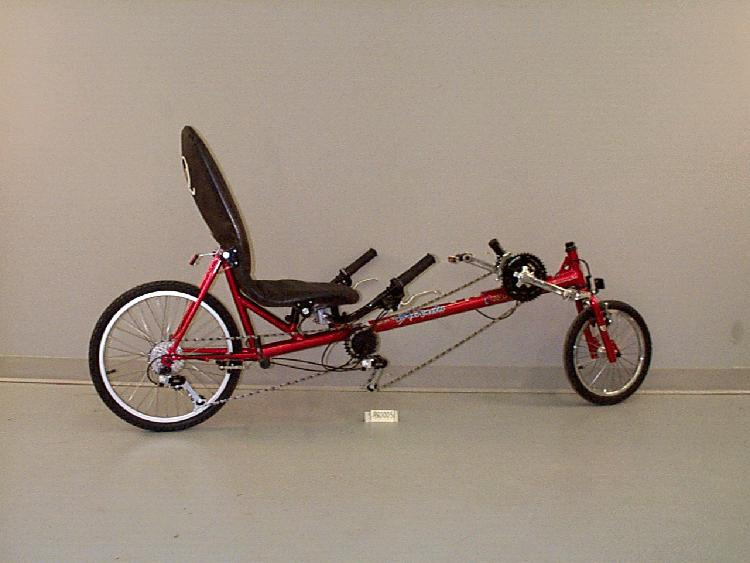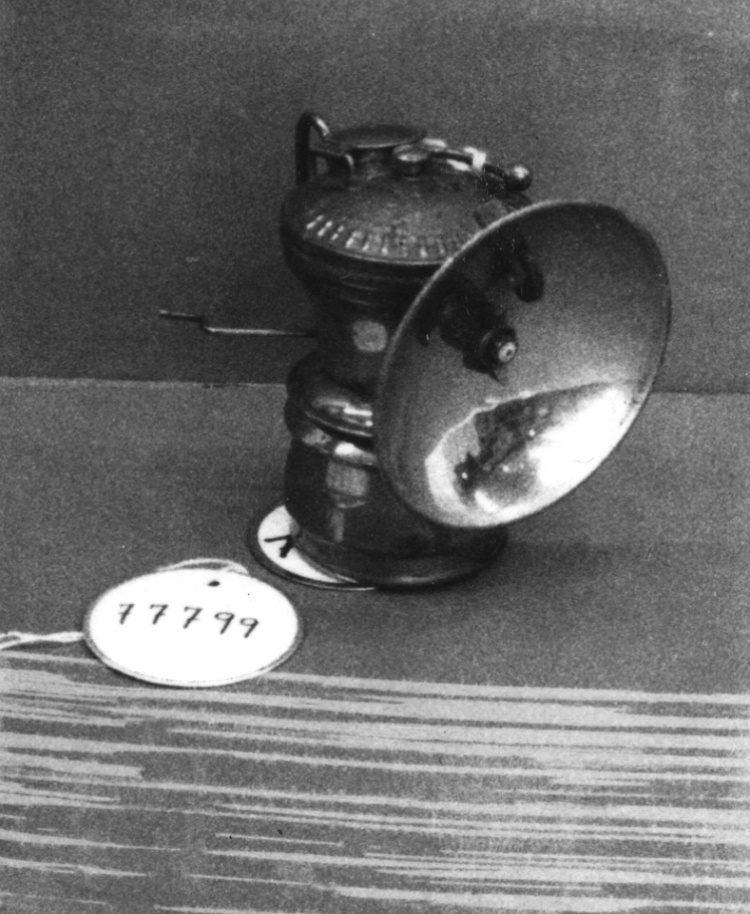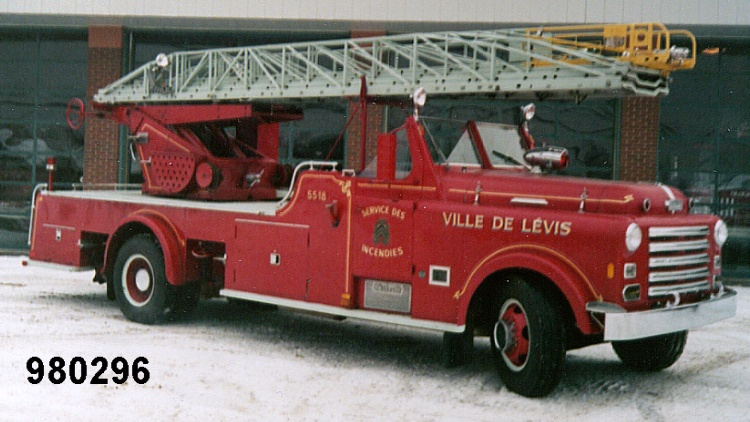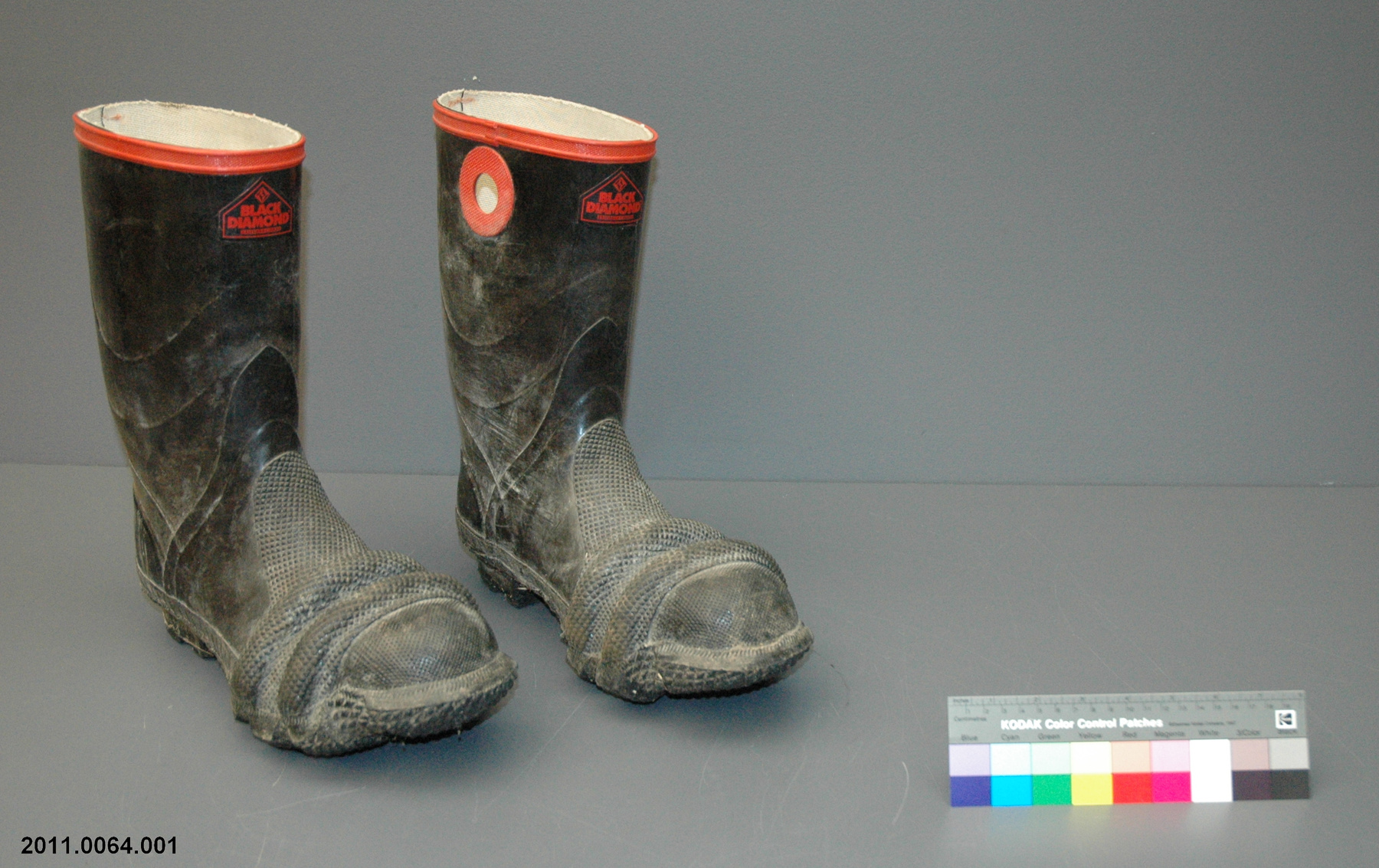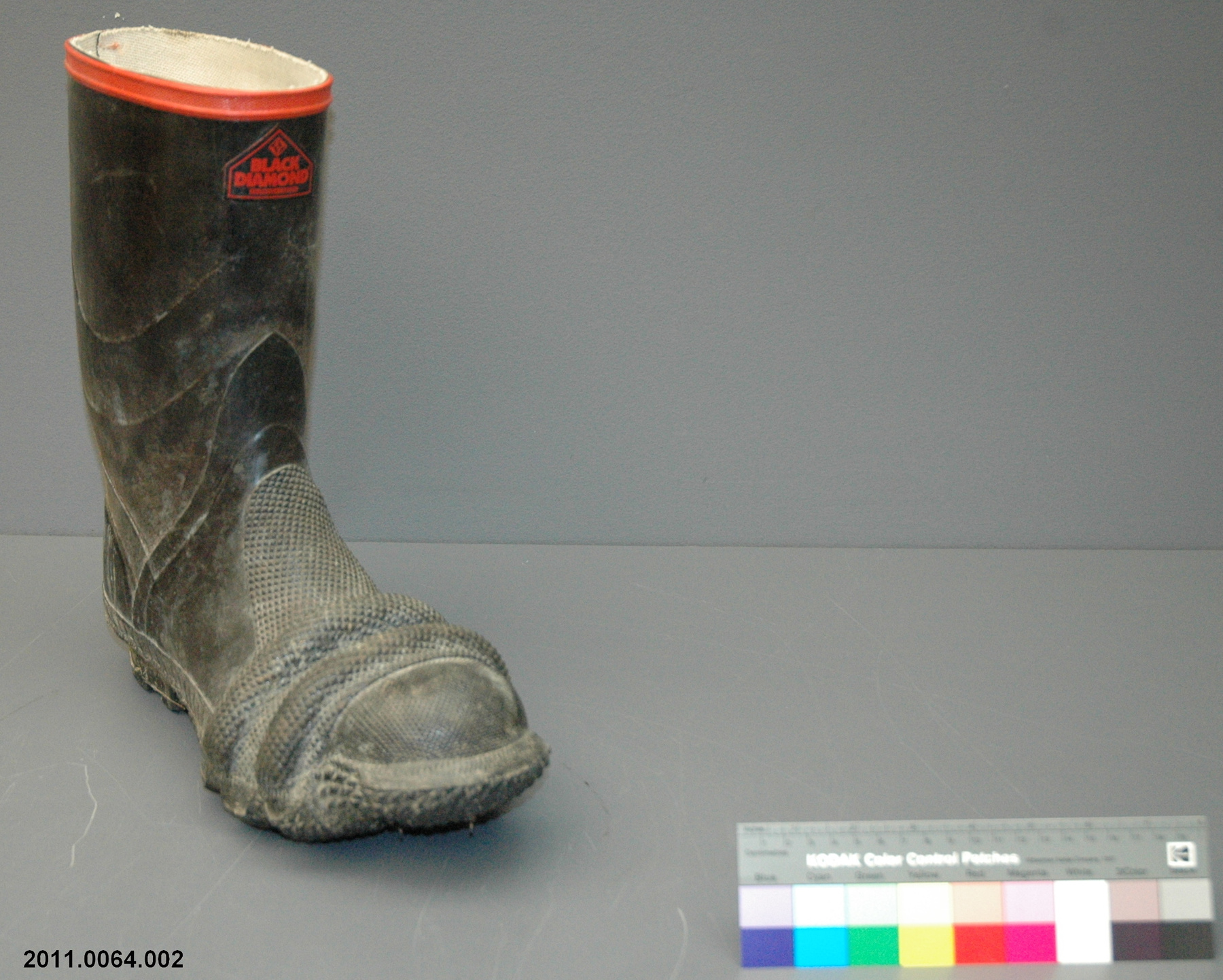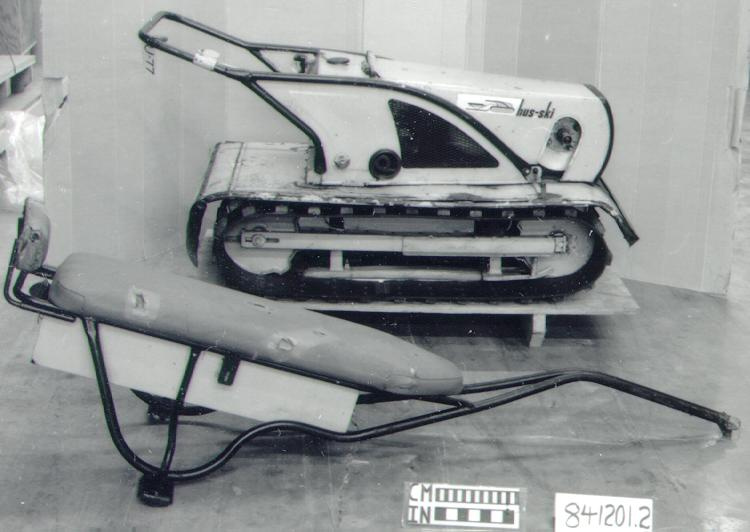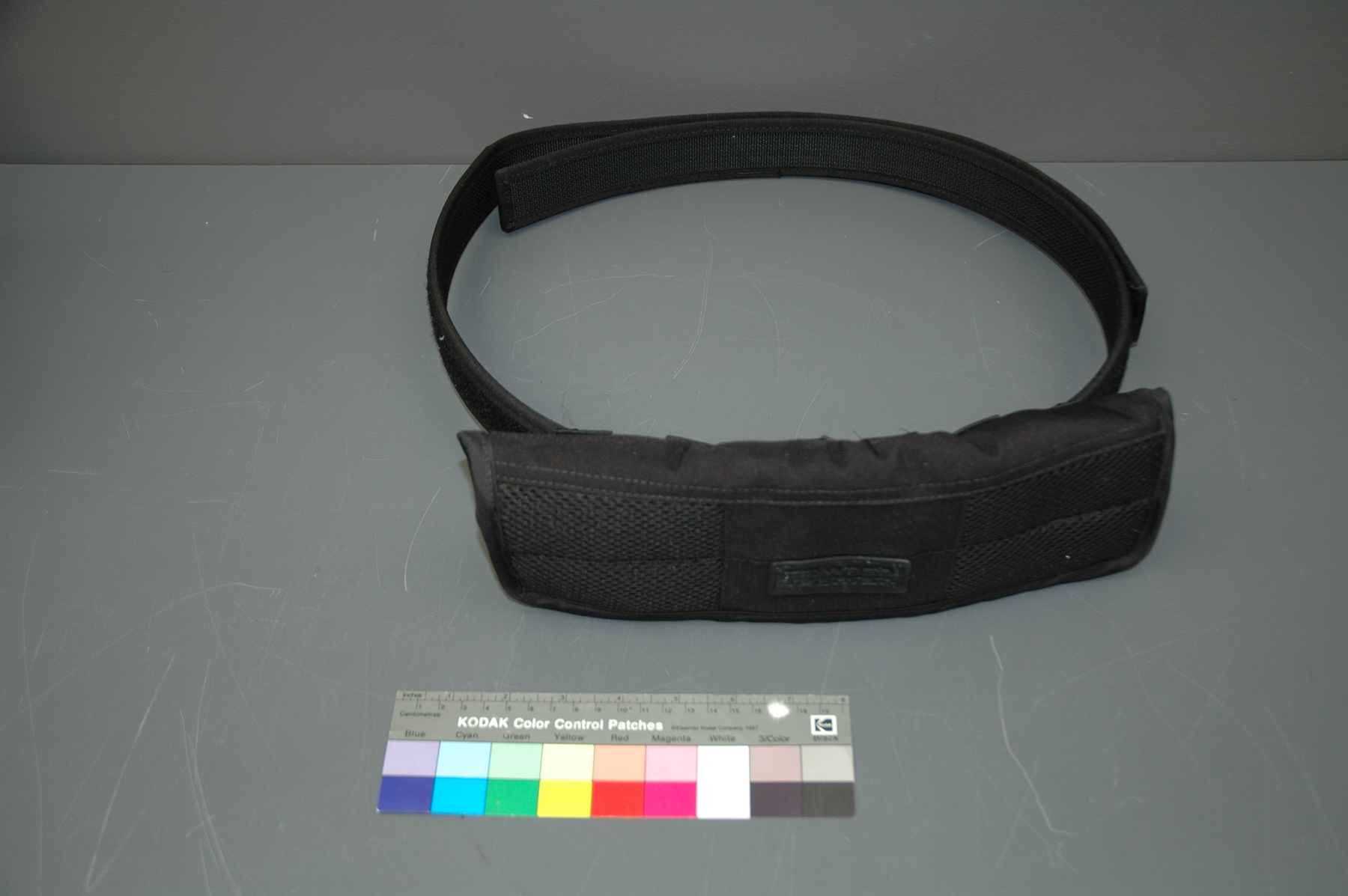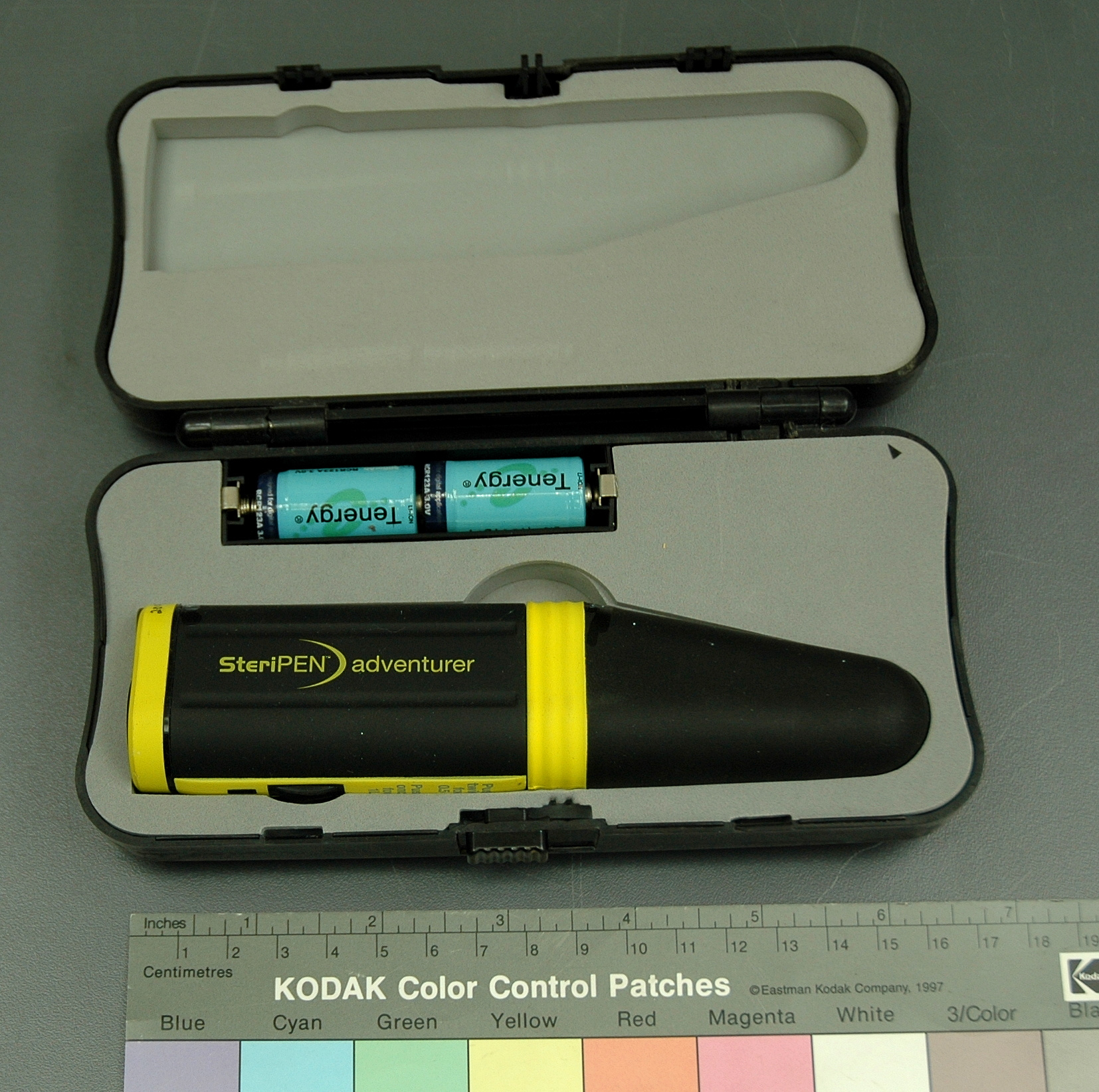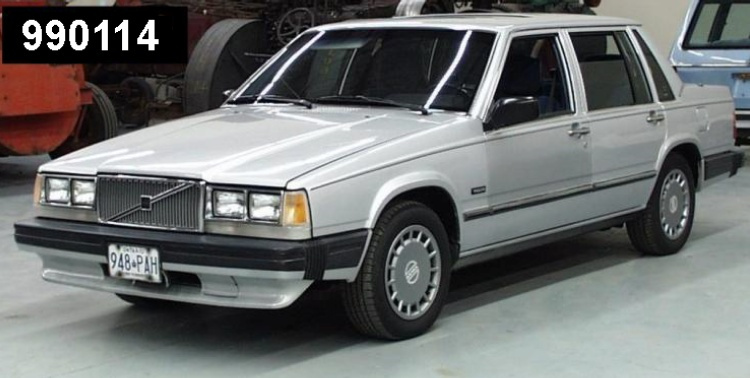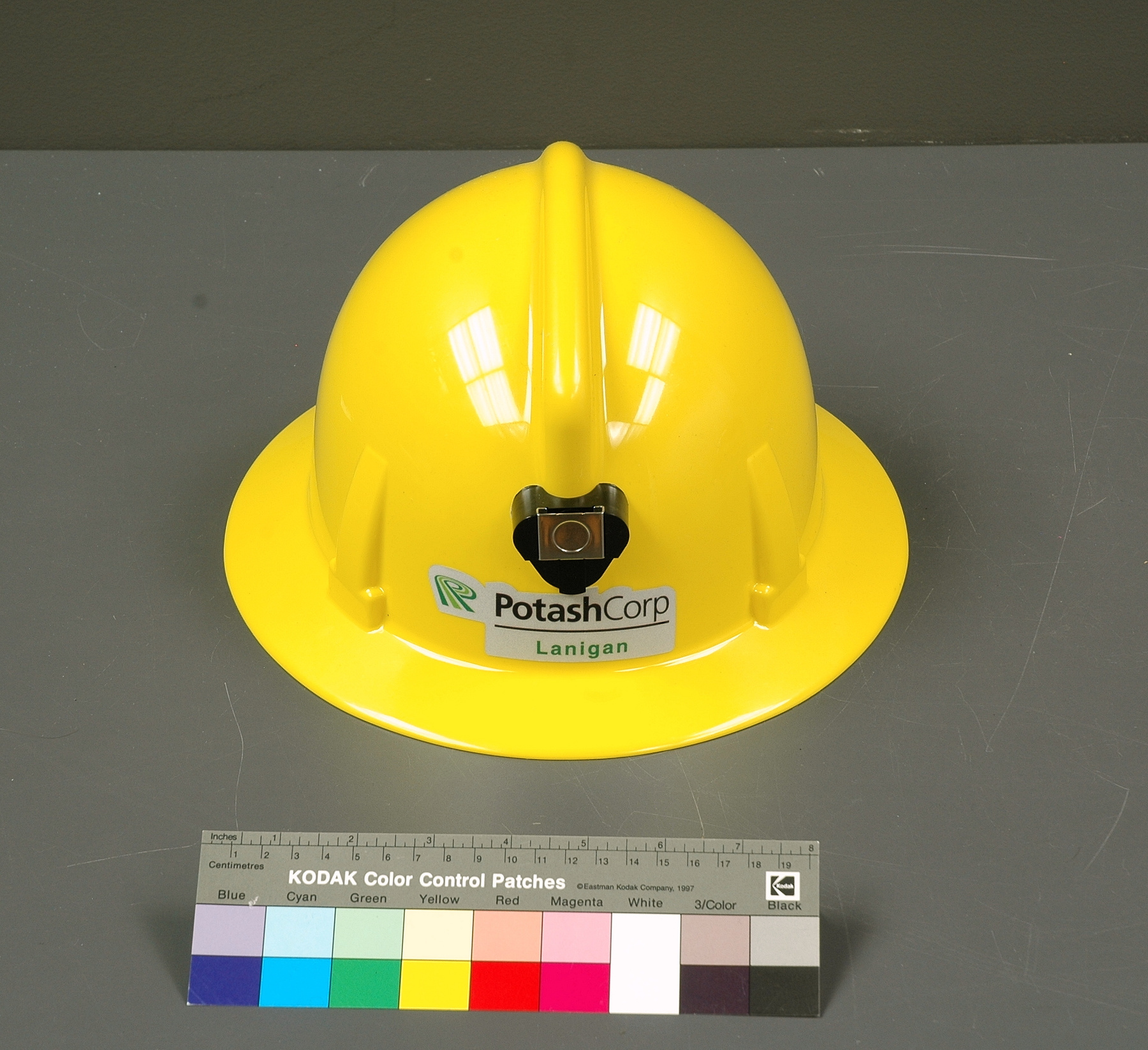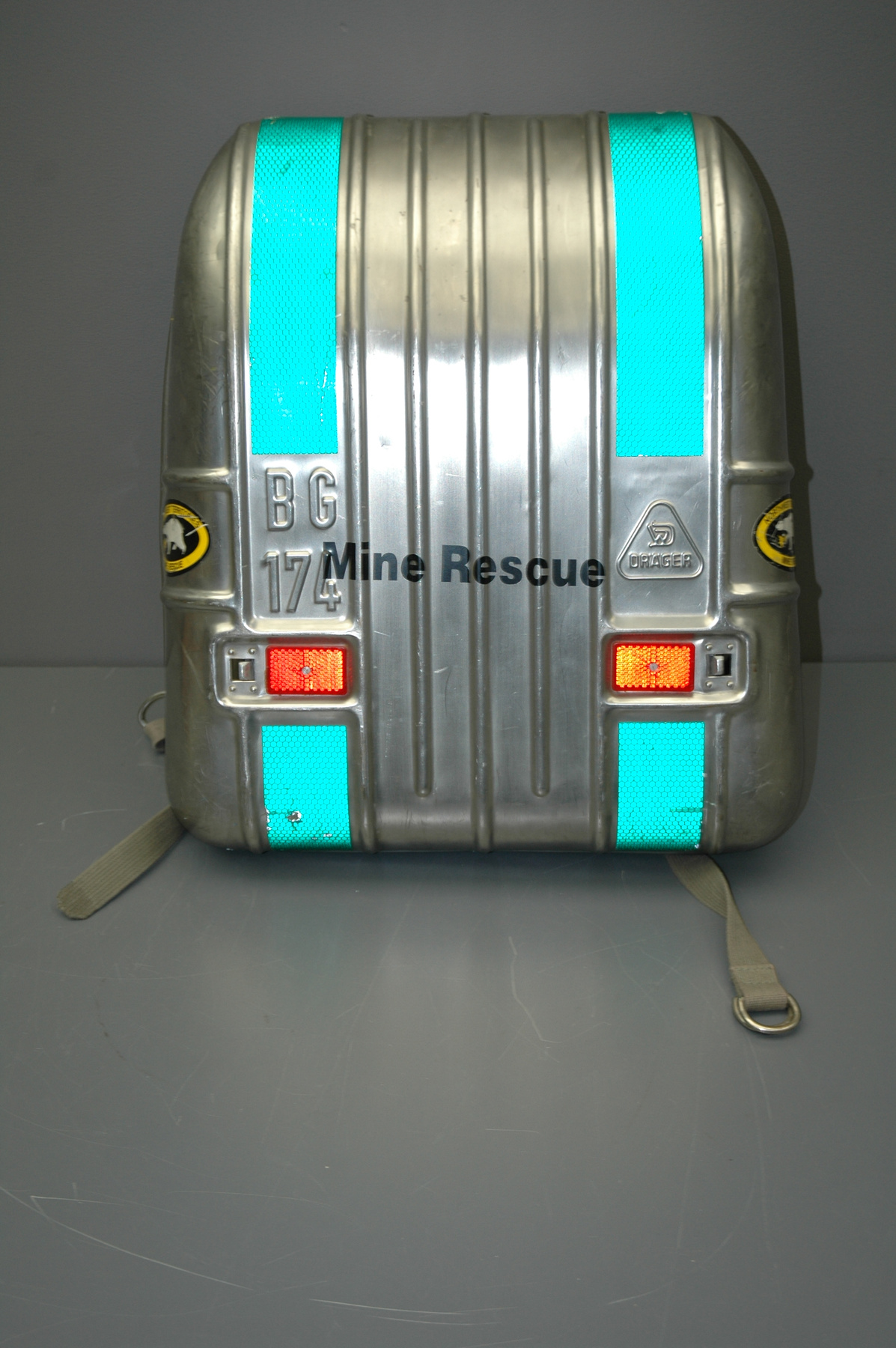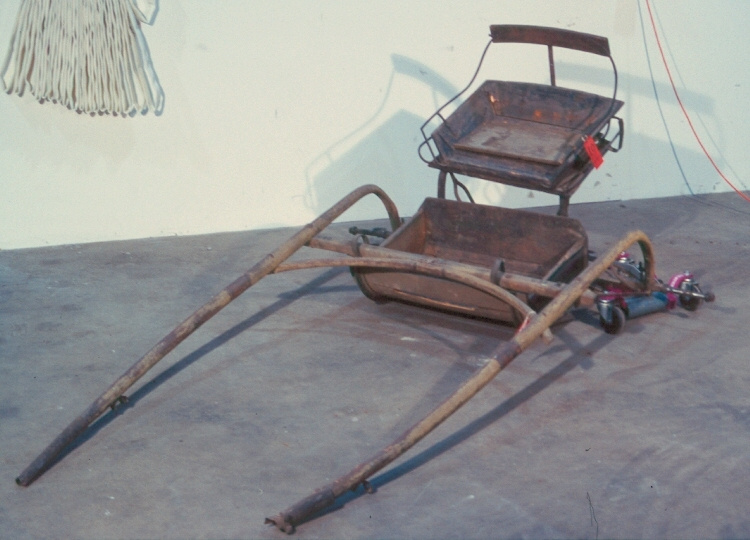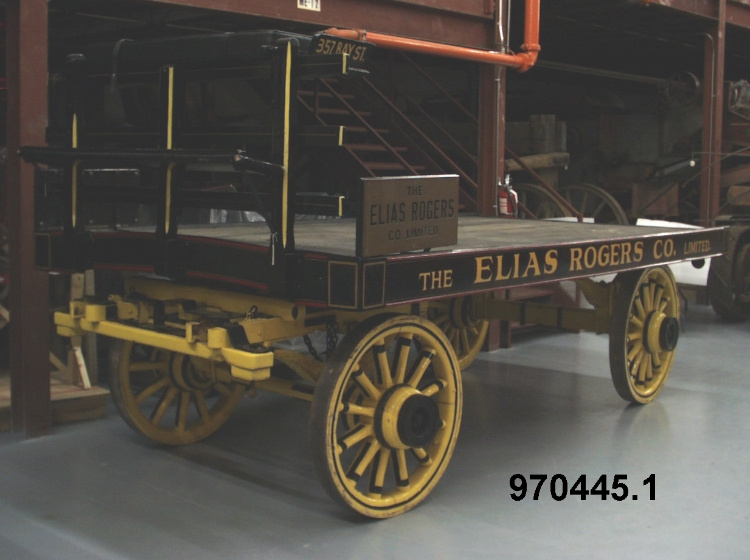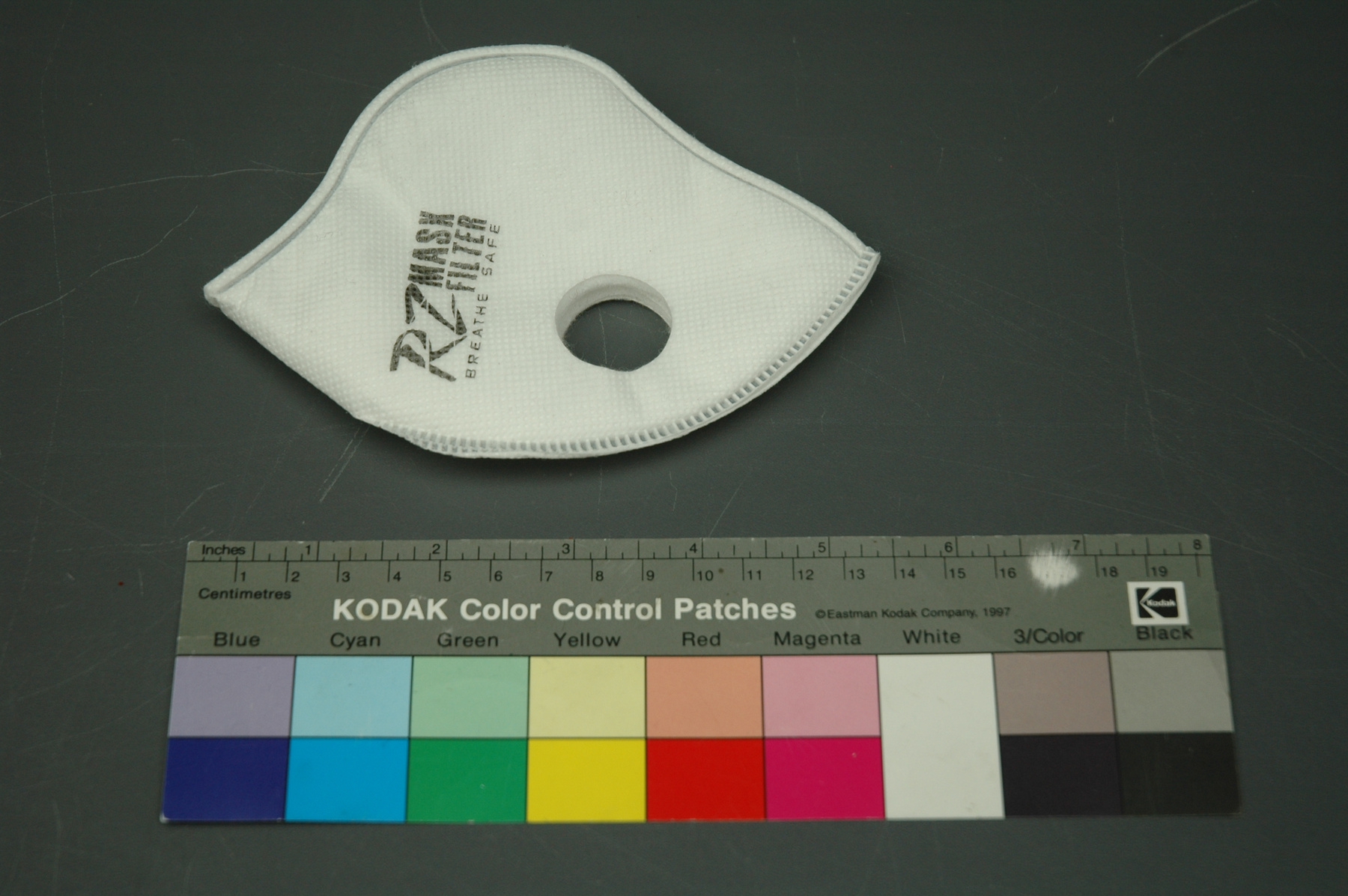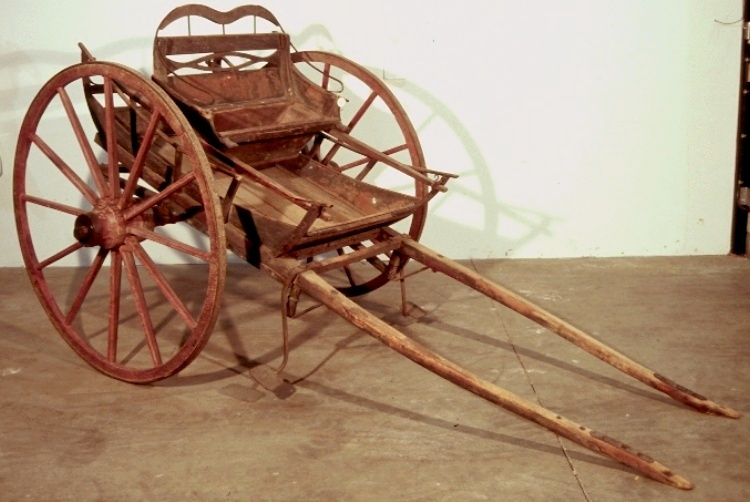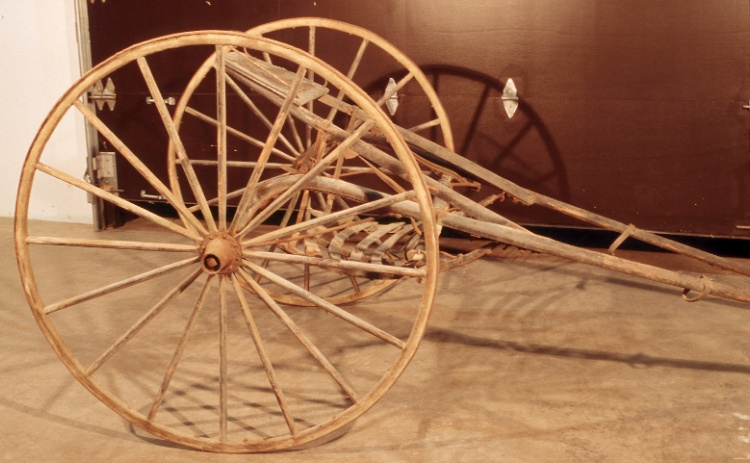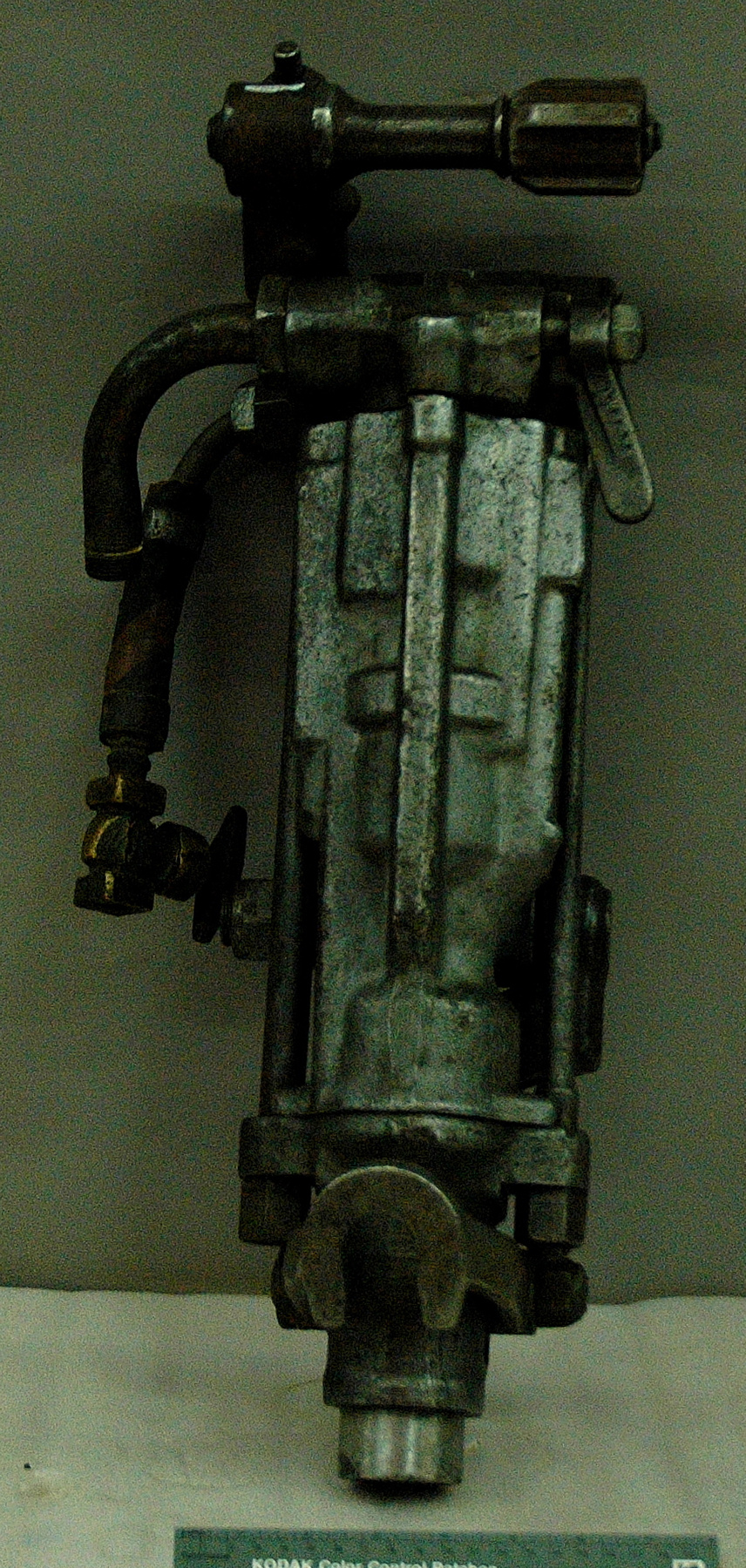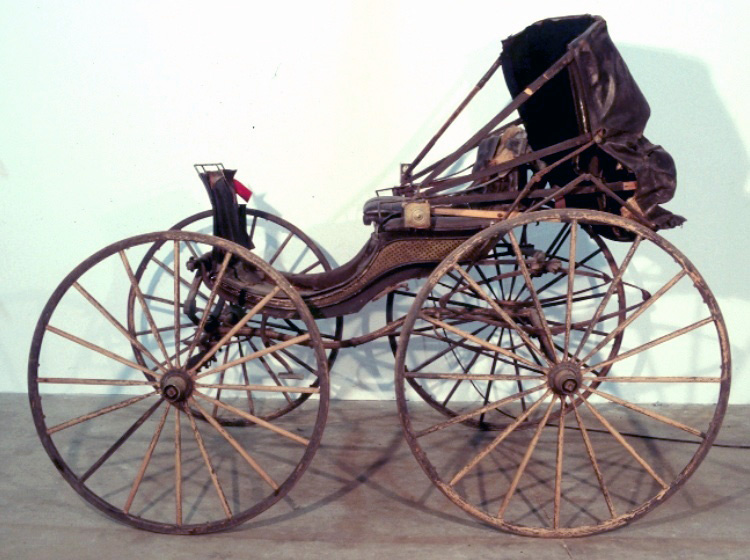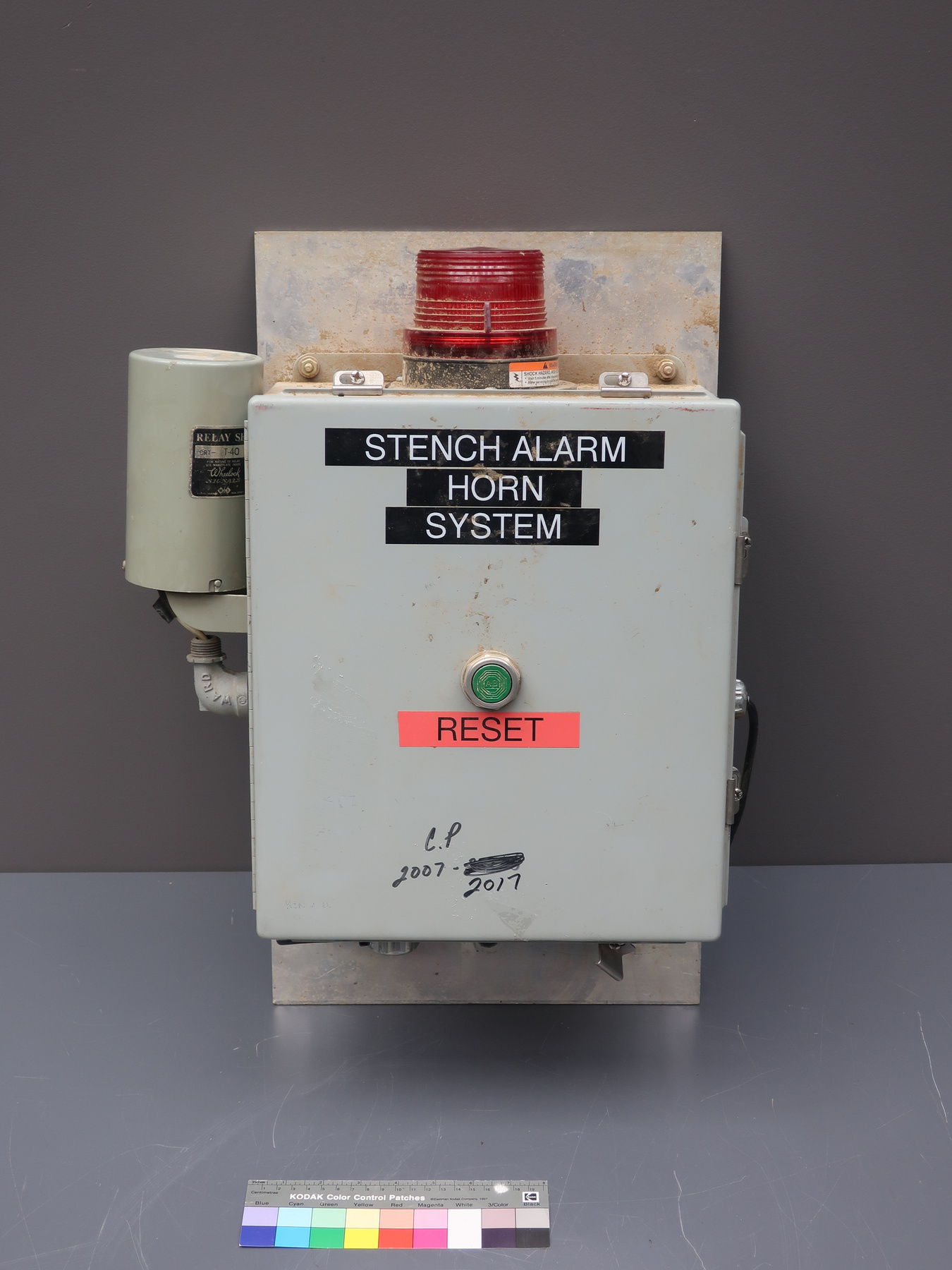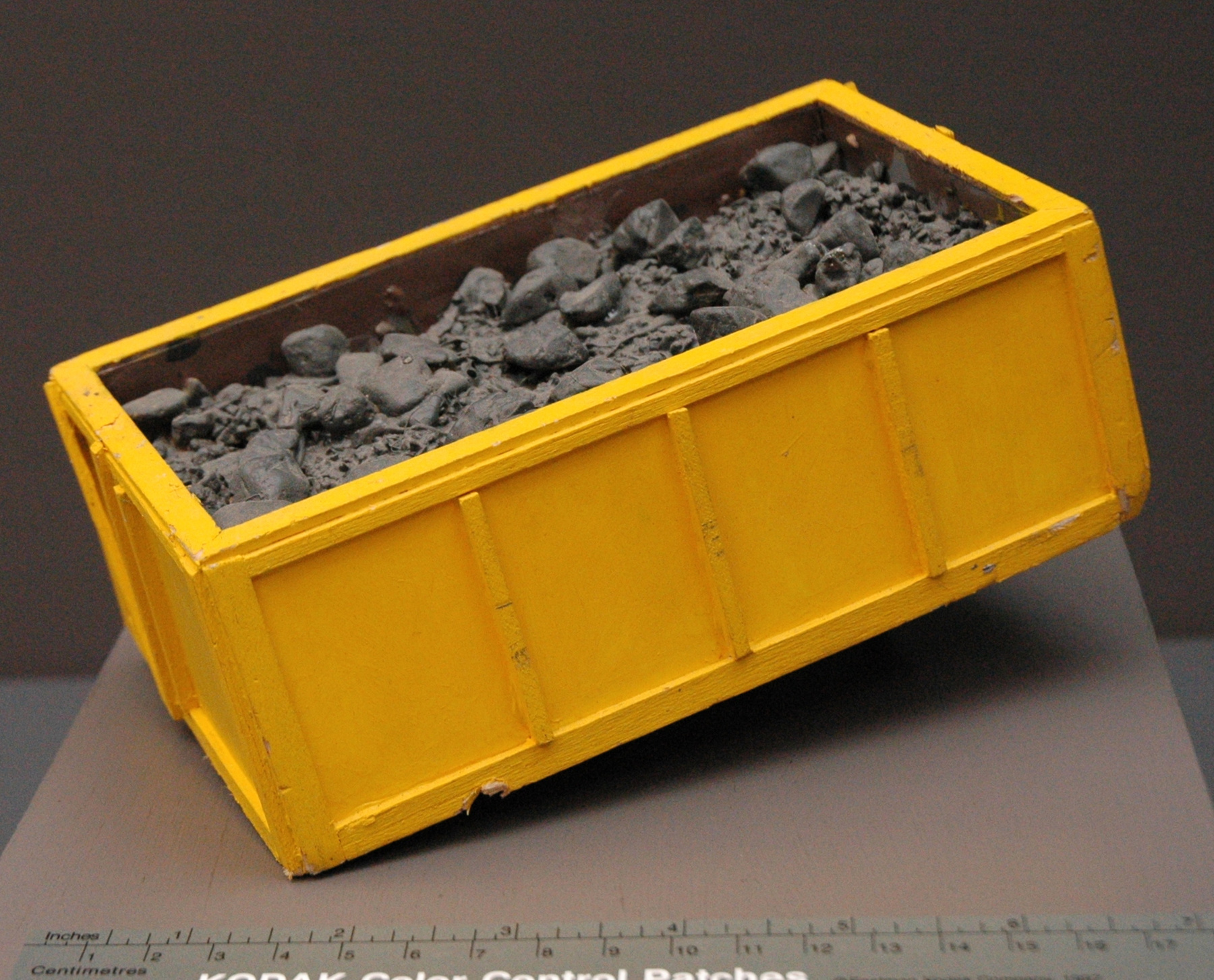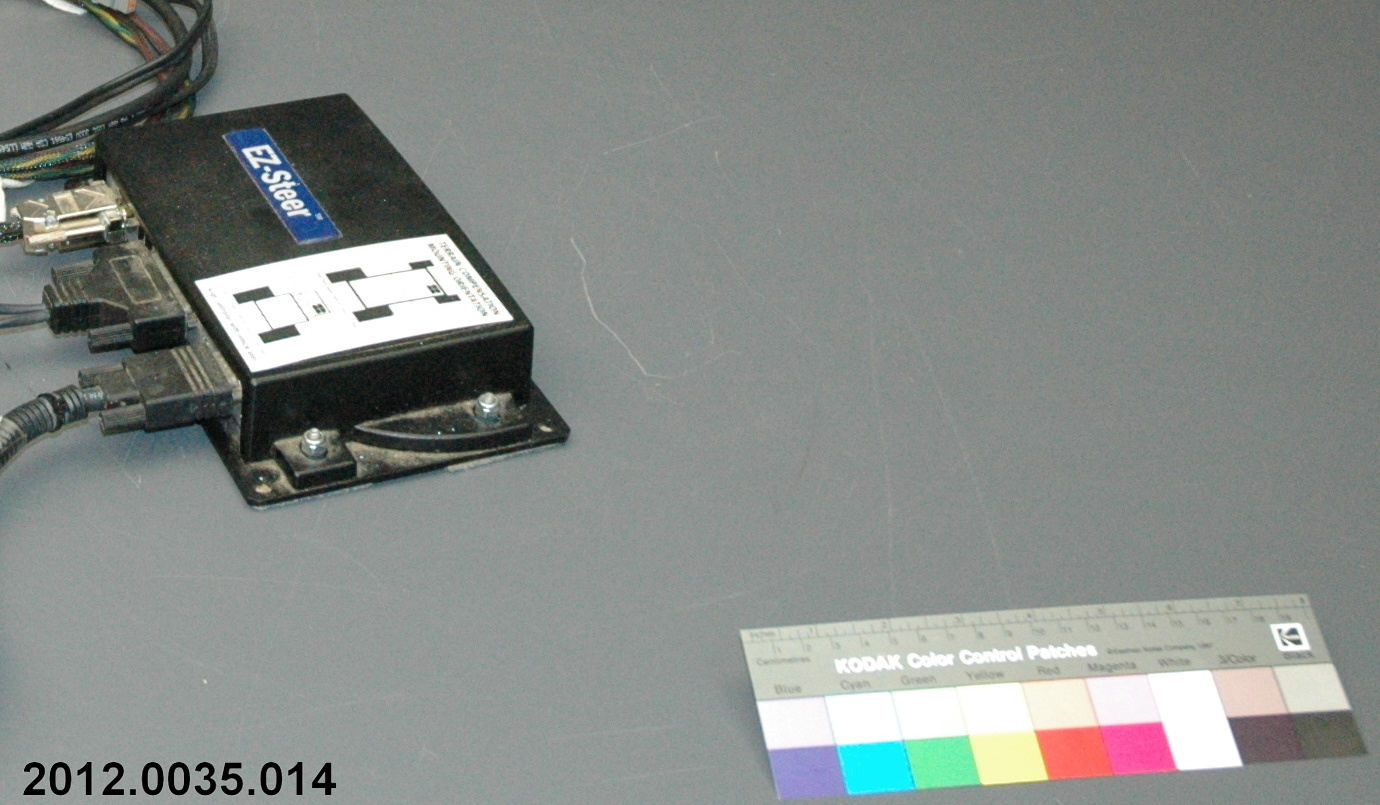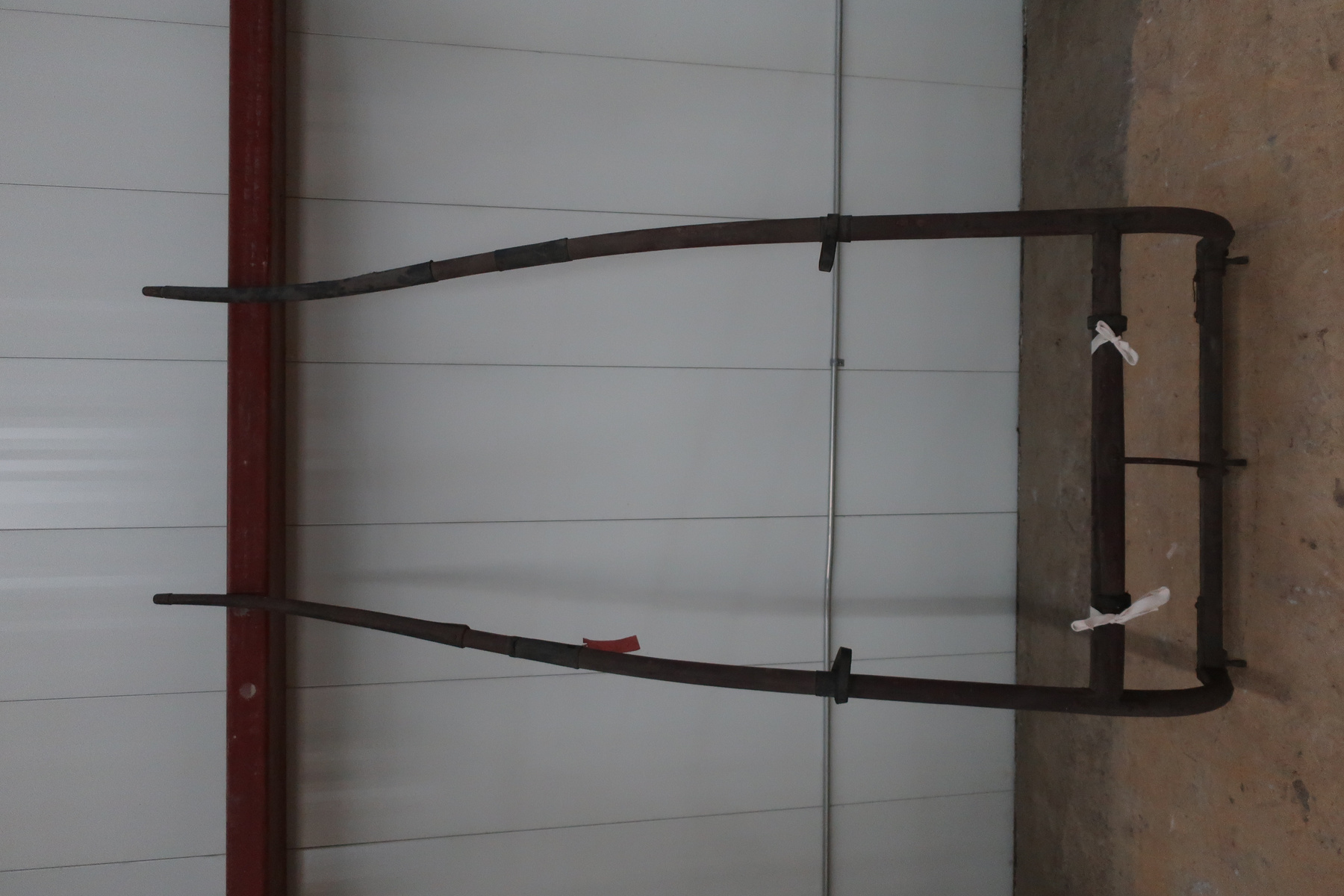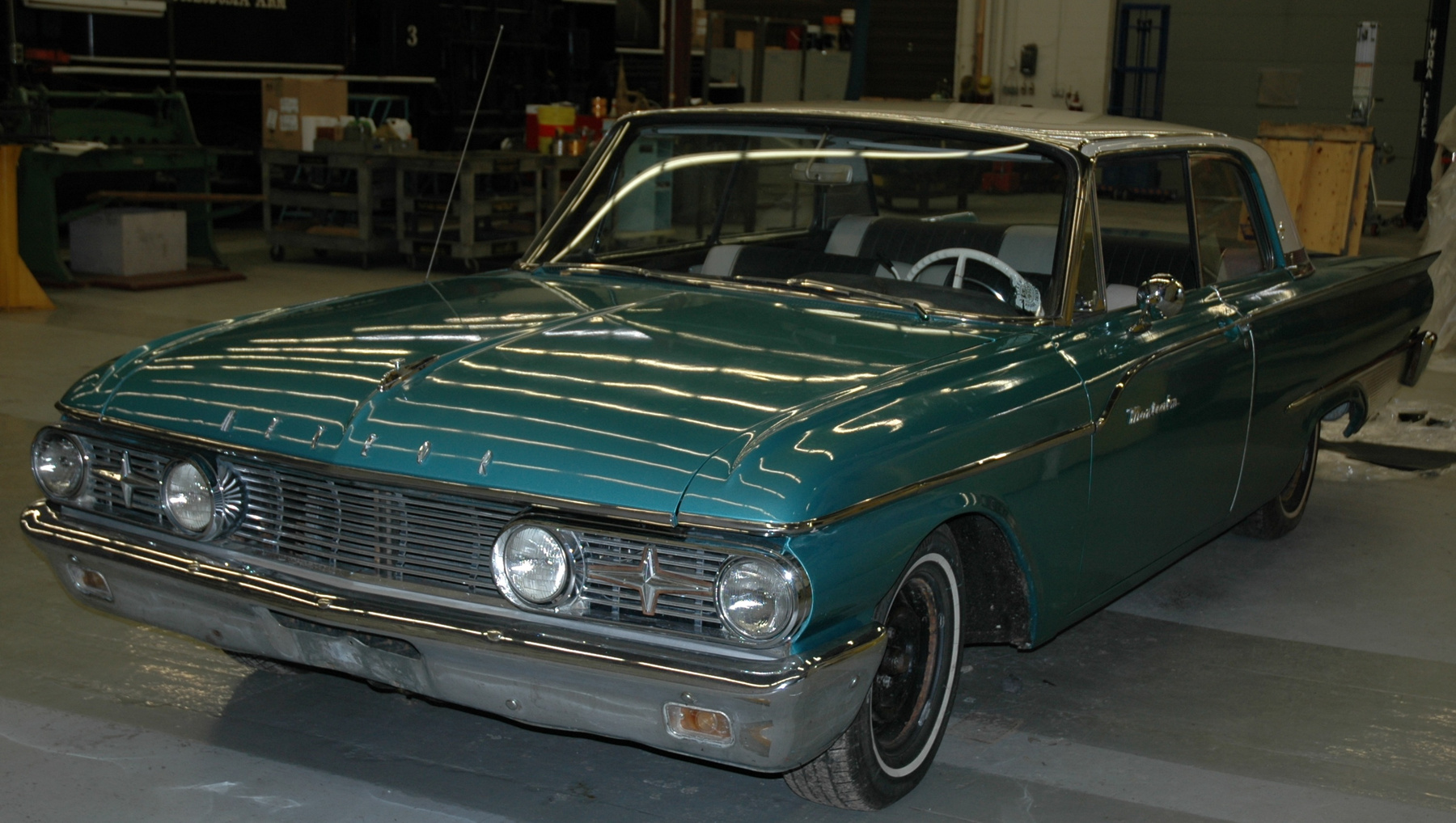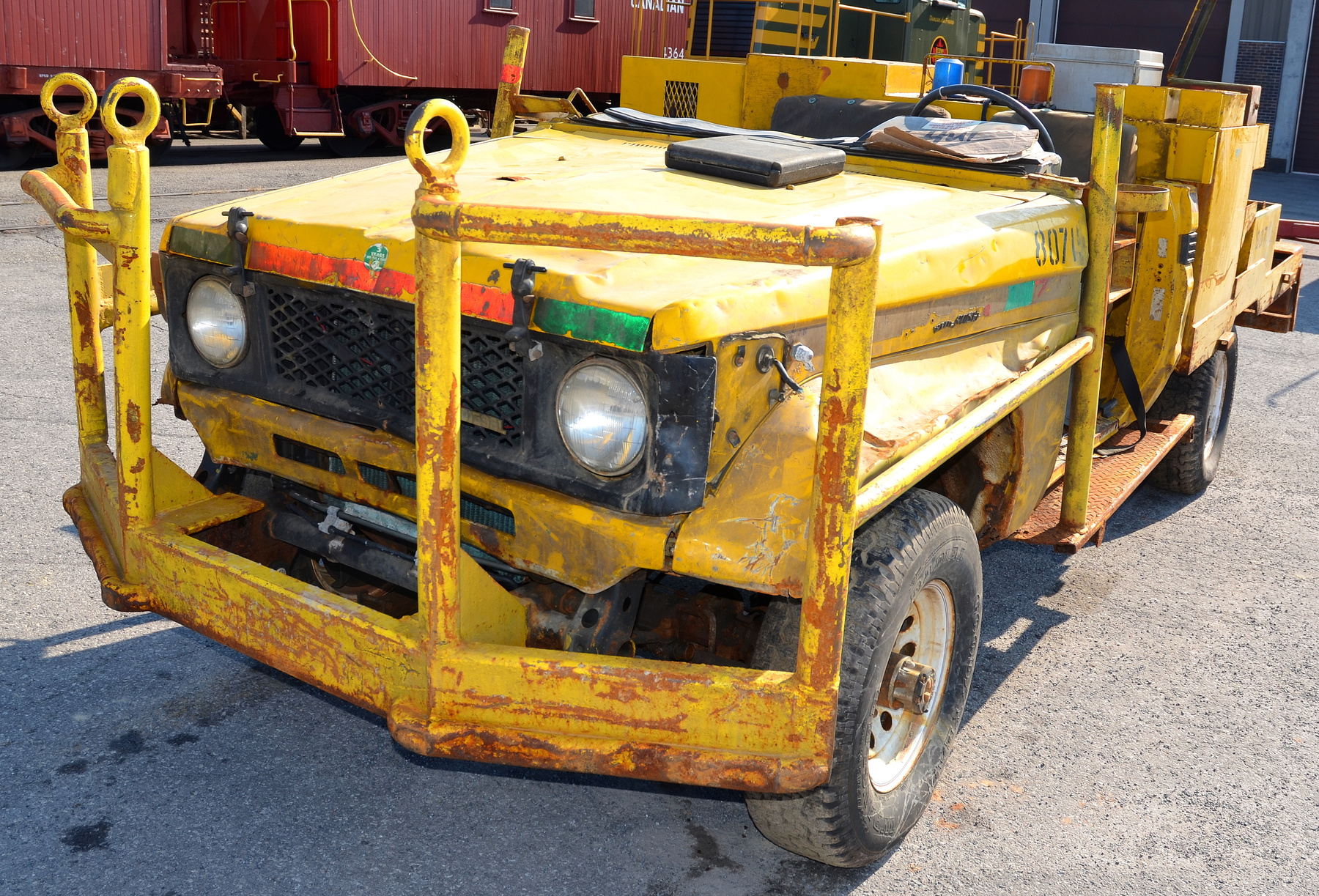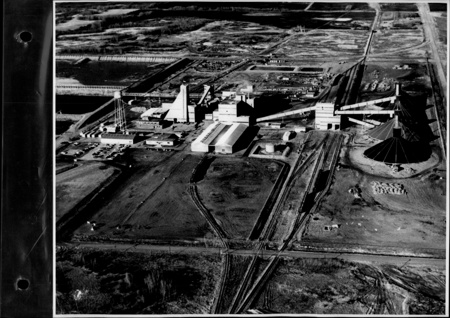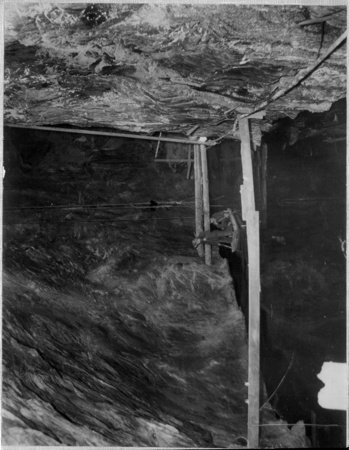Camion
Utiliser cette image
Puis-je réutiliser cette image sans autorisation? Oui
Les images sur le portail de la collection d’Ingenium ont la licence Creative Commons suivante :
Copyright Ingenium / CC BY-NC-ND (Attribution-NonCommercial 4.0 International (CC BY-NC 4.0)
ATTRIBUER CETTE IMAGE
Ingenium,
2013.0125.001
Permalien:
Ingenium diffuse cette image sous le cadre de licence Creative Commons et encourage son téléchargement et sa réutilisation à des fins non commerciales. Veuillez mentionner Ingenium et citer le numéro de l’artefact.
TÉLÉCHARGER L’IMAGEACHETER CETTE IMAGE
Cette image peut être utilisée gratuitement pour des fins non commerciales.
Pour un usage commercial, veuillez consulter nos frais de reproduction et communiquer avec nous pour acheter l’image.
- TYPE D’OBJET
- open/2 seater/diesel
- DATE
- 1984–1989
- NUMÉRO DE L’ARTEFACT
- 2013.0125.001
- FABRICANT
- Toyota
- MODÈLE
- Landcruiser BJ75 LP-KR
- EMPLACEMENT
- Japon
Plus d’information
Renseignements généraux
- Nº de série
- S/O
- Nº de partie
- 1
- Nombre total de parties
- 1
- Ou
- S/O
- Brevets
- S/O
- Description générale
- Large metal vehicle is predominantly yellow; fitted with 4 black rubber [?] tires; black synthetic steering wheel and dashboard; 2 black synthetic [?] bucket seats have yellow canvas [?] seatcovers; black woven fabric seatbelts have silver metal closures; fitted with numerous metal boxes and trays [for tools], painted yellow or grey; metal cage/ protective rack fitted on front end of vehicle; blue, red and clear synthetic lights
Dimensions
Remarque : Cette information reflète la taille générale pour l’entreposage et ne représente pas nécessairement les véritables dimensions de l’objet.
- Longueur
- 650,0 cm
- Largeur
- 300,0 cm
- Hauteur
- 162,0 cm
- Épaisseur
- S/O
- Poids
- S/O
- Diamètre
- S/O
- Volume
- S/O
Lexique
- Groupe
- Transports terrestres motorisés
- Catégorie
- Véhicules industriel
- Sous-catégorie
- S/O
Fabricant
- Ou
- Toyota
- Pays
- Japon
- État/province
- Inconnu
- Ville
- Inconnu
Contexte
- Pays
- Canada
- État/province
- Saskatchewan
- Période
- This vehicle used between 1984- 2013.
- Canada
-
This vehicle was used underground in Esterhazy, K2 Mosaic mine to transport personnel and equipment from the K2 shaft to the mining face. The Esterhazy mine was the first potash mine in Saskatchewan. The mine was constructed in 1962 by the International Minerals and Chemical Corporation (now Mosaic) and today K1 and K2 sites constitute the largest potash mine in the world. It is also the location of the original Blairmore ring, the technology which allowed for the development of the Canadian potash industry. The importance of the Esterhazy mine is covered in the historical assessment by Robert Tremblay. The Esterhazy mine extends hundreds of kilometres underground and the farthest mine face is about 11 km from the K2 shaft. The personnel use Toyota vehicles to commute and to move larger pieces of equipment and tools that range from parts of drill heads to repair tools. The vehicles are transported underground in parts through the supply shaft, the same shaft that carries staff, and are assembled down in the mine. Any repairs are done in the repair shops located underground. Since it is difficult and costly to bring Toyotas back to the surface, when the vehicles are decommissioned some are dismantled and used for spare parts, and others are abandoned in drifts. Generally, any vehicle that is brought back to the surface has to be cut in two. To preserve the integrity of the artifact, Mosaic will remove the vehicle without disassembling it. Working vehicles are parked close to the supply shaft in marked spots and are assigned to specific groups of employees. In the last few years this Toyota has been used by miners who operated drilling machinery at the mine face, but it may have been used by other groups in the last 30 years. Driving underground requires skills. The drifts are narrow and dark; there are sharp turns, and drivers often have to drive backwards. The speed limit in drifts is set at around 45km/h, but driving accidents are still no. 1 cause of mining accidents in Canada. The vehicle was supplied by ENS Industrial, a Saskatoon based distributor of Toyota mine vehicles. The vehicles used in underground mines are regulated by NRCan. The only approved Toyota is the Land Cruiser 70 series. [Ref. 1] - Fonction
-
Specific: To transport personnel and material within an underground mine. - Technique
-
The literature on mining transportation generally focuses on moving ore, and the history of mining cars and rail. Little has been done on the transport of equipment and personnel in the mine. One reason is the fact that literature deals with history of mining in the period when miners walked to galleries. However, as mines expand beyond walking distance, most large mining companies and research centers such as Canmet in Canada, conduct extensive research into improving underground and above ground transportation systems. Improving safety and efficiency and decreasing energy consumption are the main drivers behind technological improvements to mine transportation systems. Two makes are generally used in Canadian mines: Toyota and Kubota. The vehicles’ engines and exhaust systems are adjusted to meet air quality standards and operate within requirements of the mine ventilation system. The engines are diesel, electric or a combination. Vehicles require minimum maintenance. They have to respond quickly to speed change and allow the driver to maintain precise speed under varying loads. Land Cruiser, which is the longest running series in Toyota’s history, is the most commonly used vehicle in underground mines. In fact, the mining industry is Toyota’s largest Canadian client. The vehicles are made in Japan, and since 1975 distributed in Canada by ENS. [Ref. 1] - Notes sur la région
-
Inconnu
Détails
- Marques
- "LANDCRUISER" printed in white on central portion of steering wheel. "DIESEL" appears on plate fixed to front end grill. "80715" stencilled in black on vehicle body. "ATTENTION!/ THE LOG BOOK ON THIS VEHICLE/ MUST BE FILLED OUT DAILY BY/ EACH OPERATOR BEFORE USING/ THIS VEHICLE./ ANY DEFICIENCIES IN THIS/ VEHICLE MUST IMMEDIATELY BE/ REPORTED TO YOUR SUPERVISOR." printed on decal applied to truck body, behind driver's seat. "SEAT BELTS/ MUST BE WORN/ IN THIS VEHICLE/ AT ALL TIMES" printed on decal applied to dashboard. "3/ YEARS/ NO LOST TIME" printed on round green decal applied to front edge of hood. "CAA/ SASKATCHEWAN" printed on decal applied to truck frame, behind driver's seat.
- Manque
- Yes, but specific components are unknown.
- Fini
- Large metal vehicle is predominantly yellow; fitted with 4 black rubber [?] tires; black synthetic steering wheel and dashboard; 2 black synthetic [?] bucket seats have yellow canvas [?] seatcovers; black woven fabric seatbelts have silver metal closures; fitted with numerous metal boxes and trays [for tools], painted yellow or grey; metal cage/ protective rack fitted on front end of vehicle; blue, red and clear synthetic lights
- Décoration
- S/O
FAIRE RÉFÉRENCE À CET OBJET
Si vous souhaitez publier de l’information sur cet objet de collection, veuillez indiquer ce qui suit :
Toyota, Camion, entre 1984–1989, Numéro de l'artefact 2013.0125, Ingenium - Musées des sciences et de l'innovation du Canada, http://collection.ingeniumcanada.org/fr/id/2013.0125.001/
RÉTROACTION
Envoyer une question ou un commentaire sur cet artefact.
Plus comme ceci
